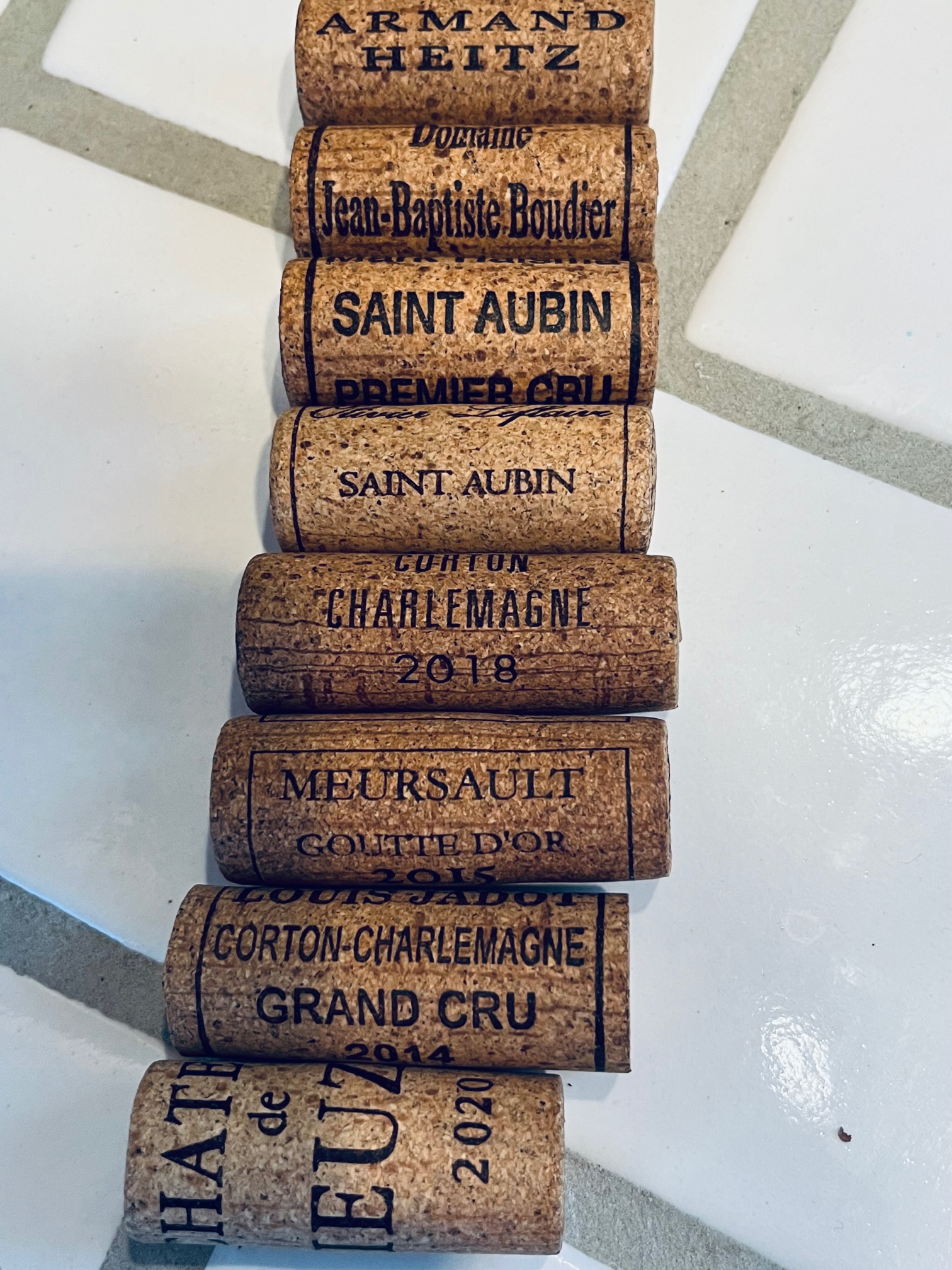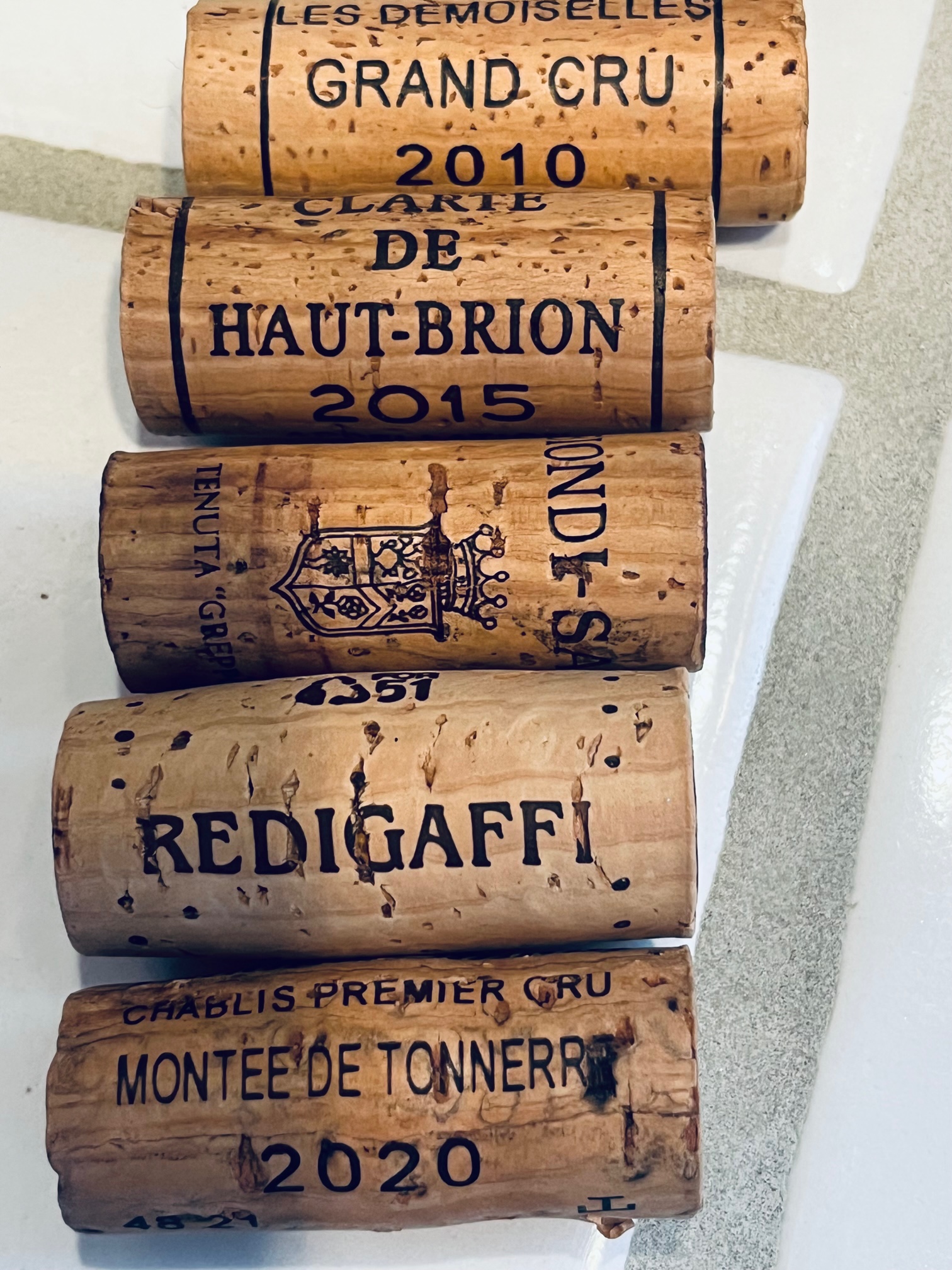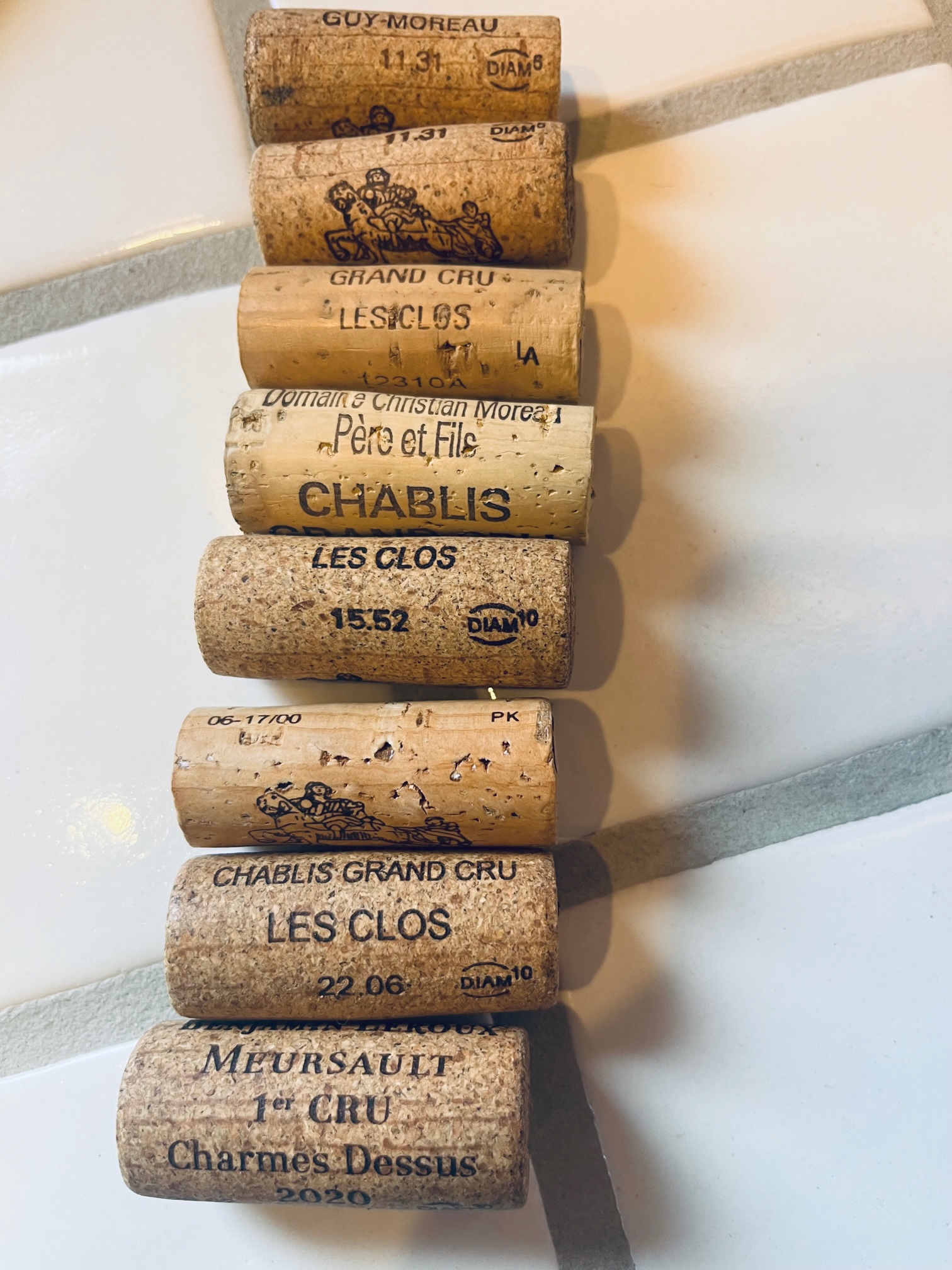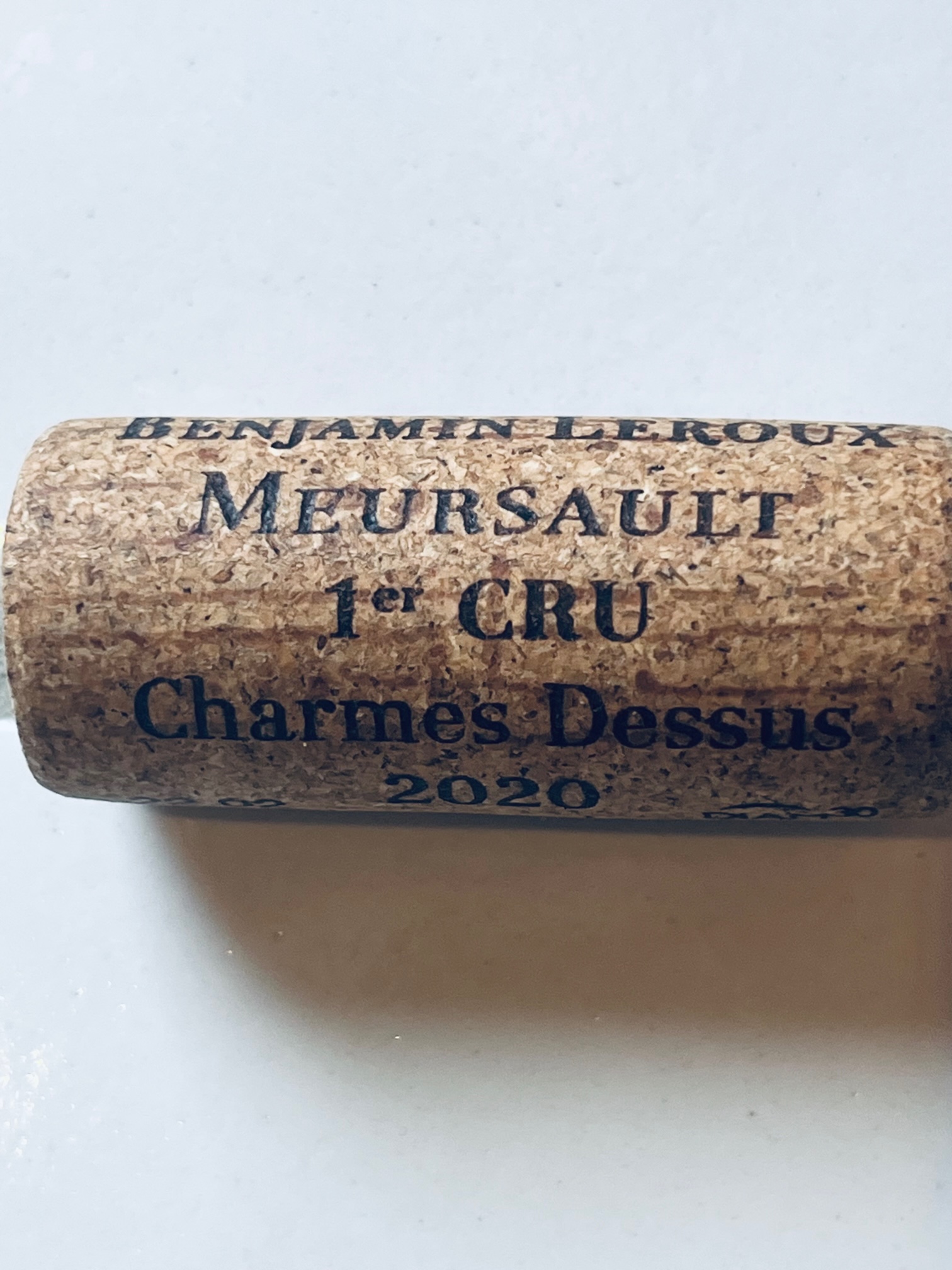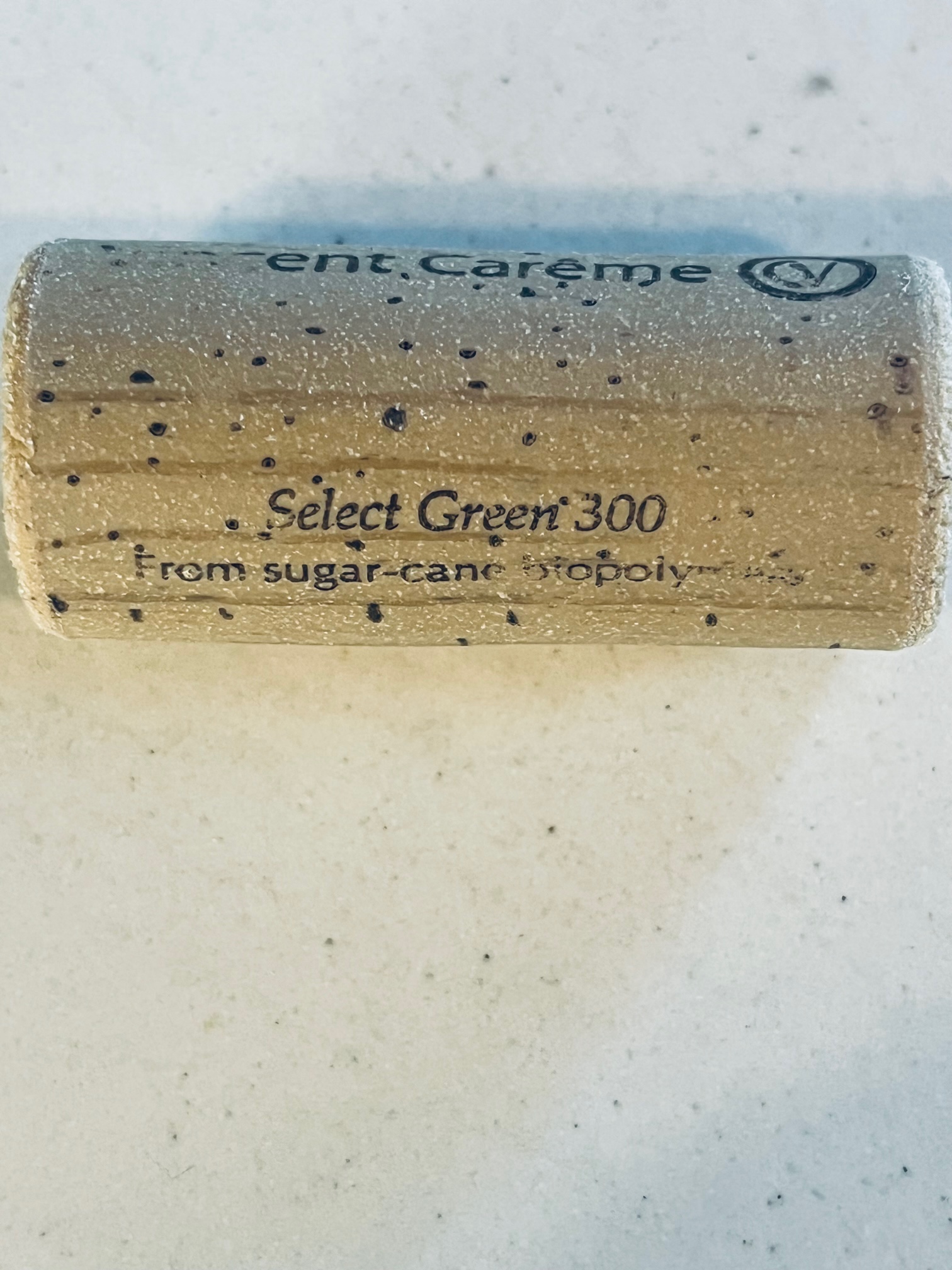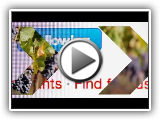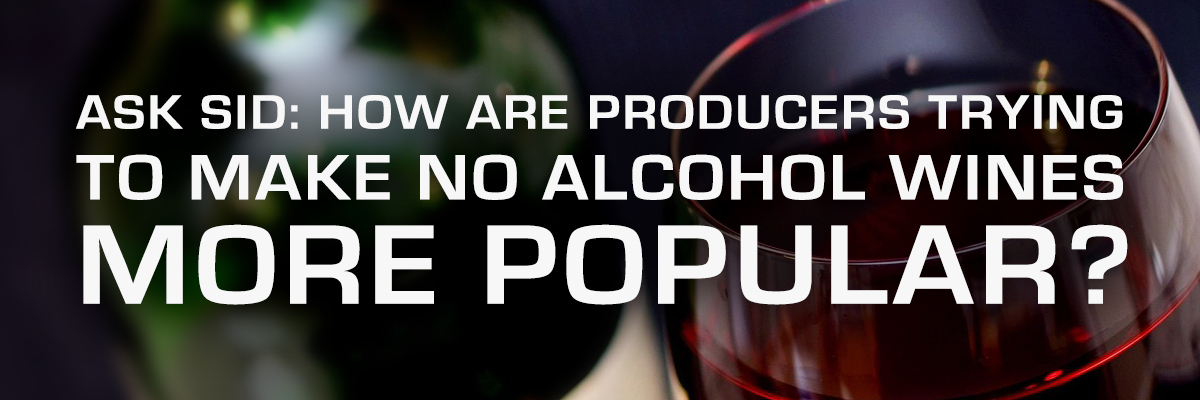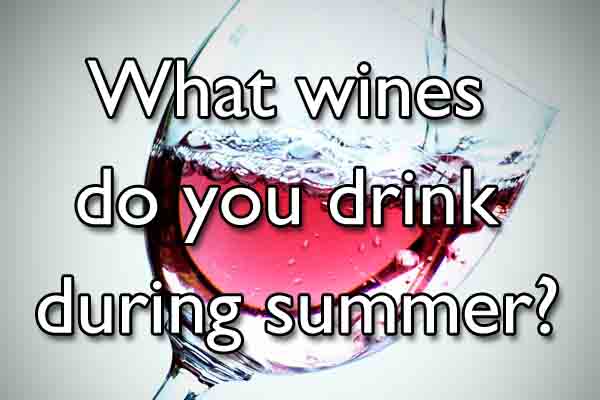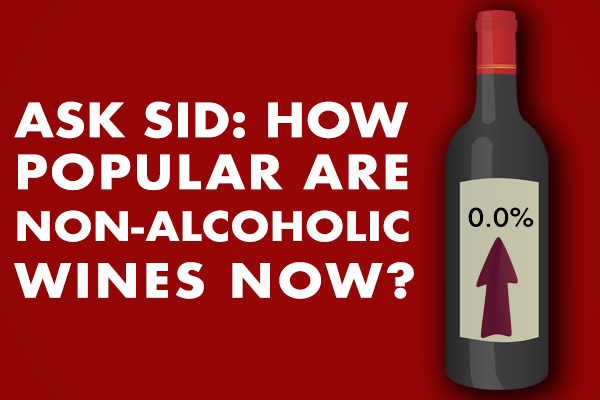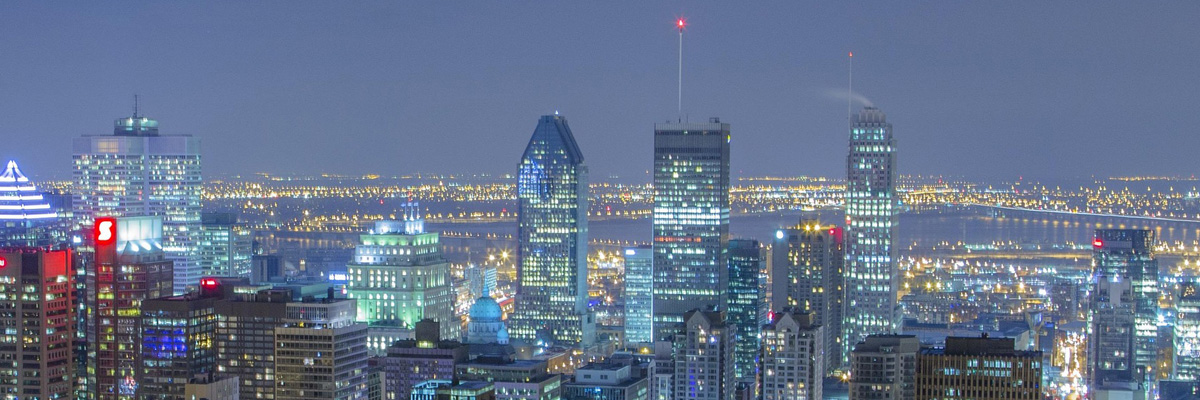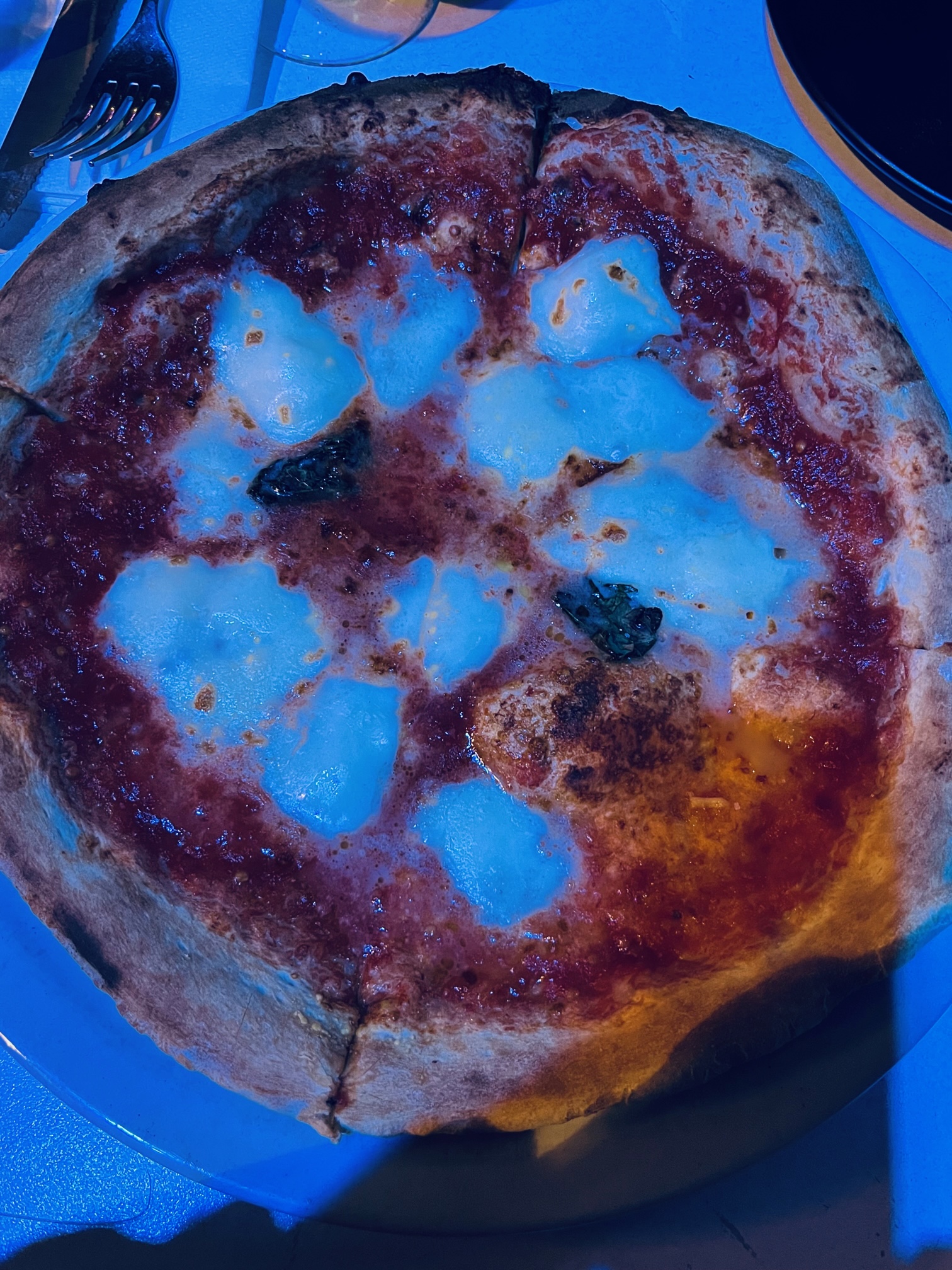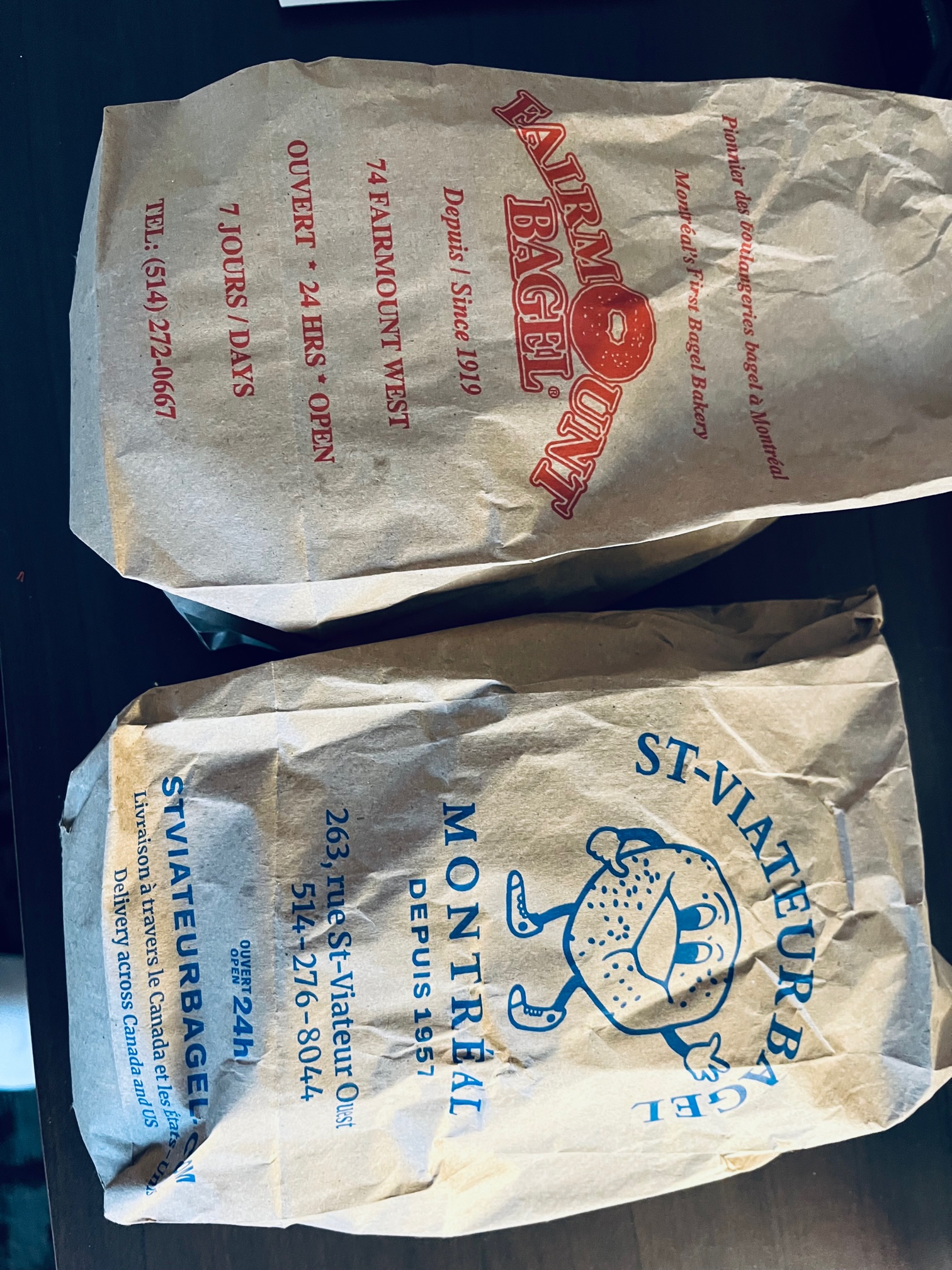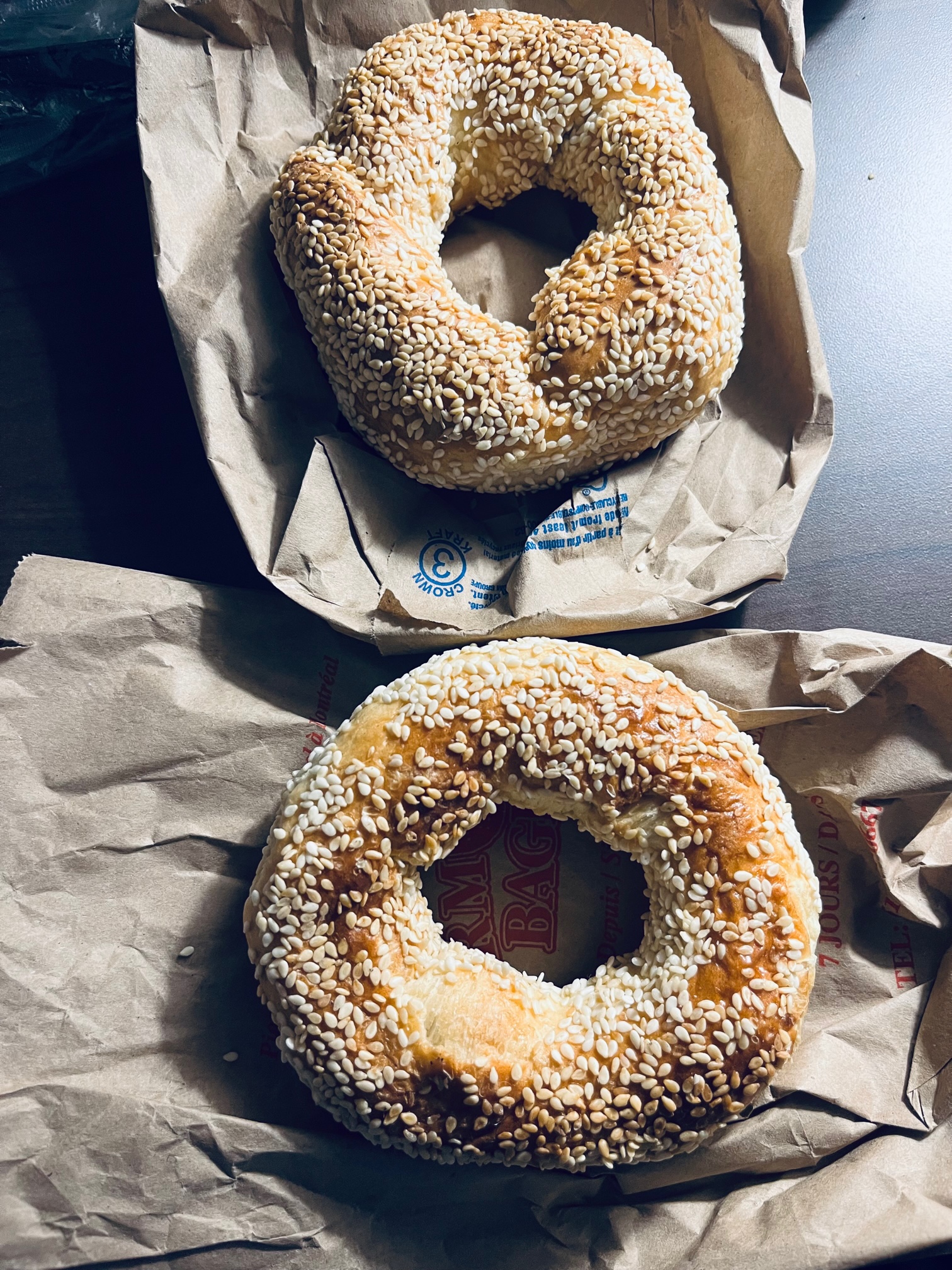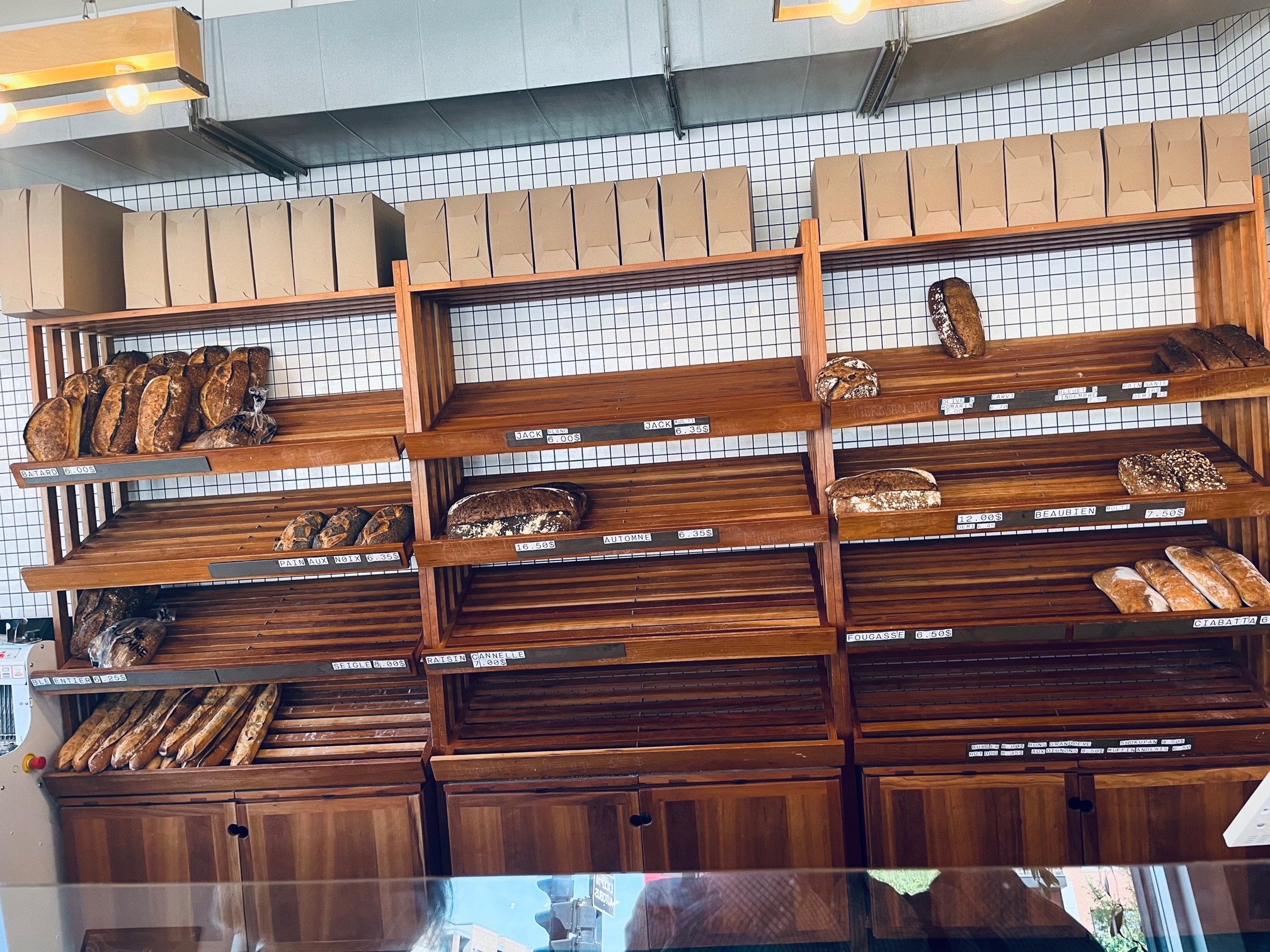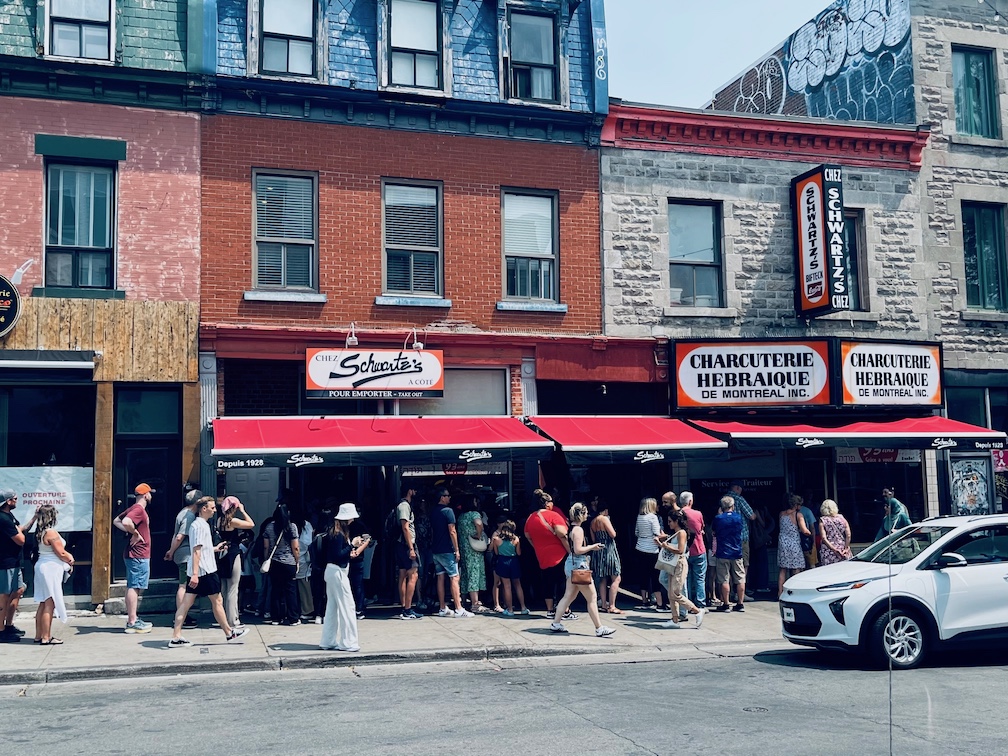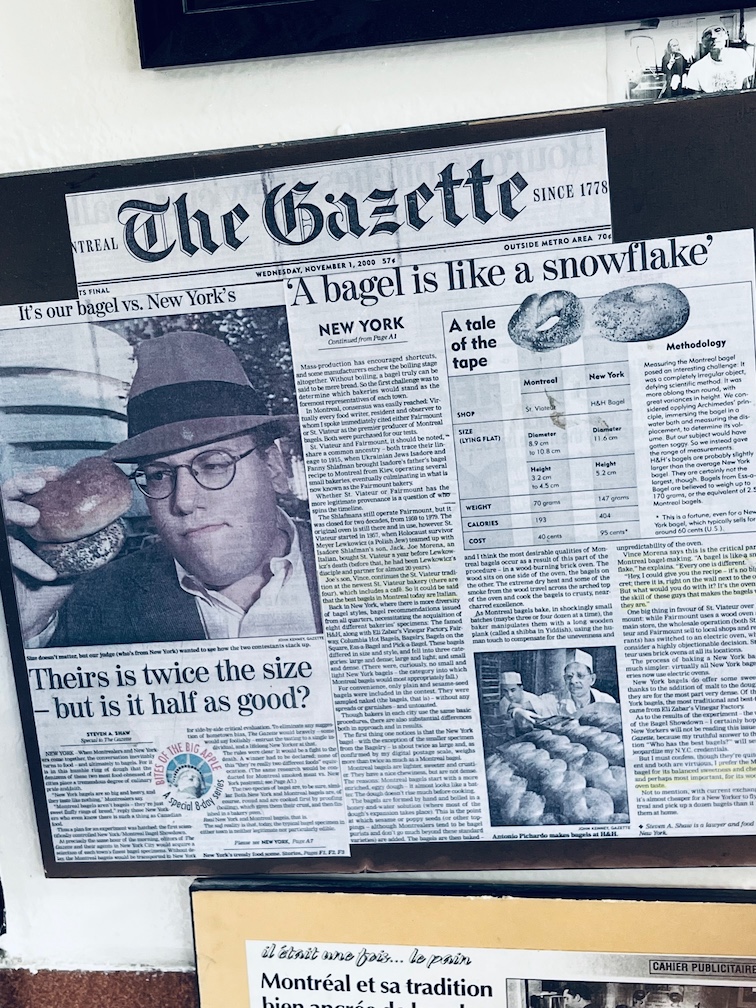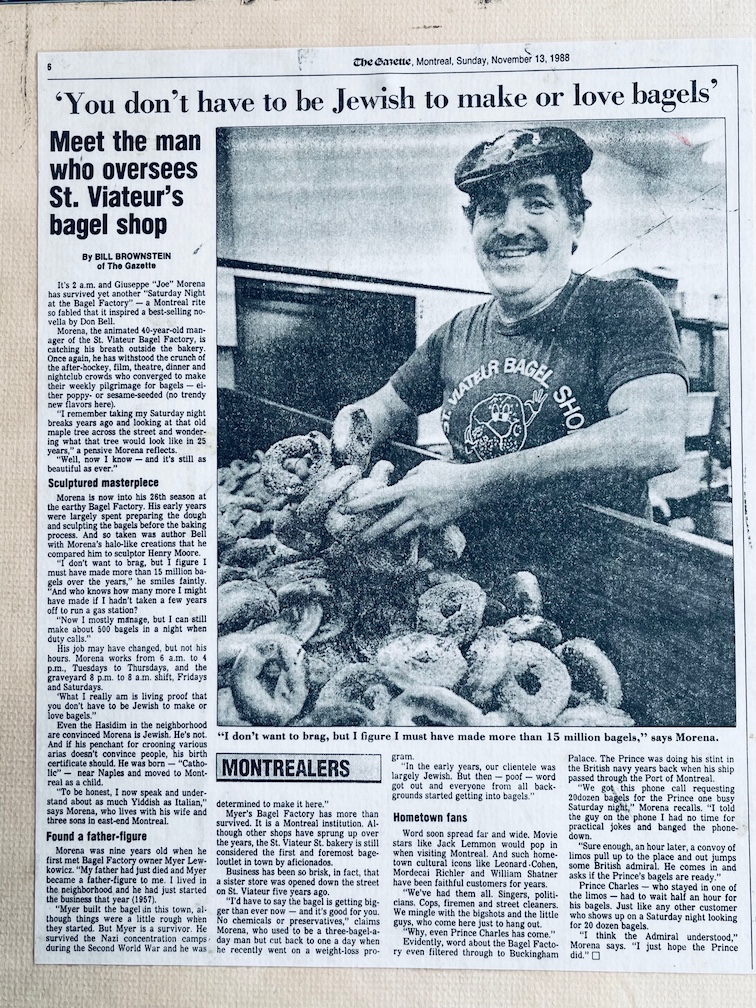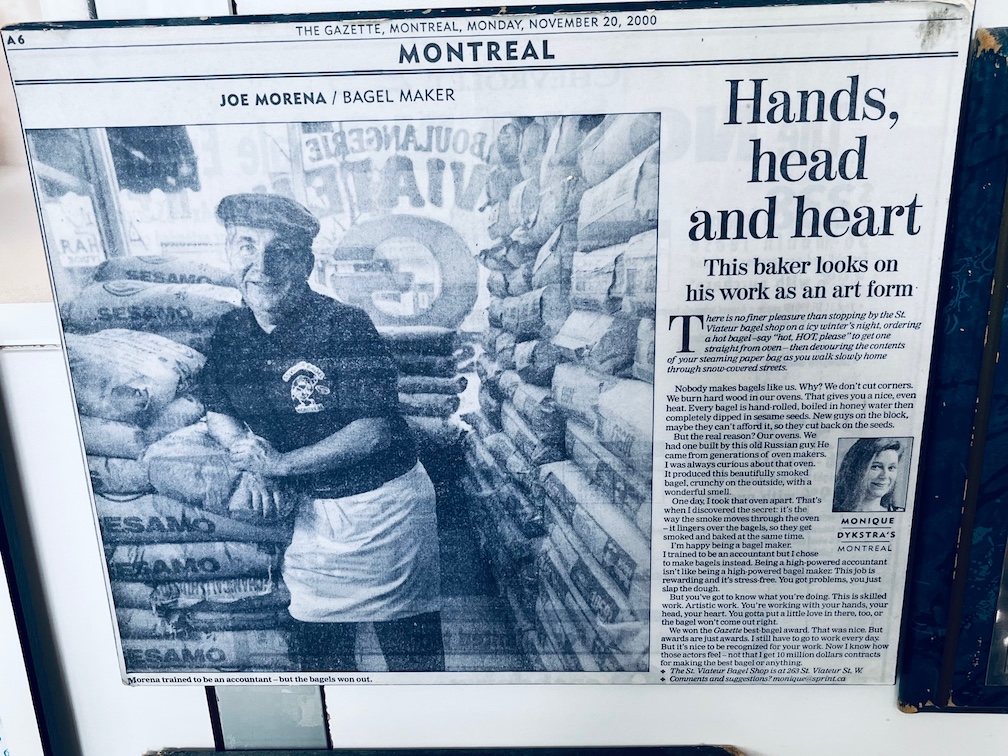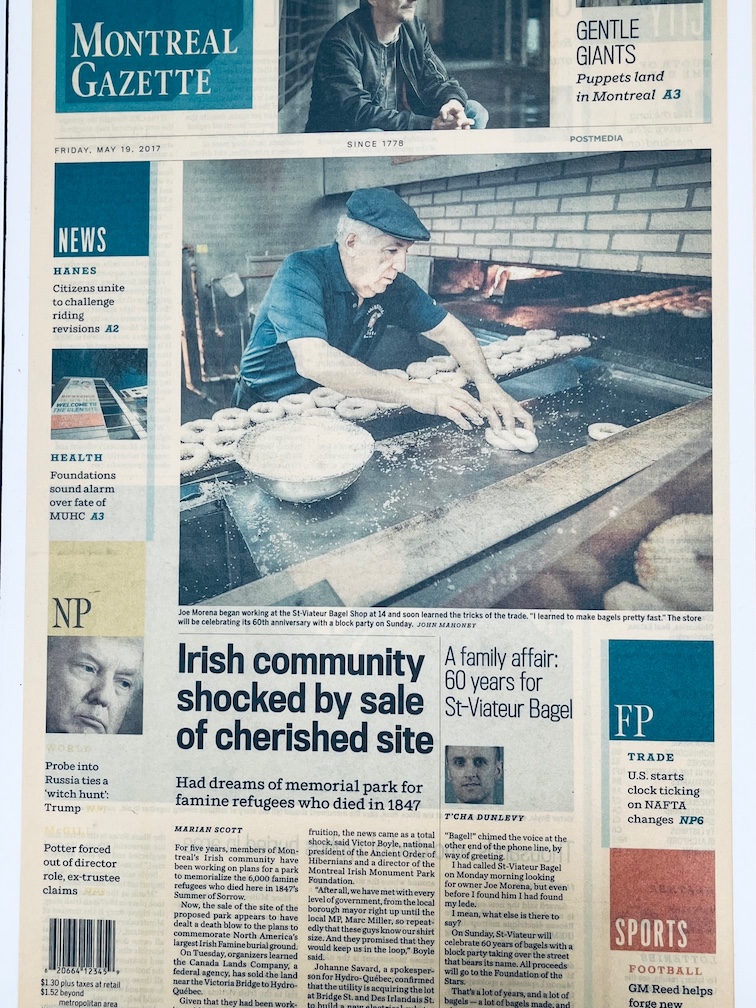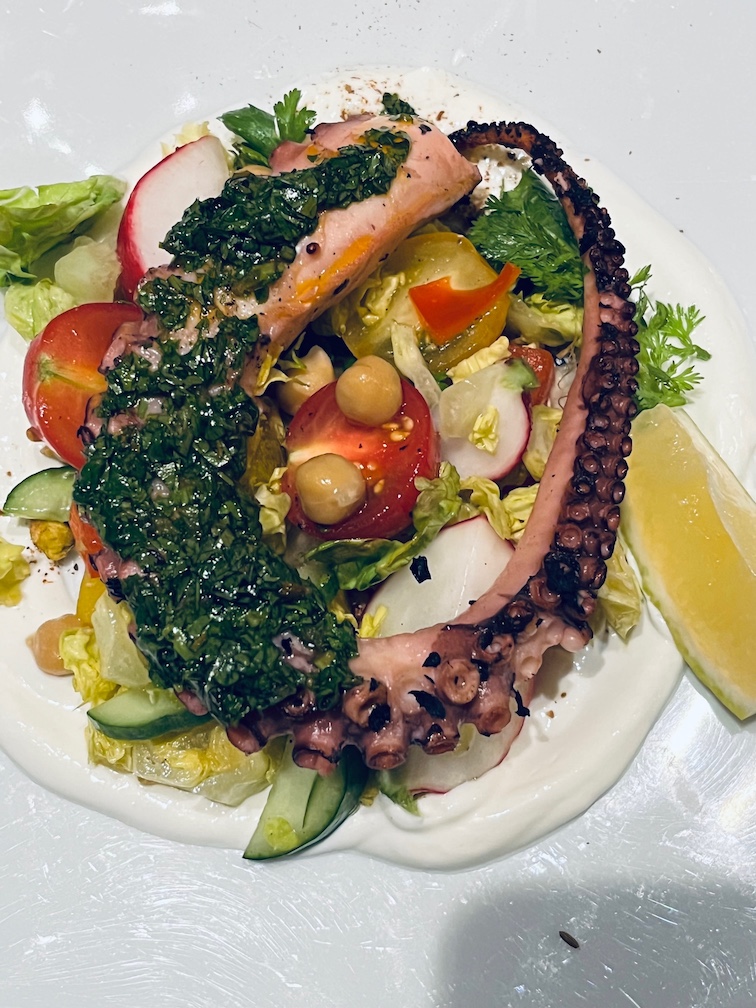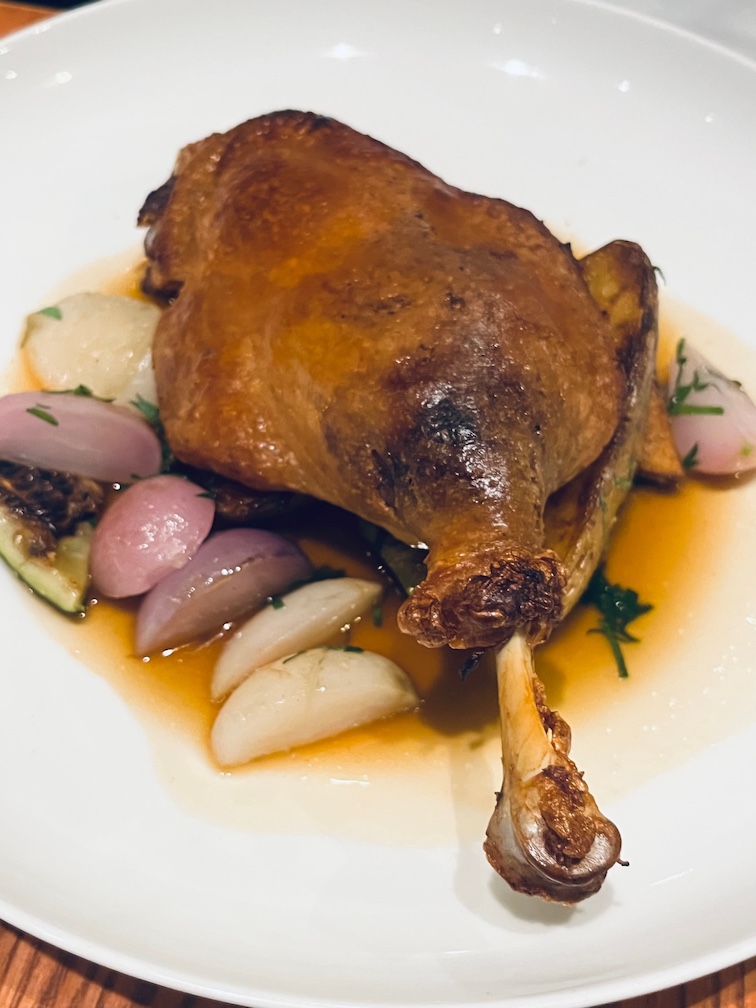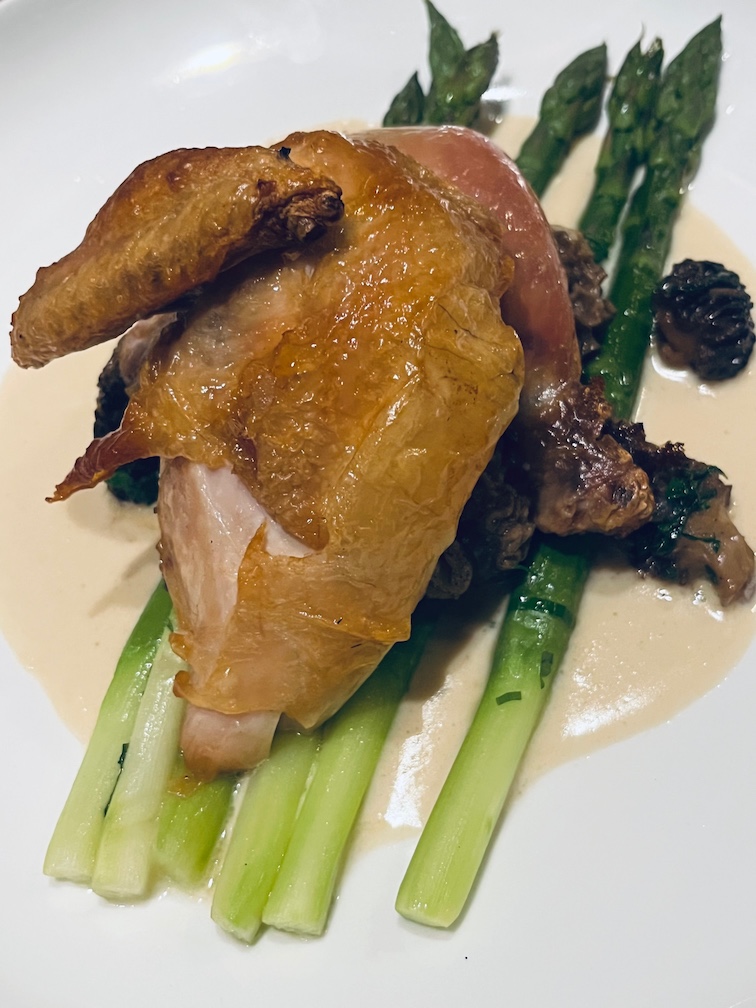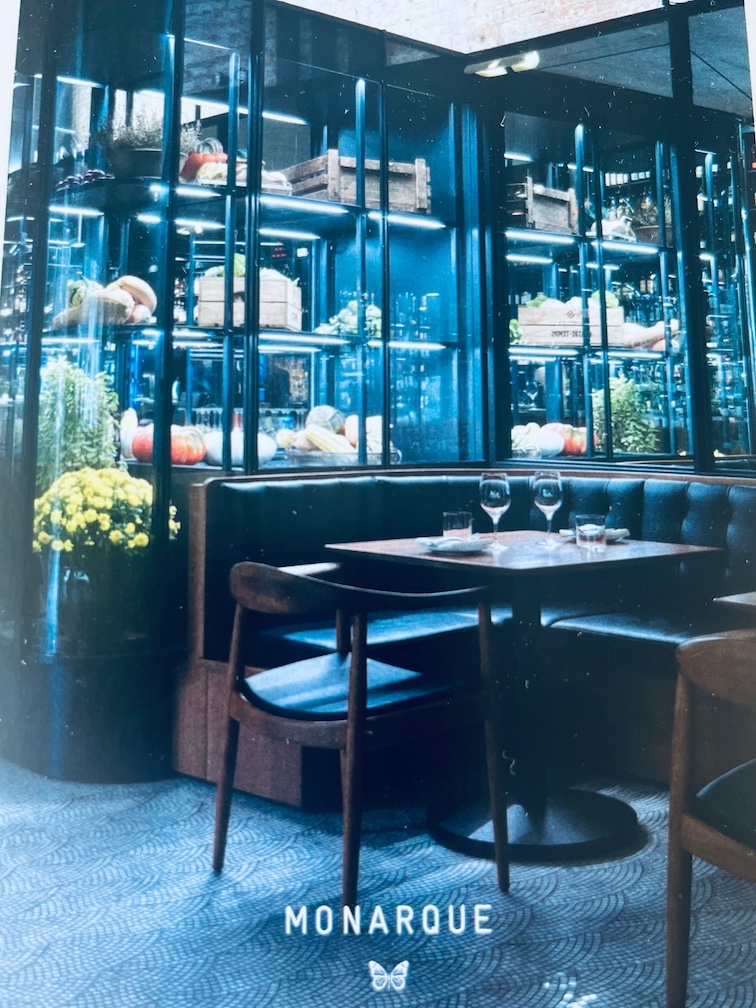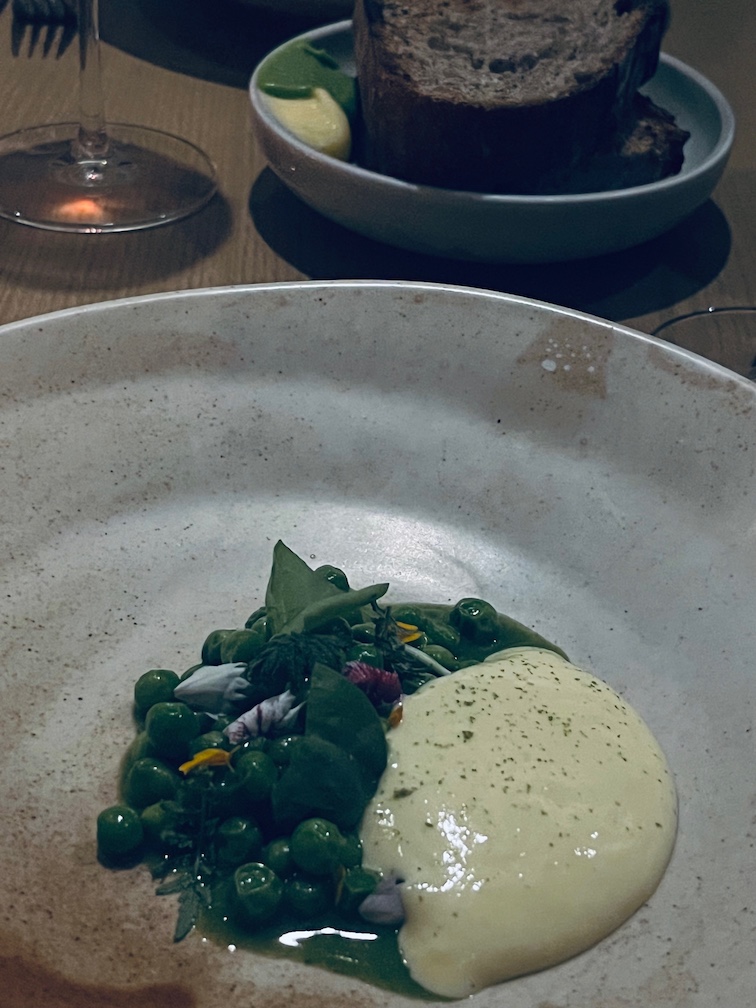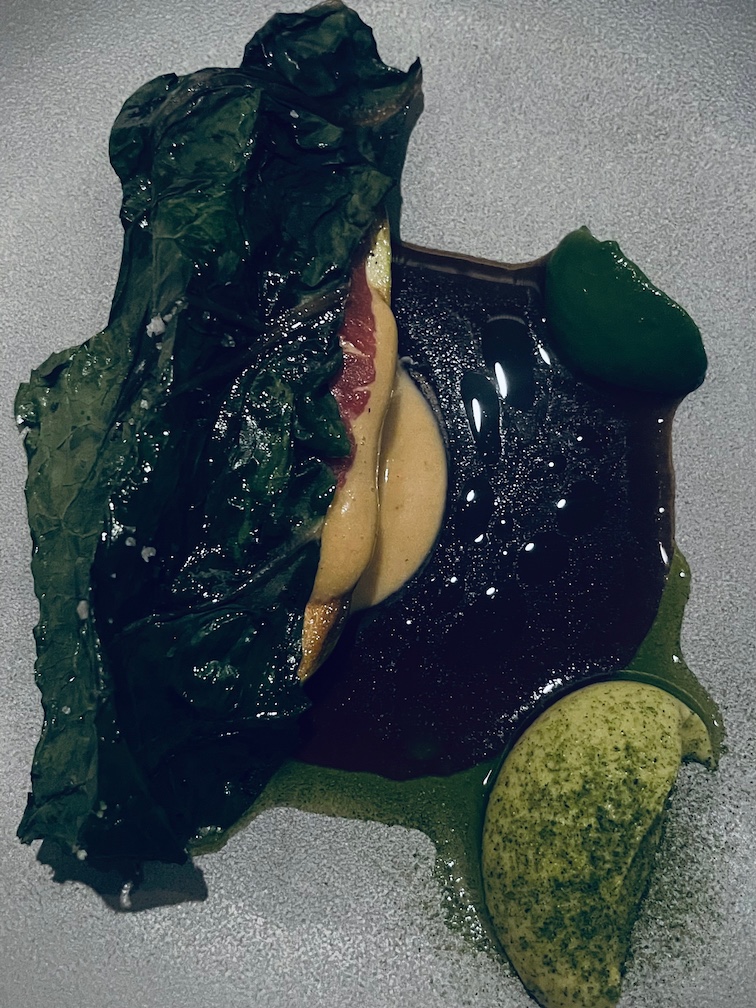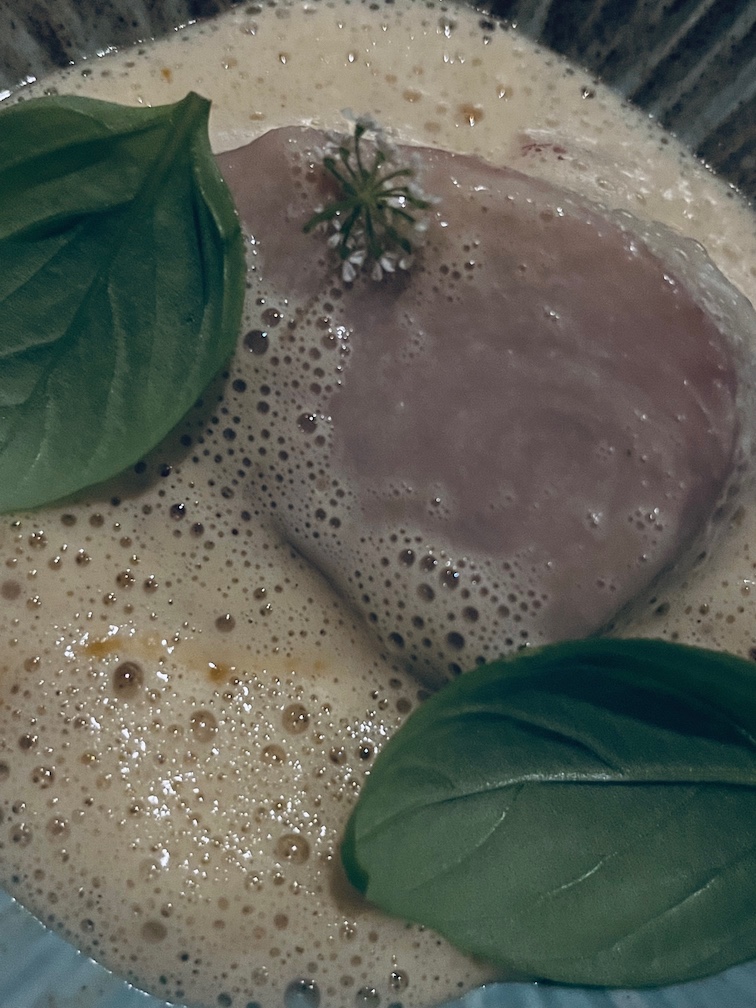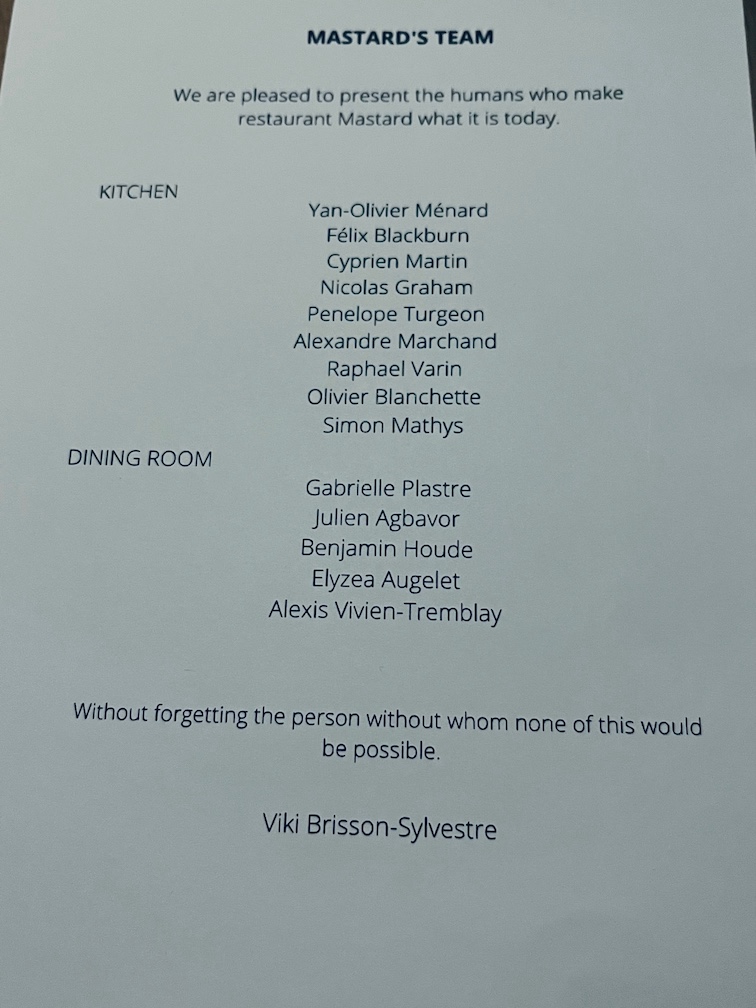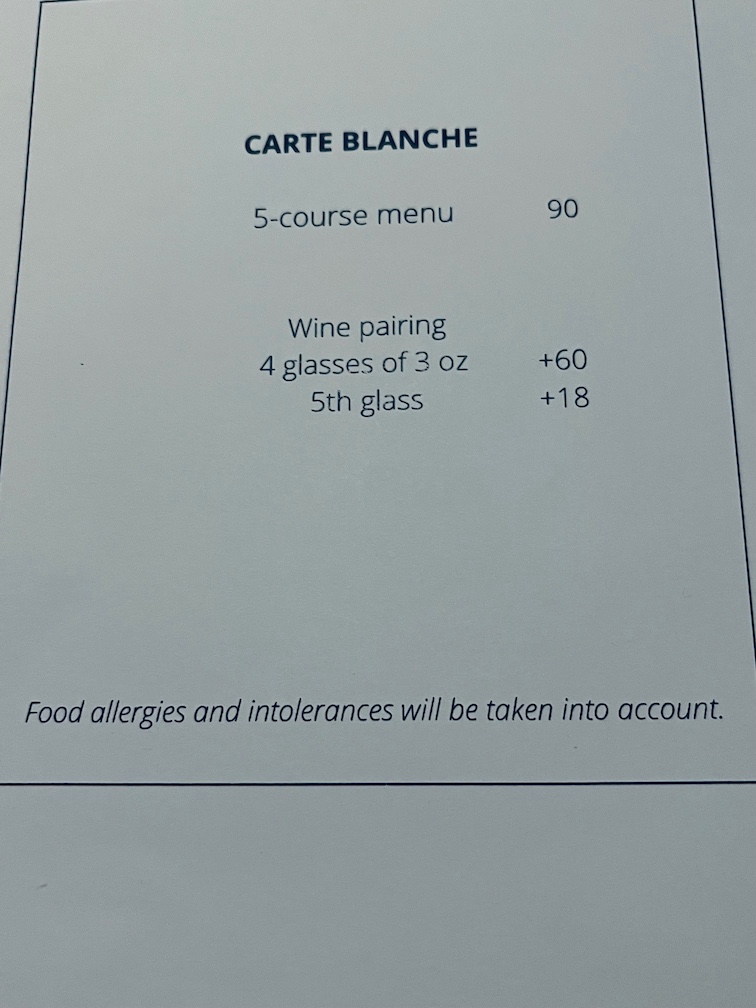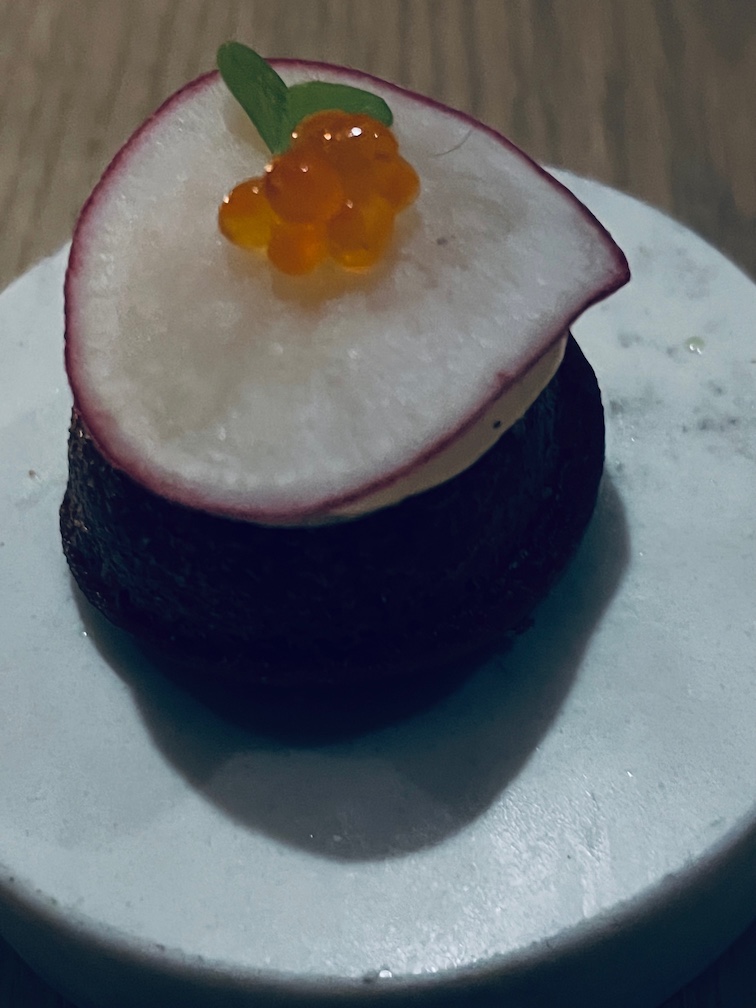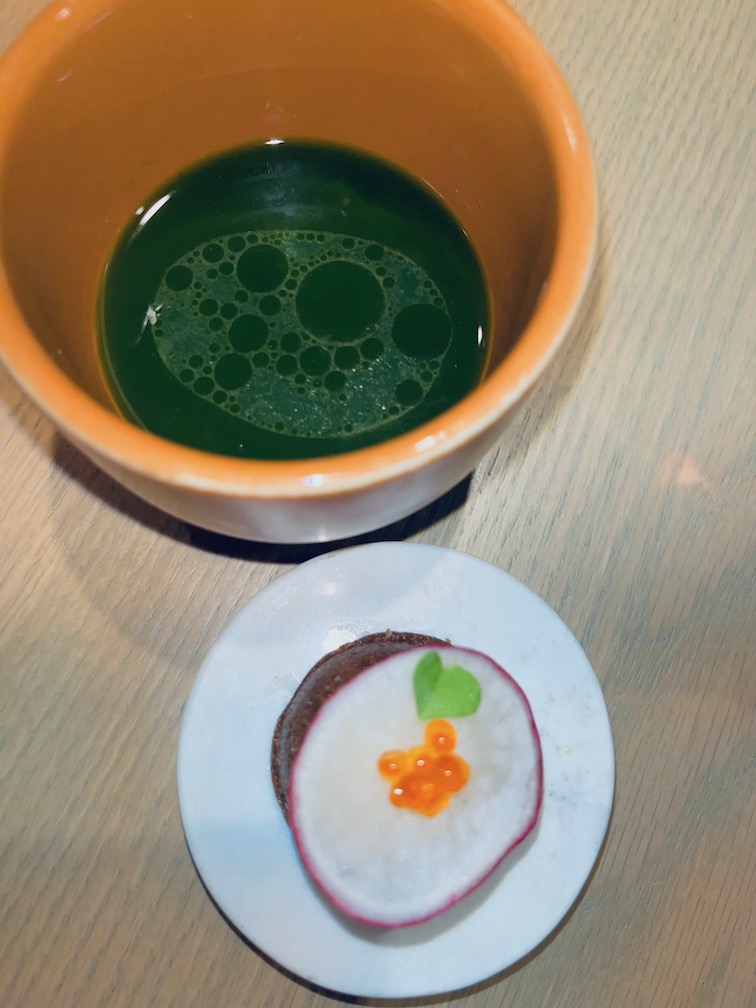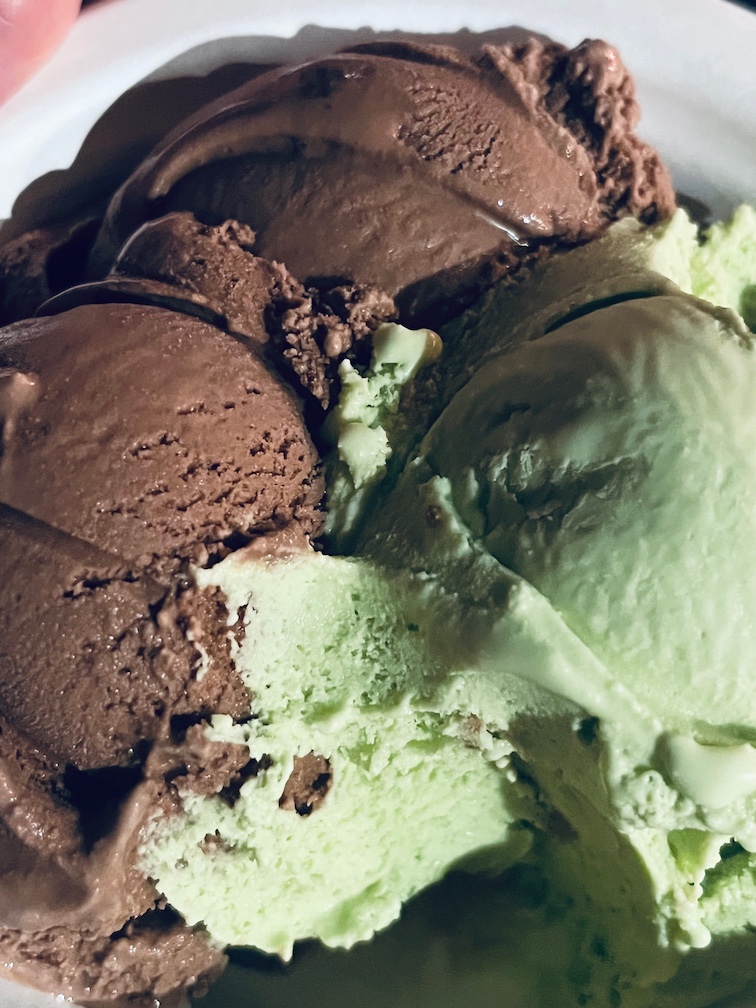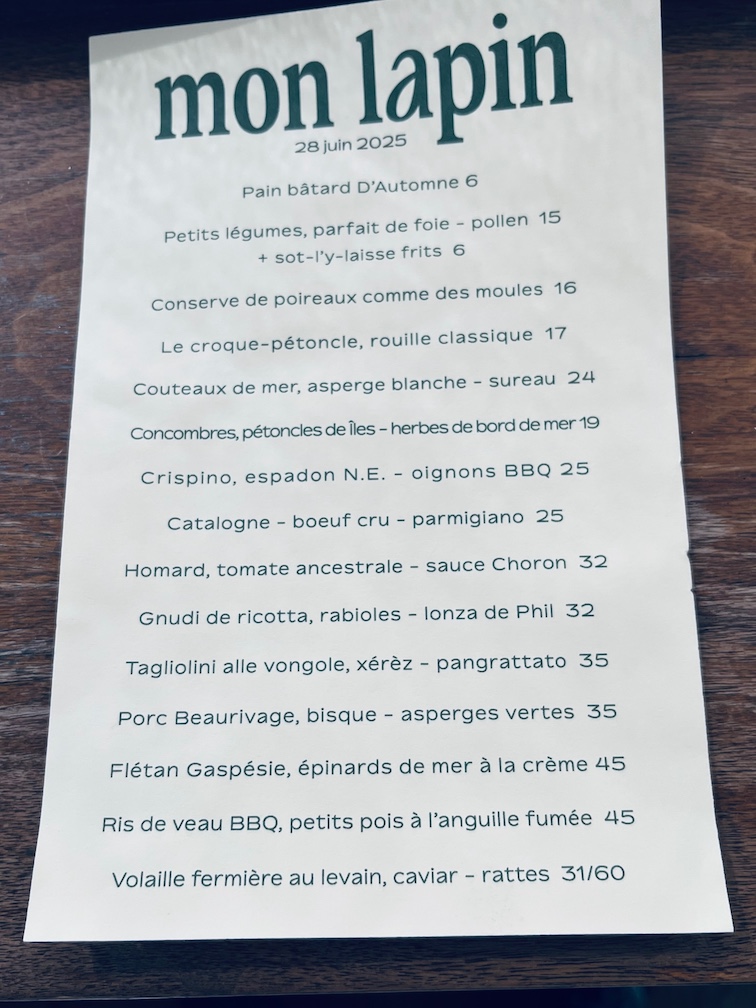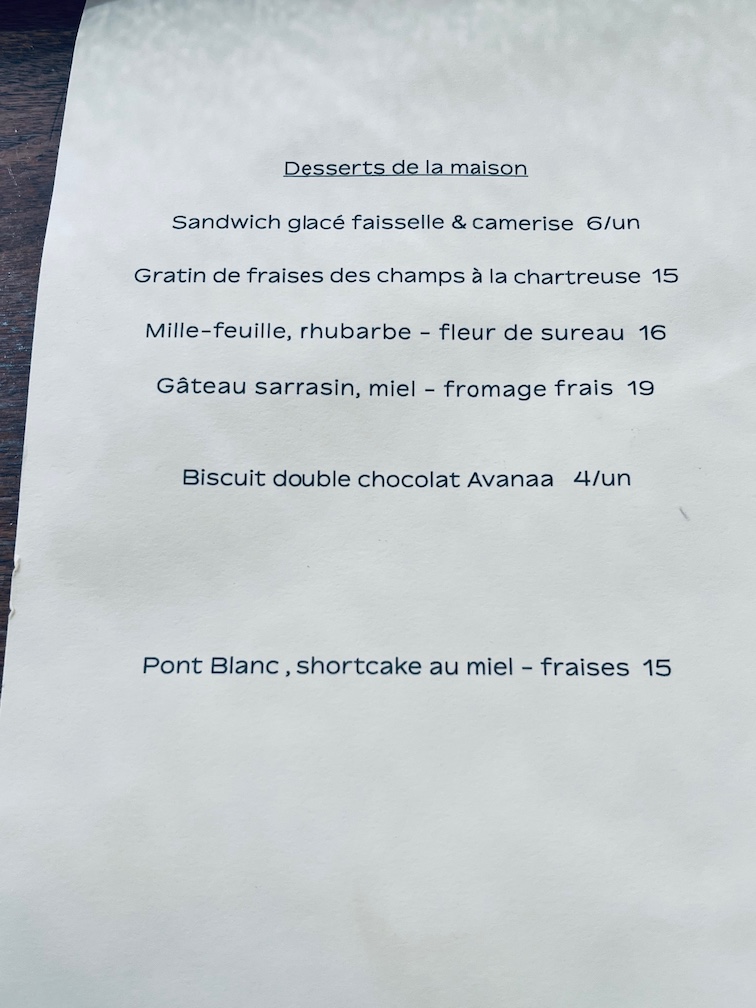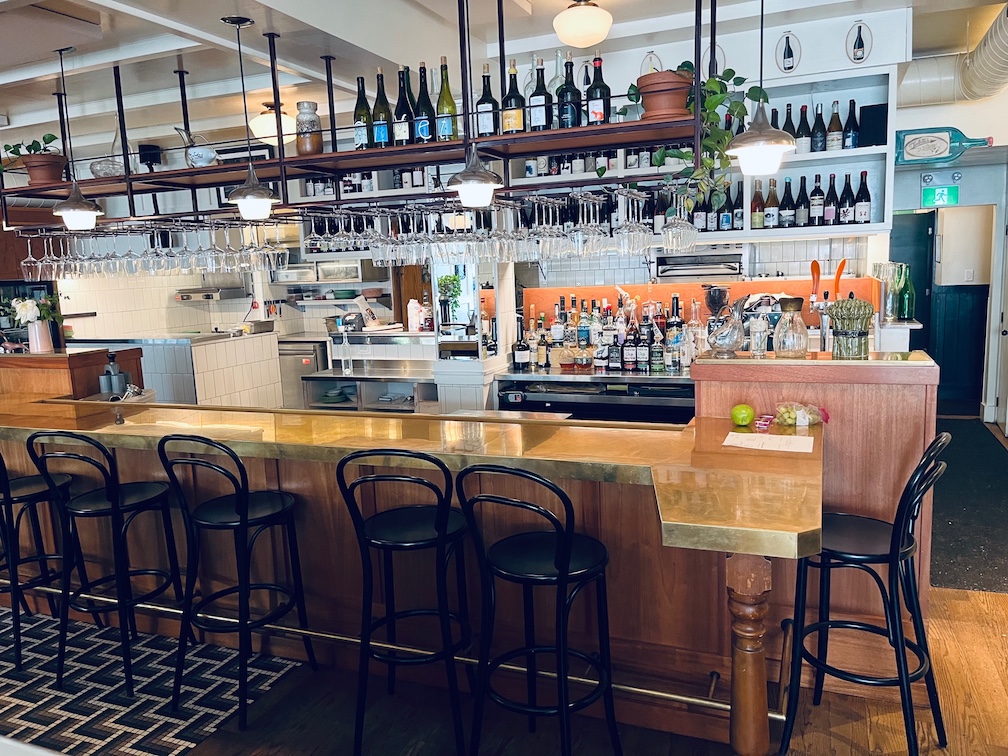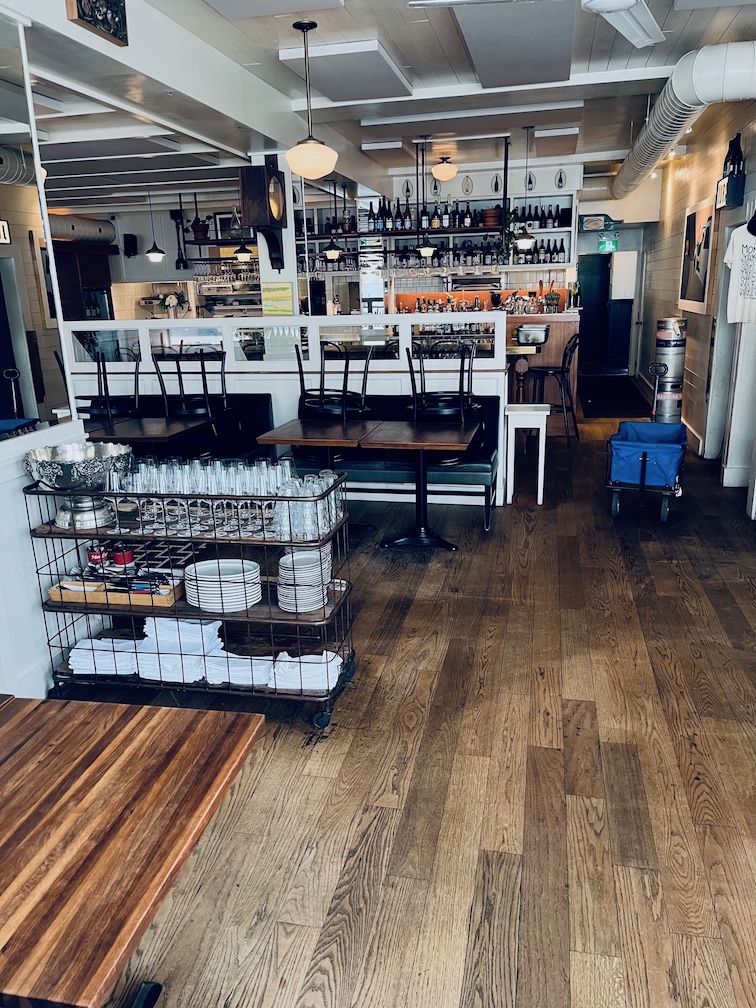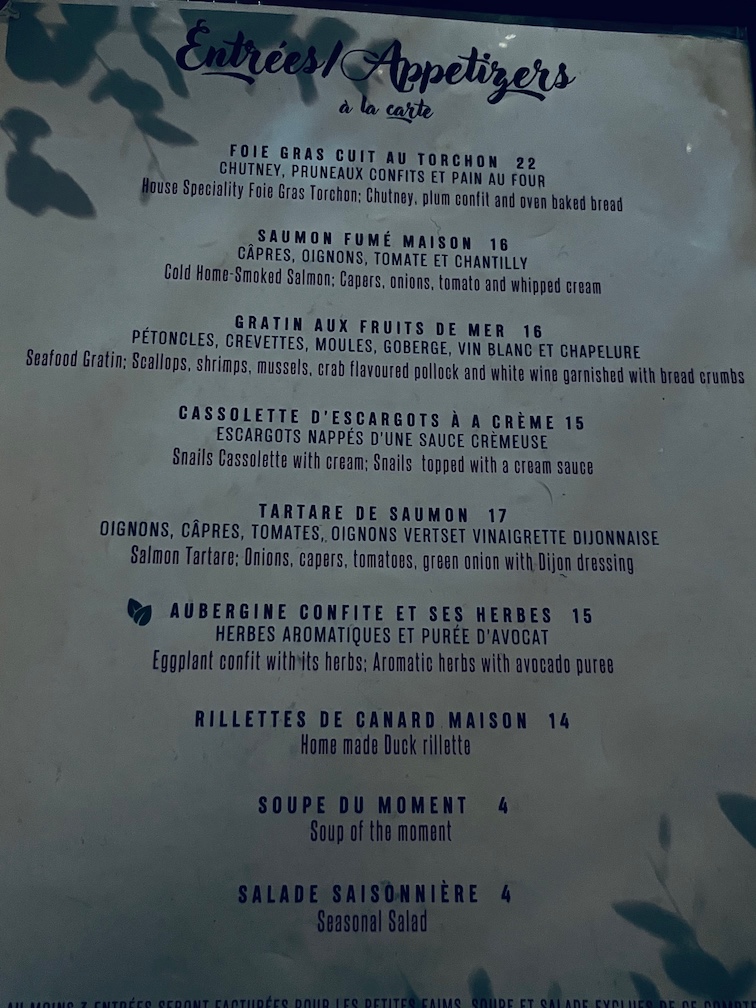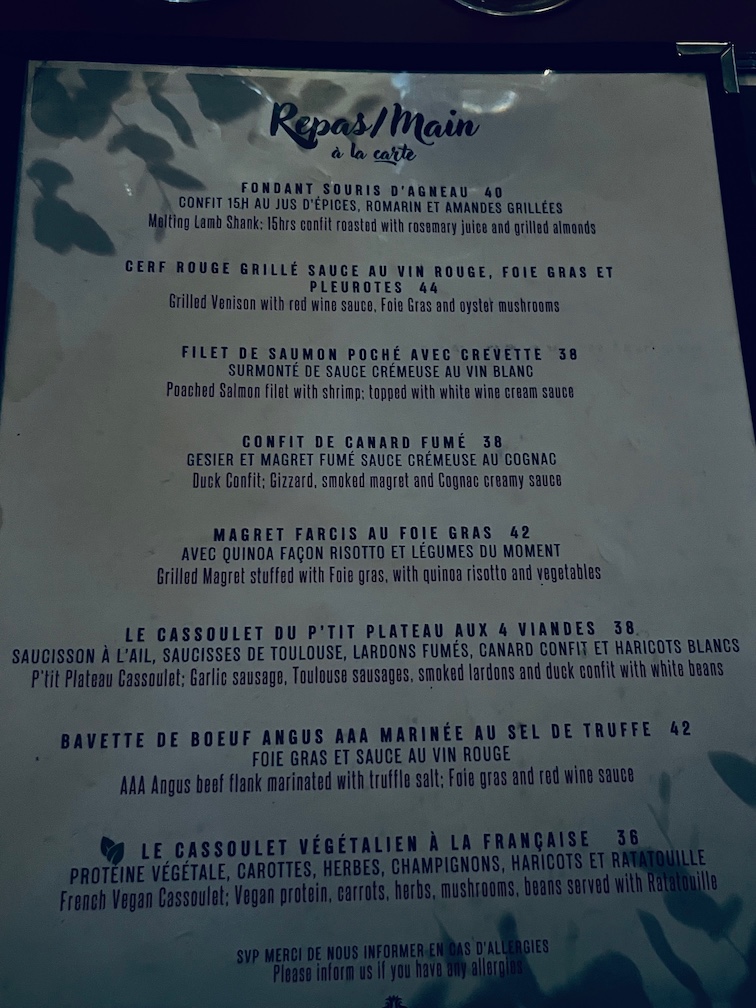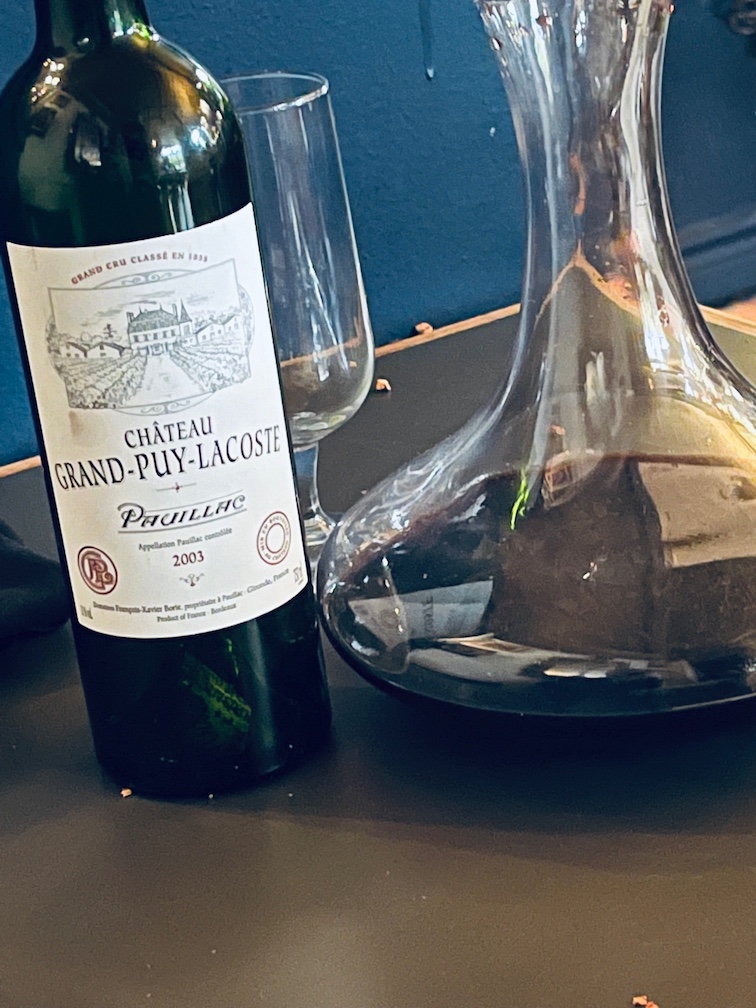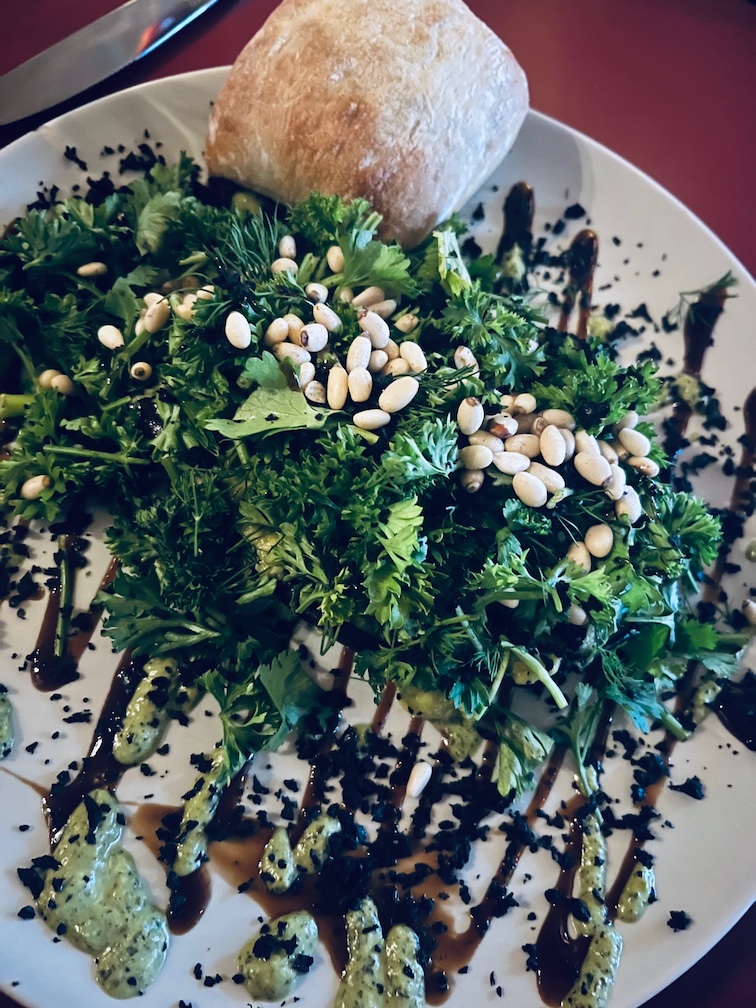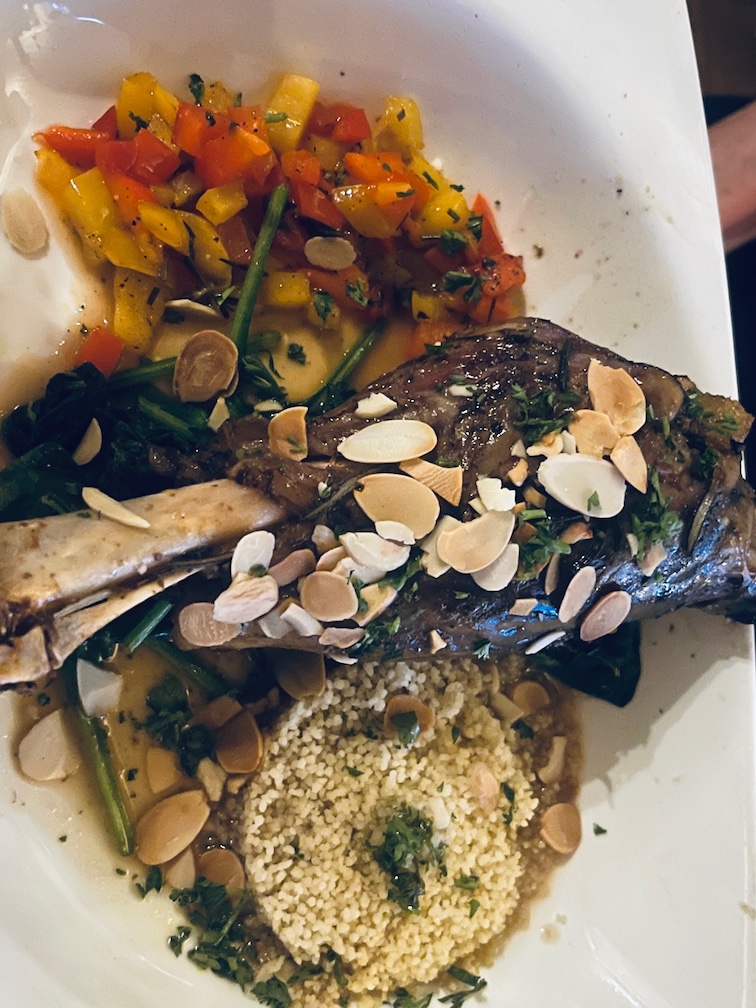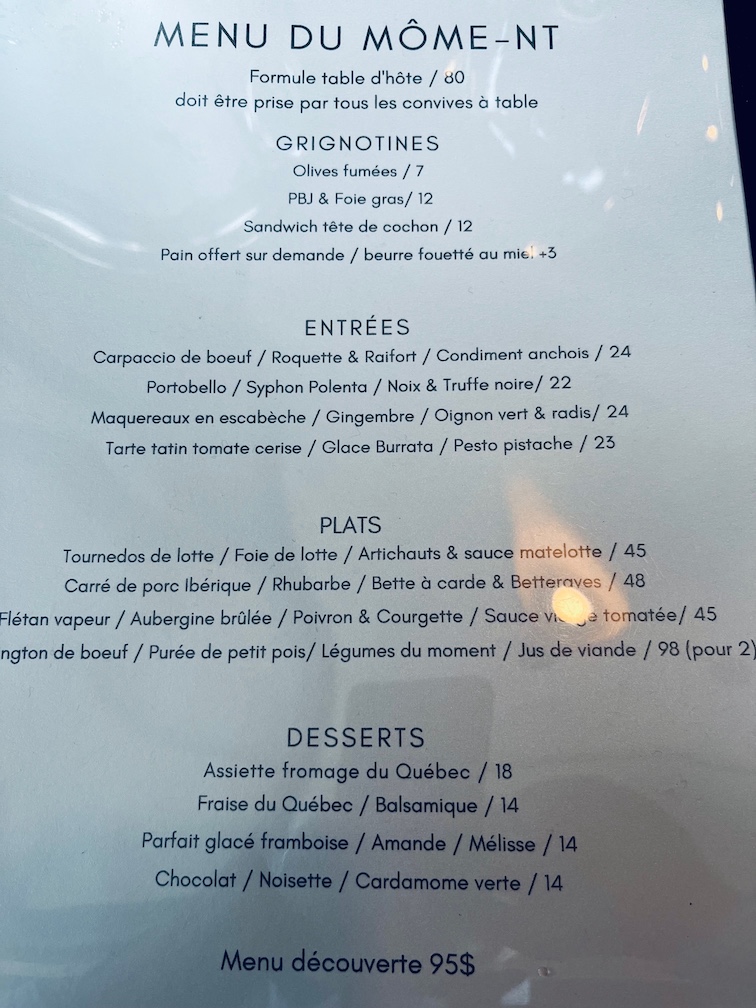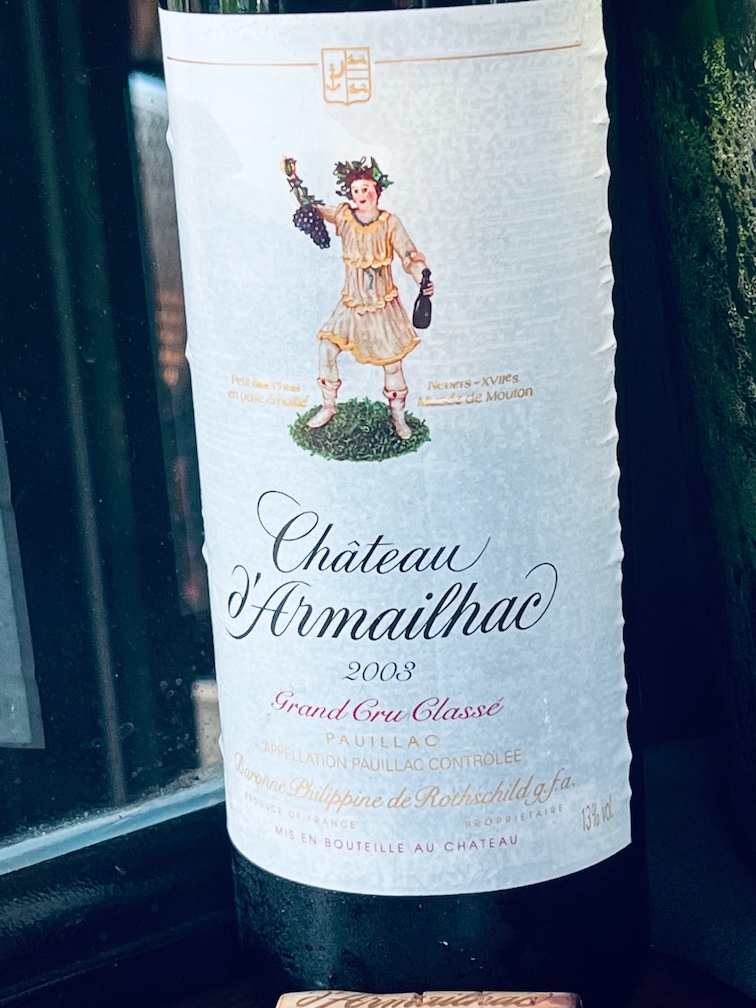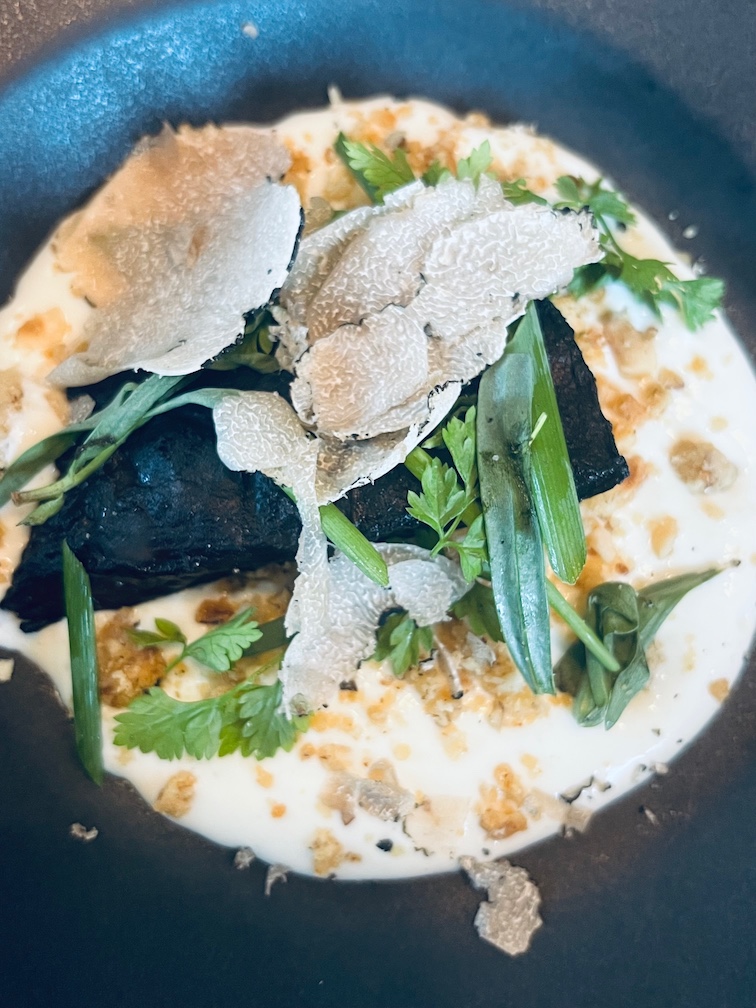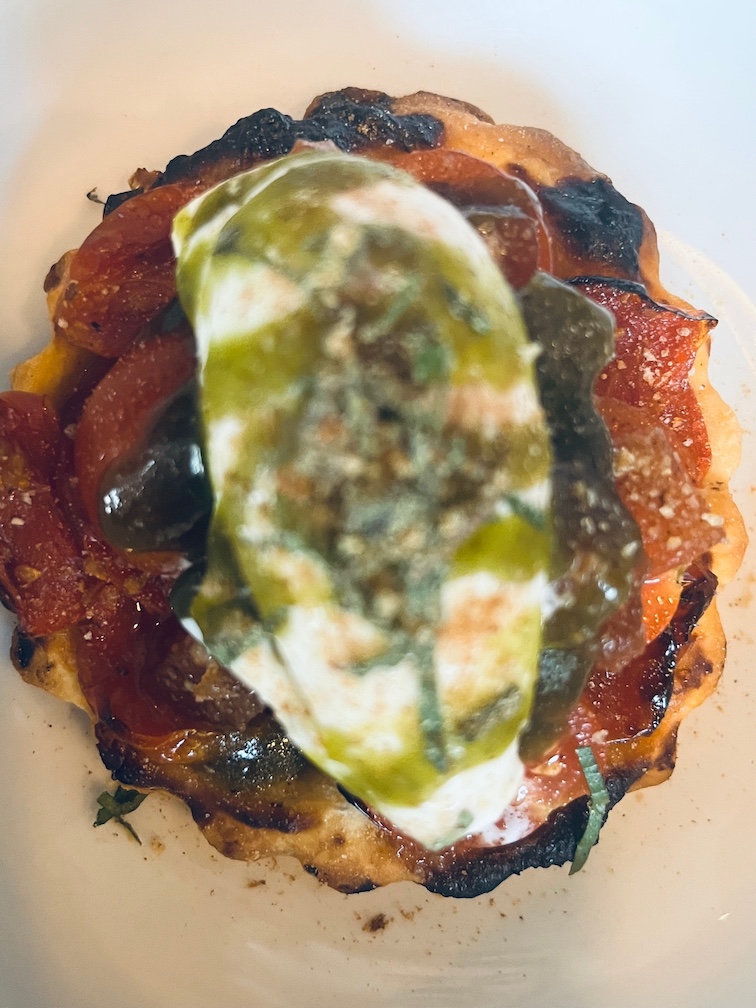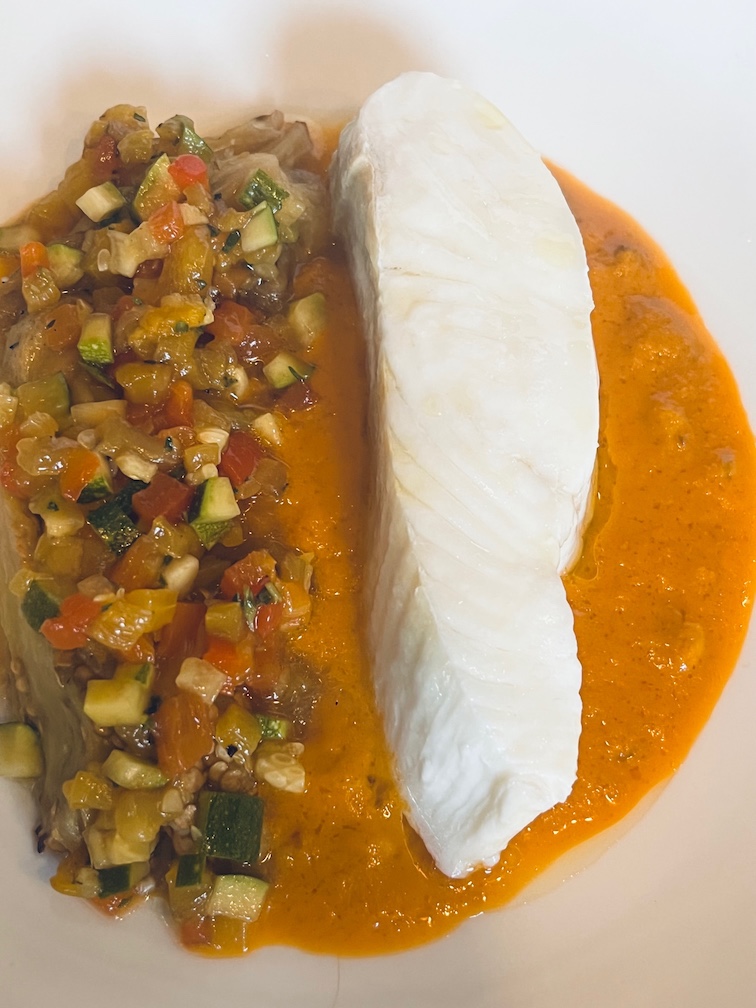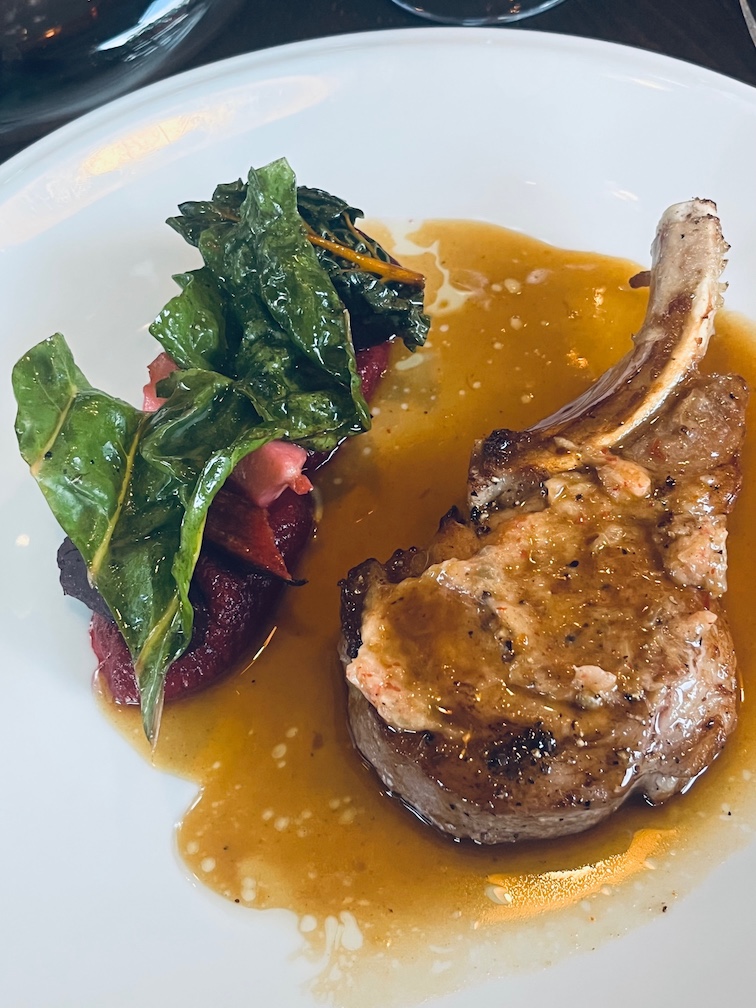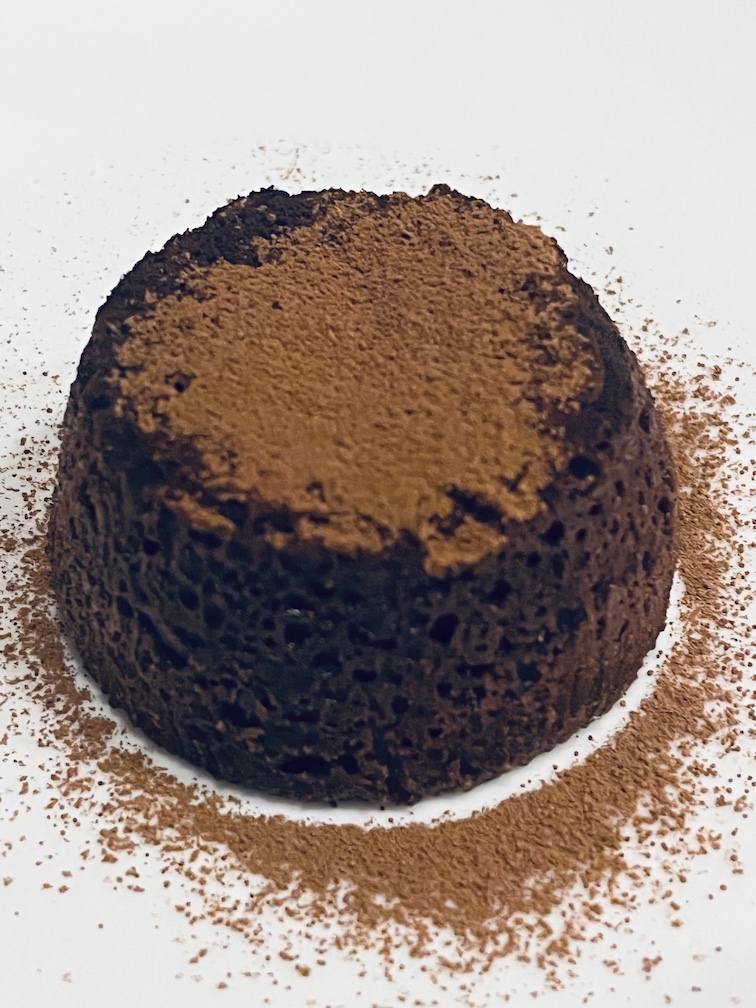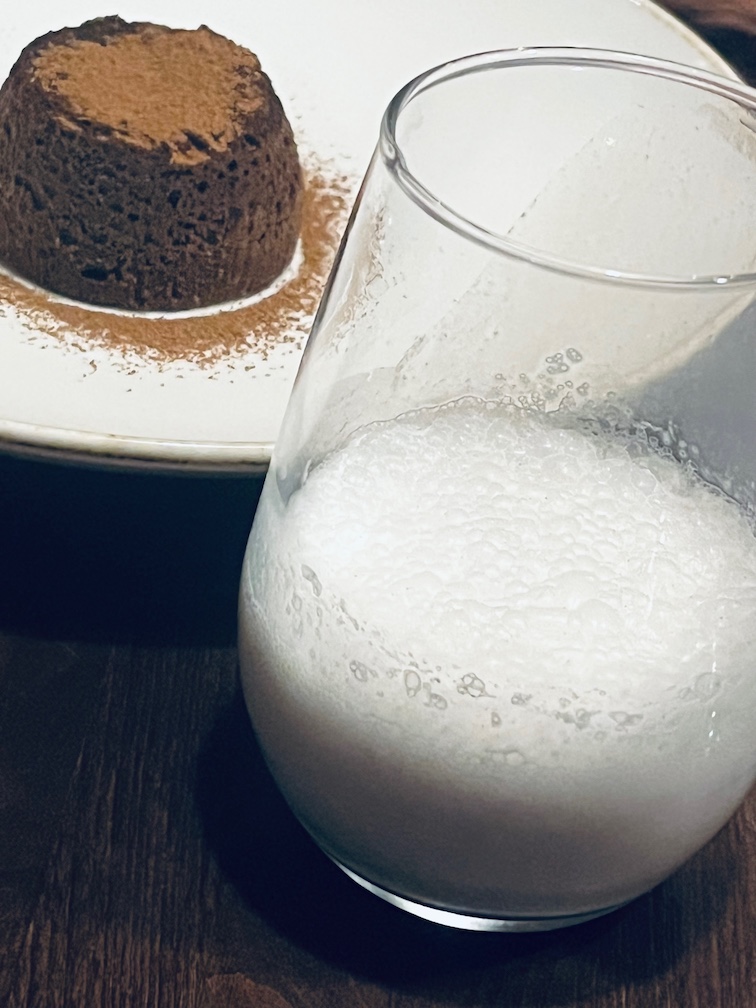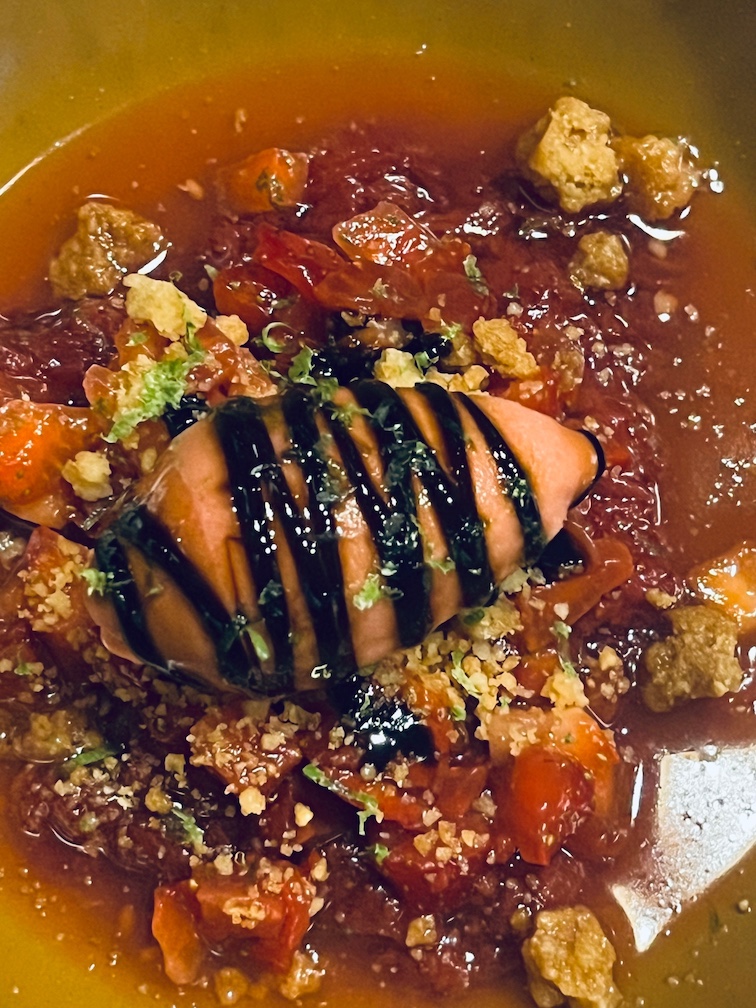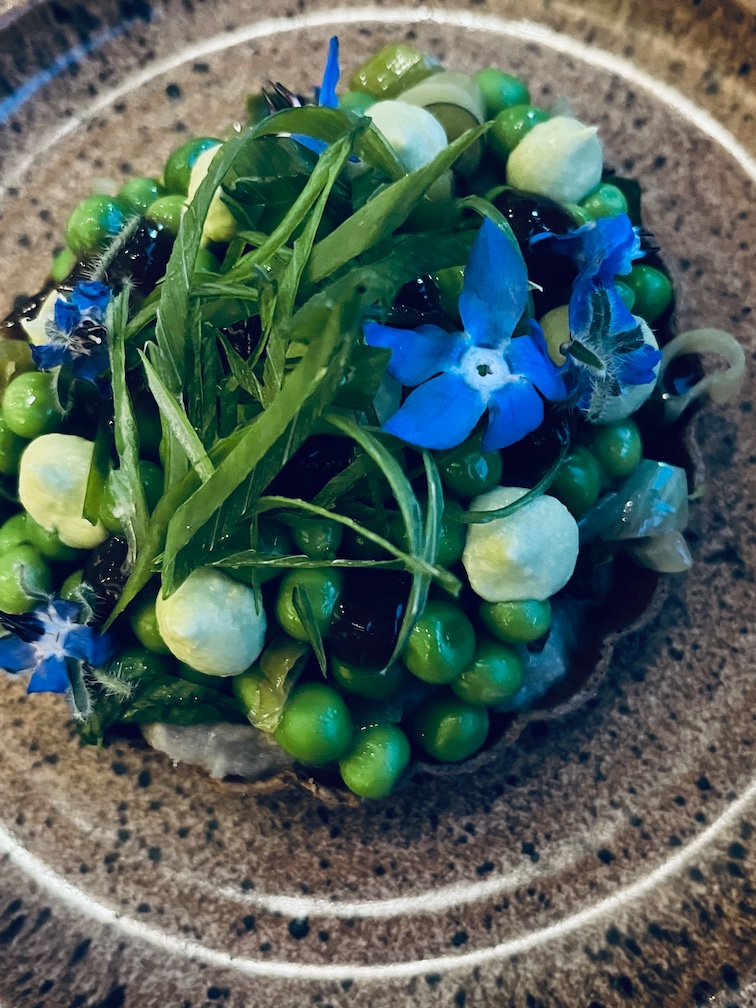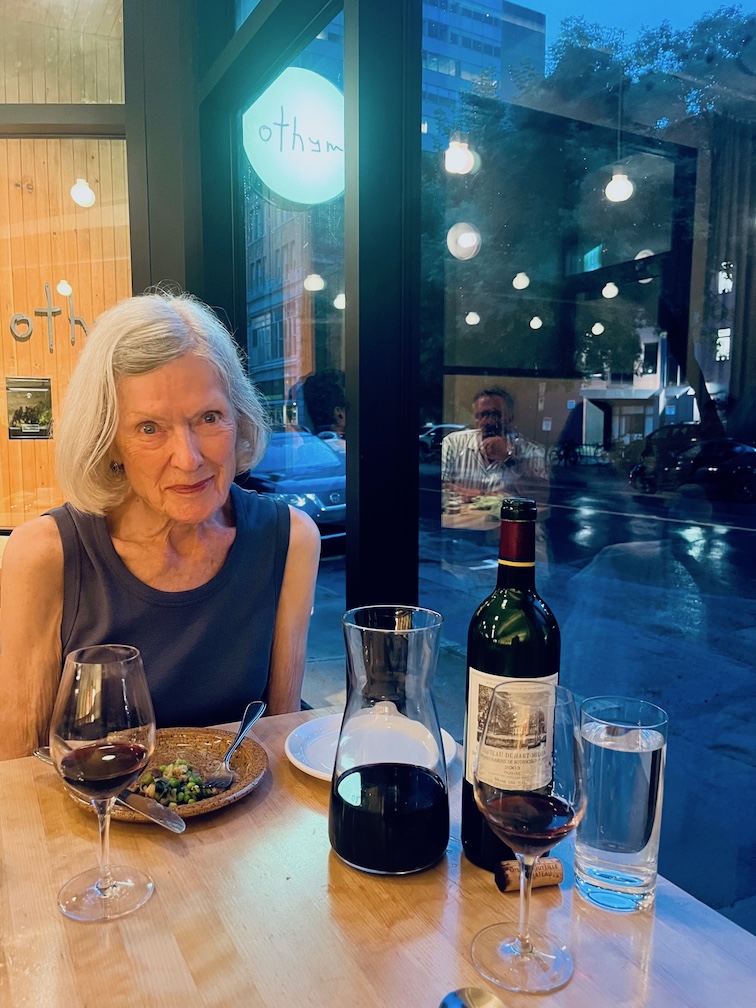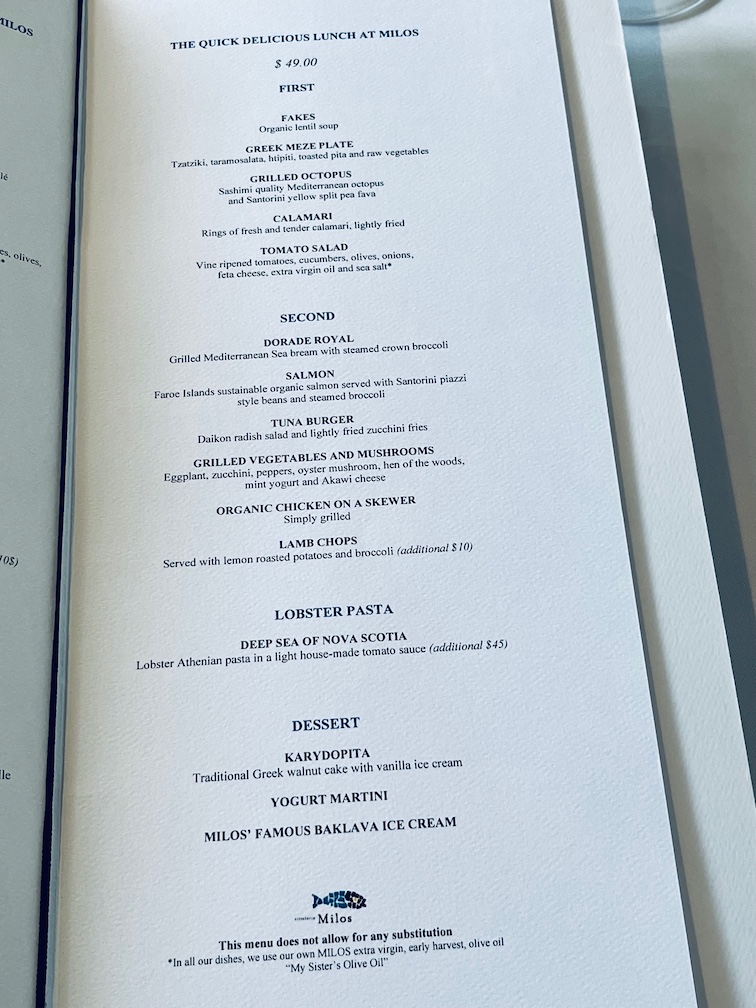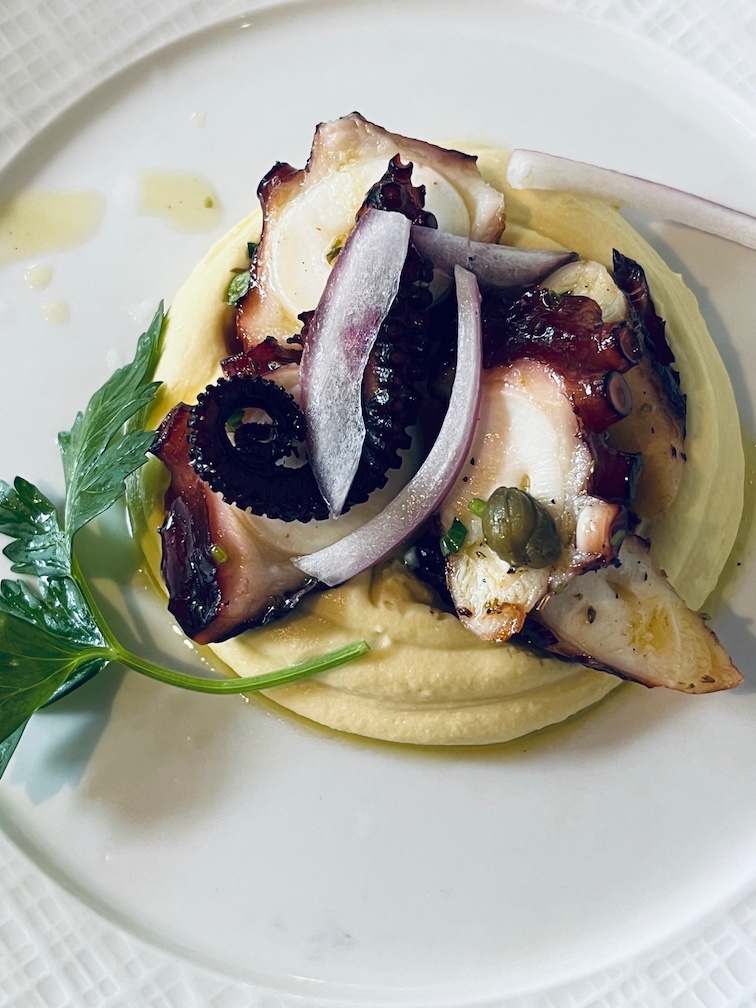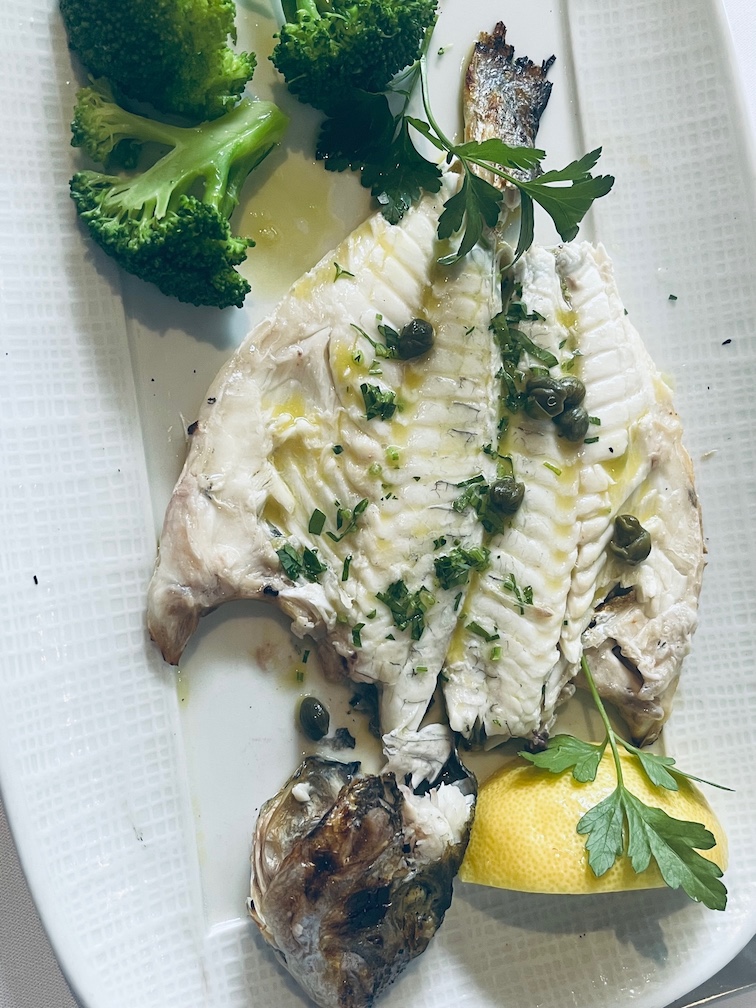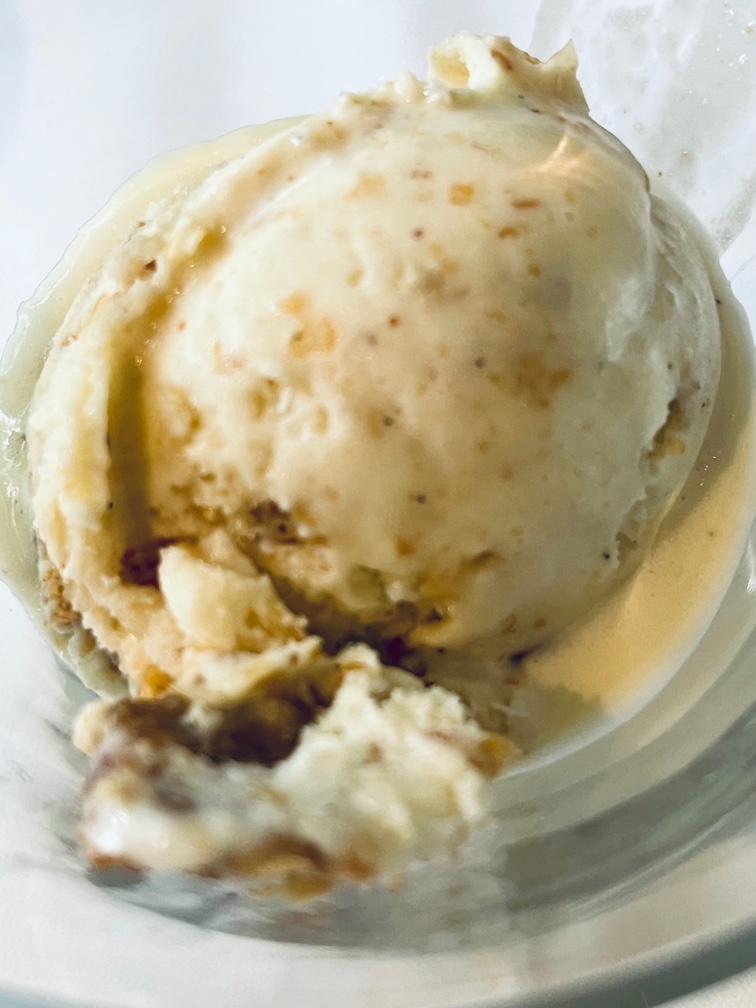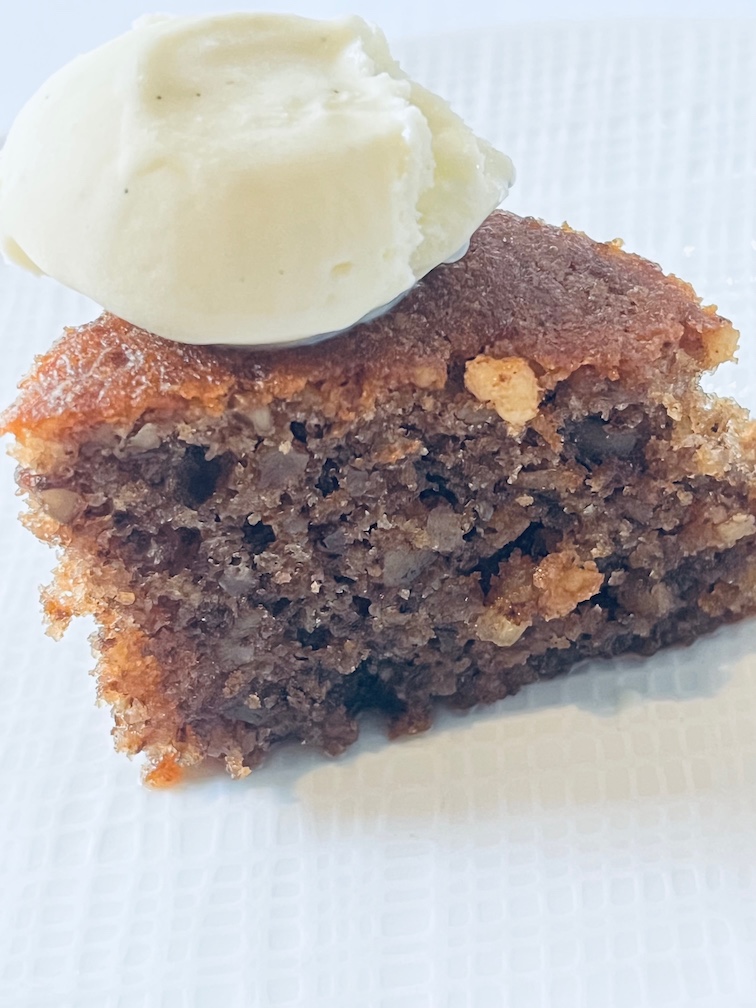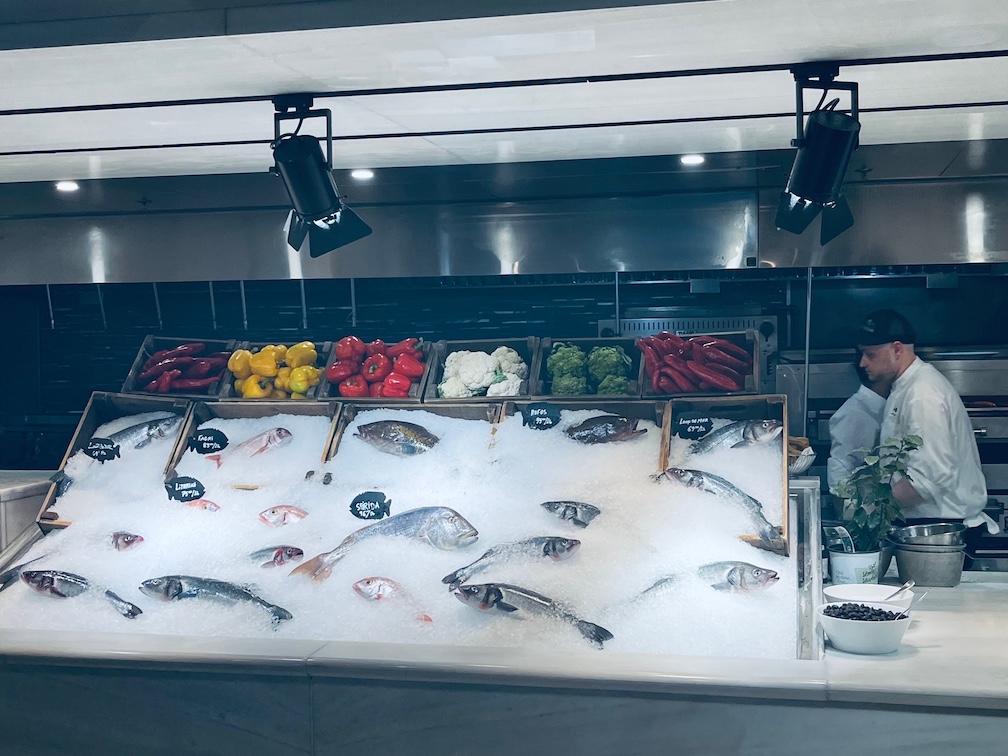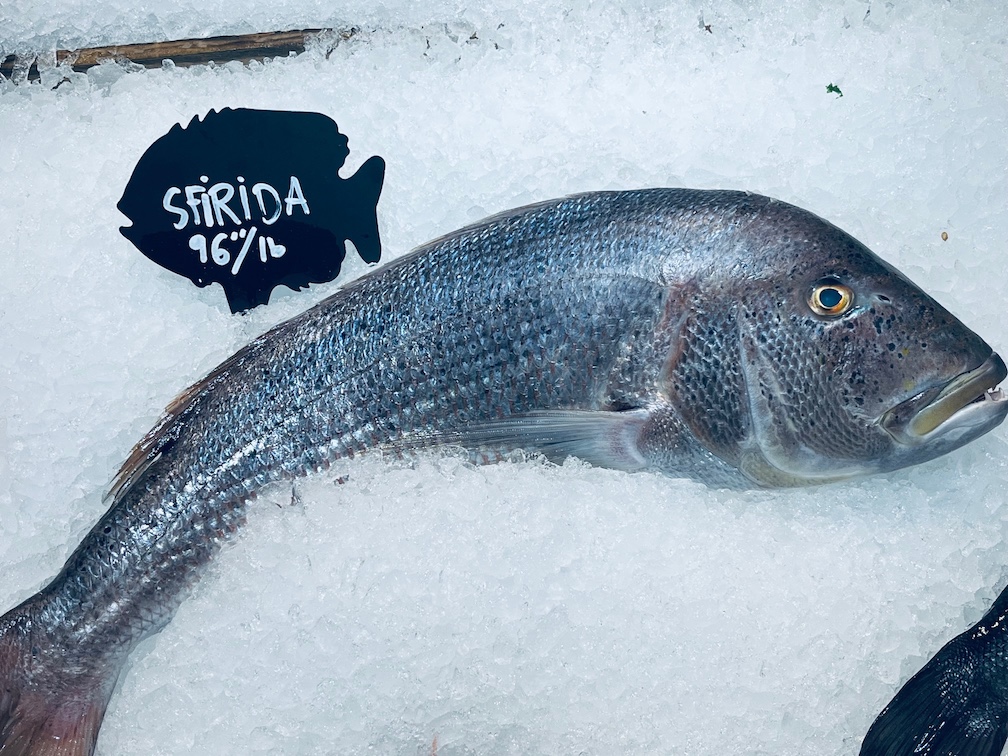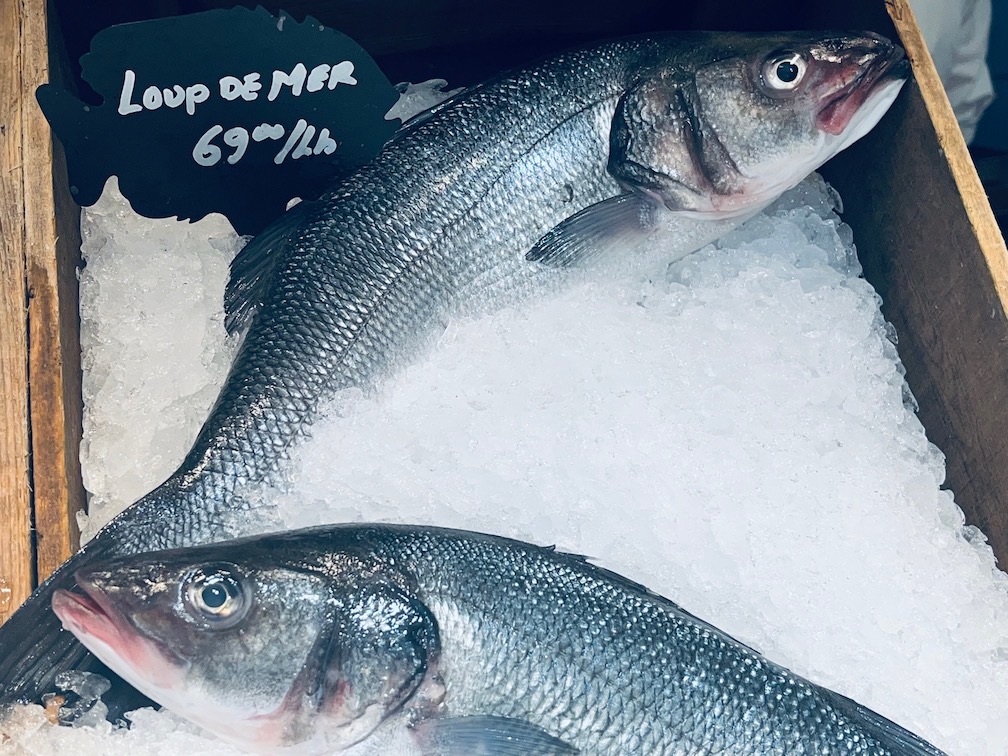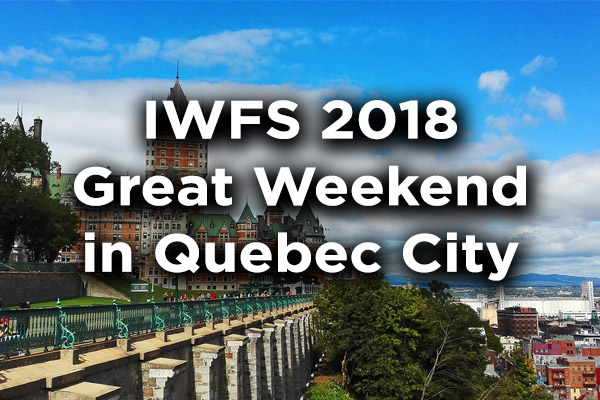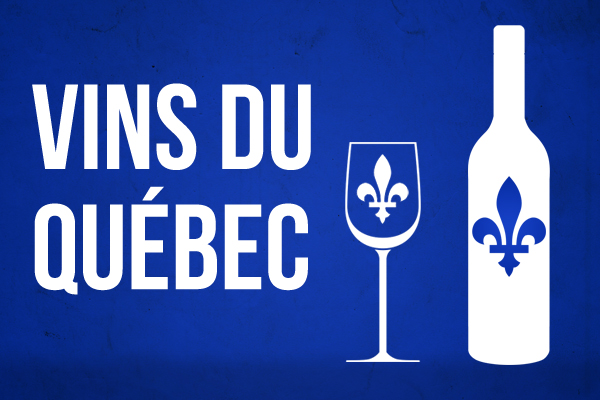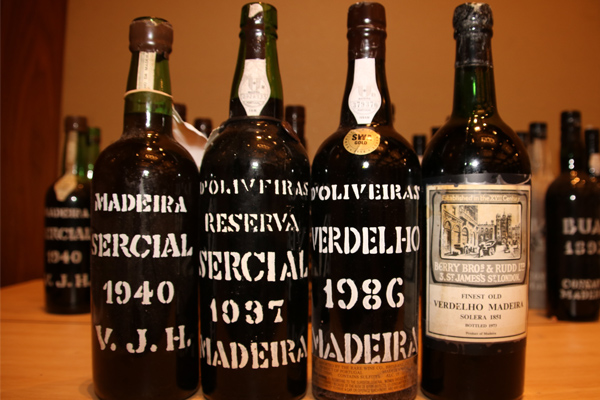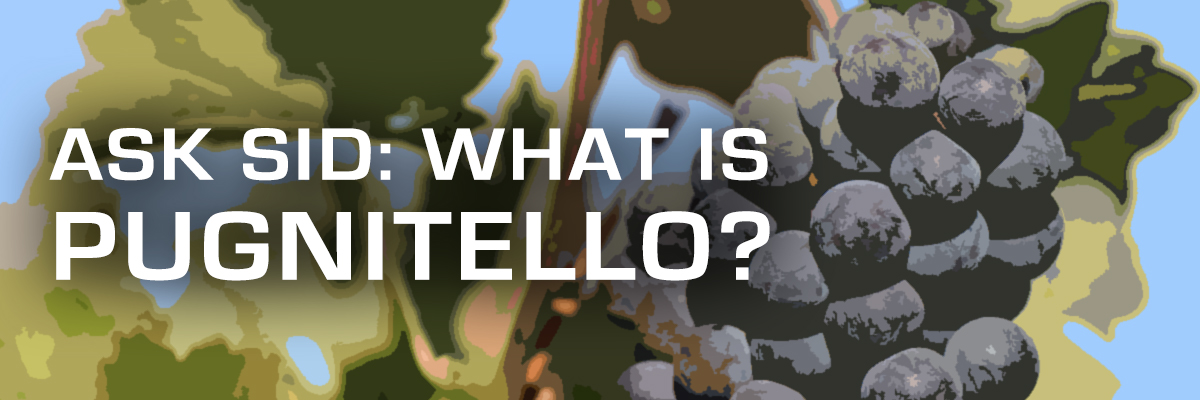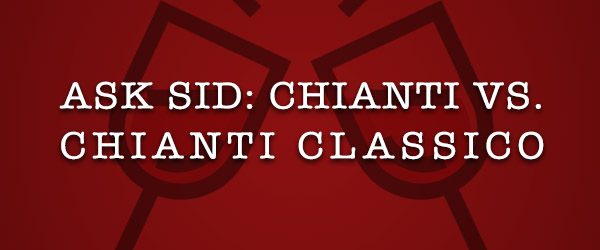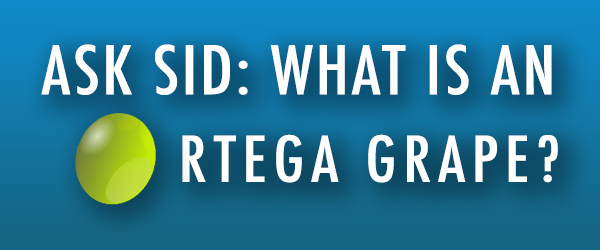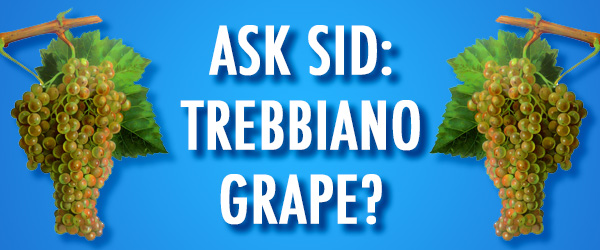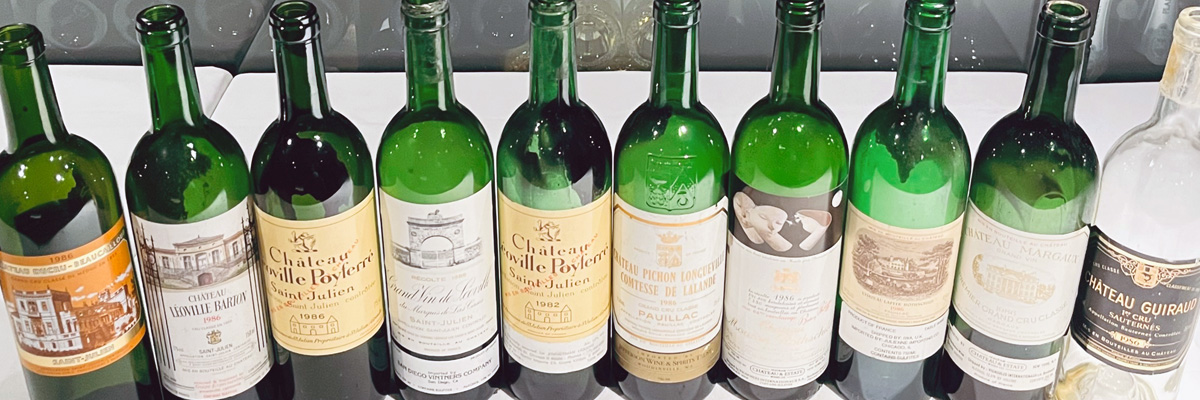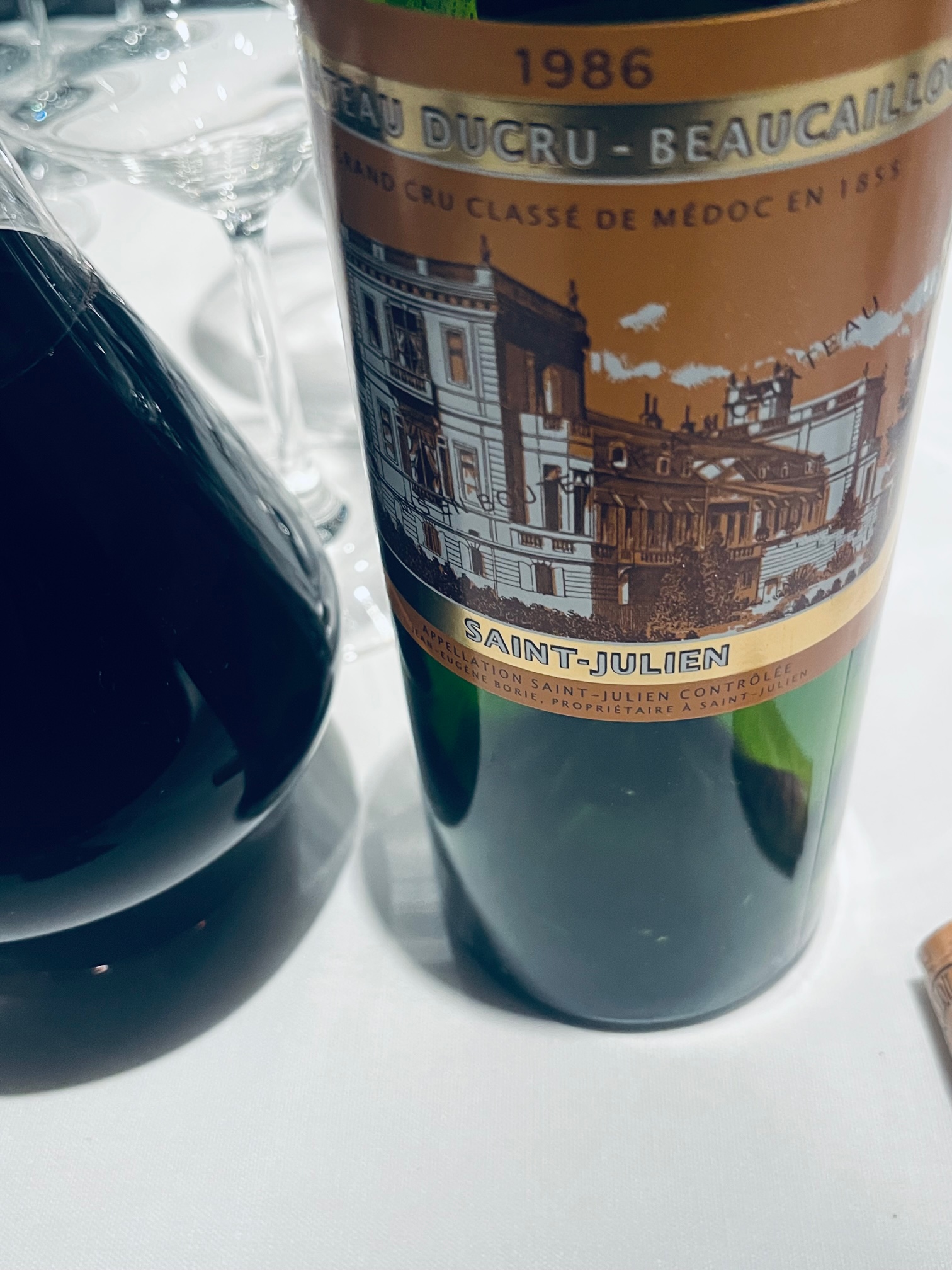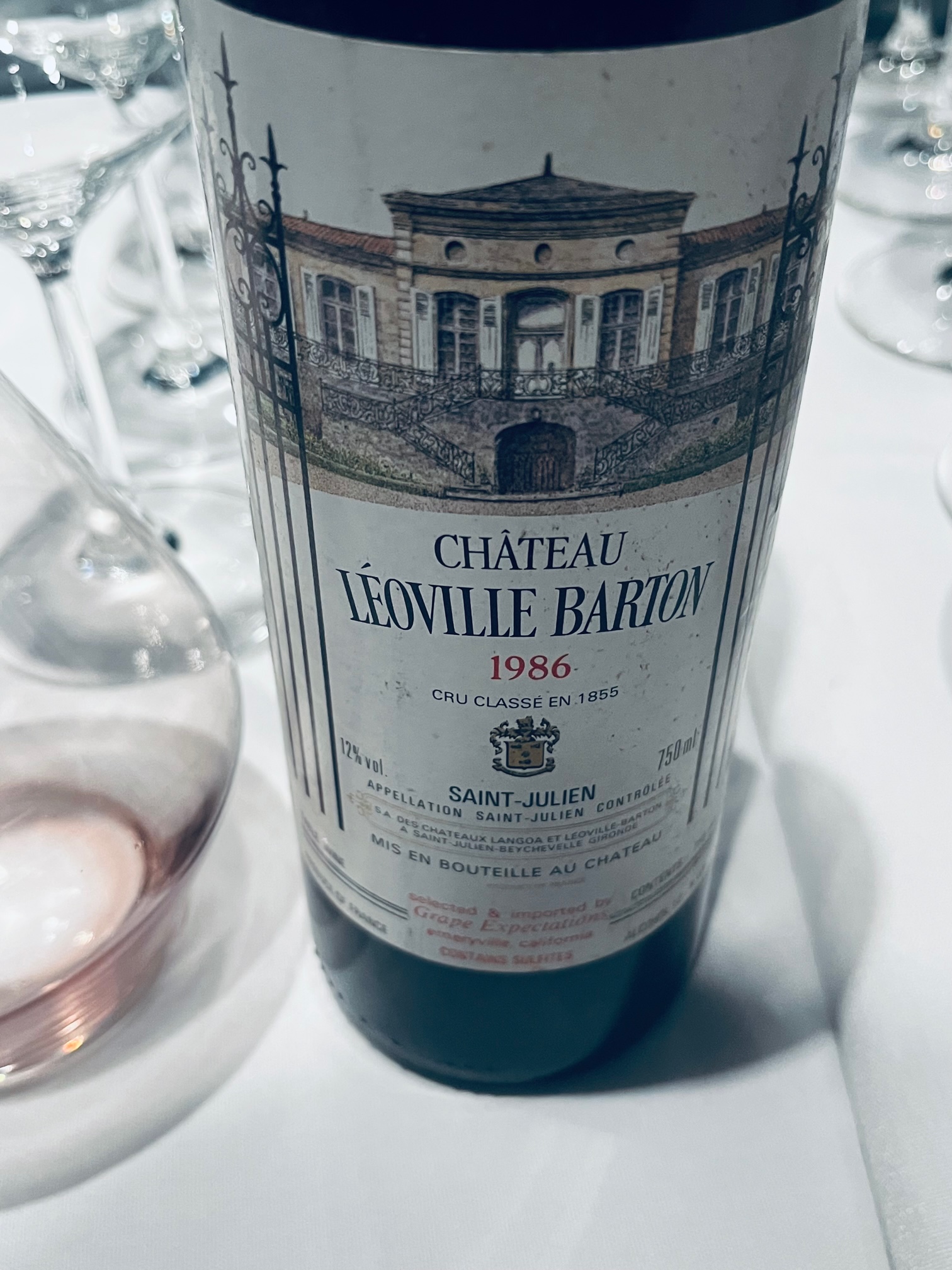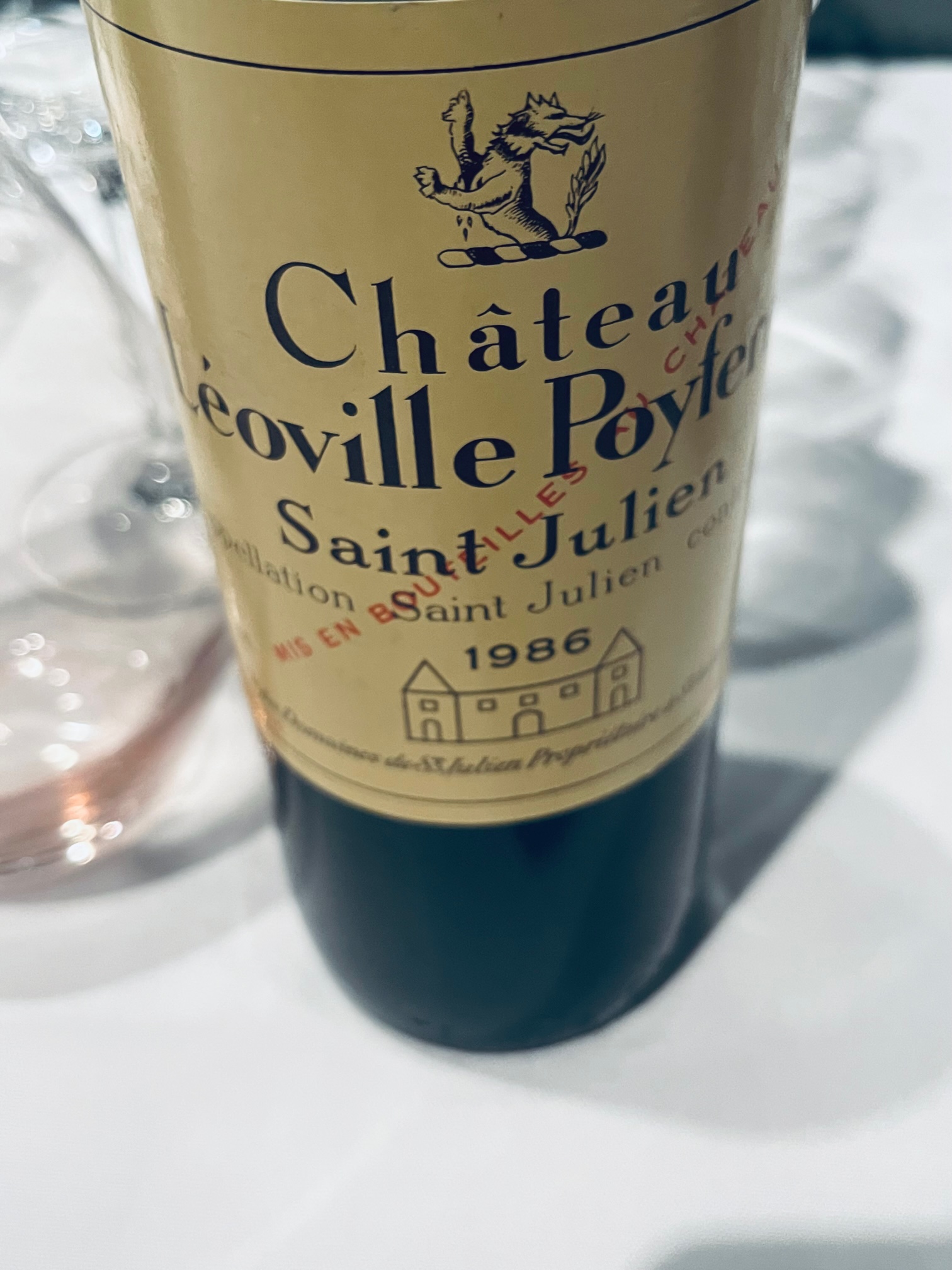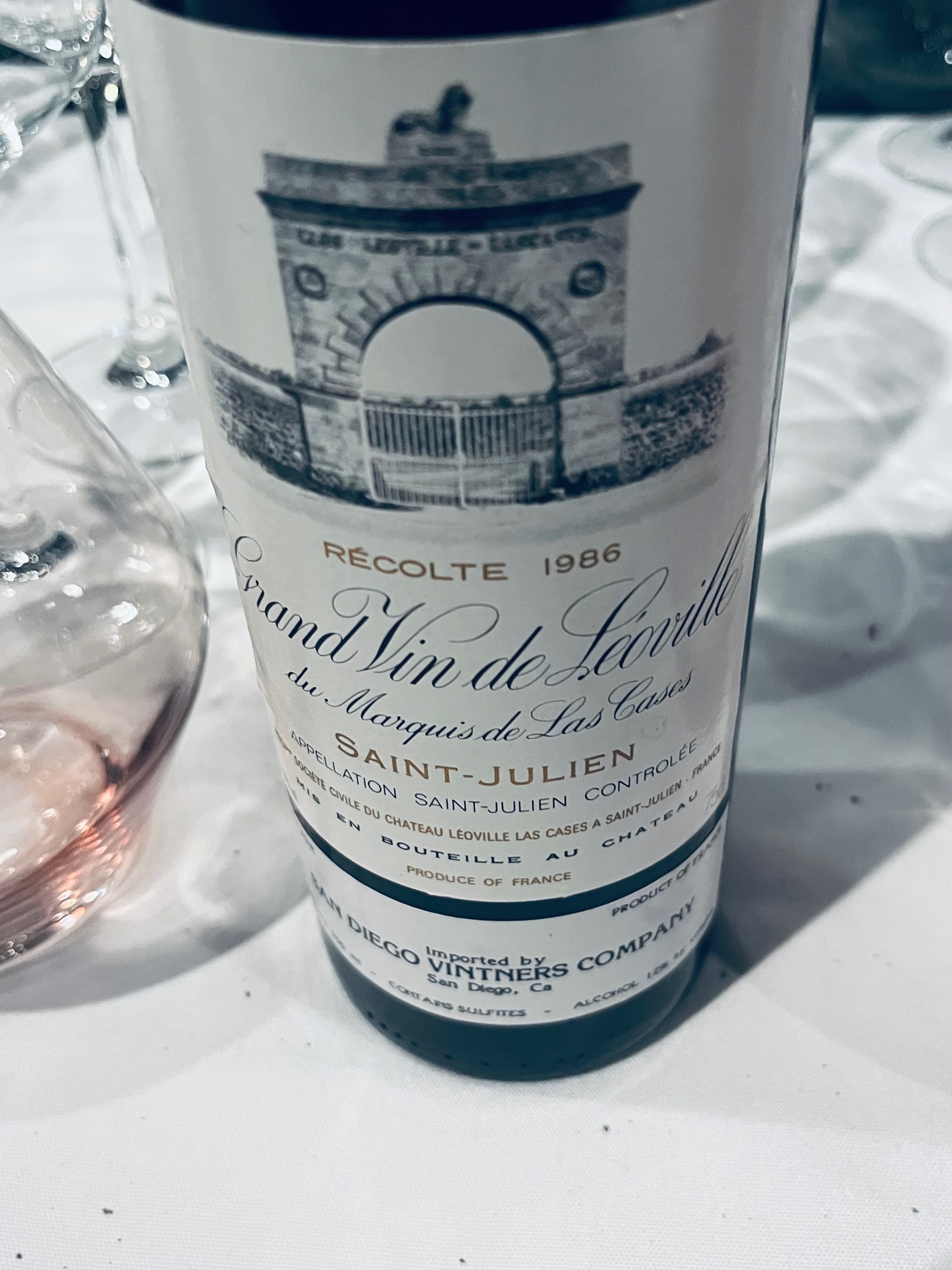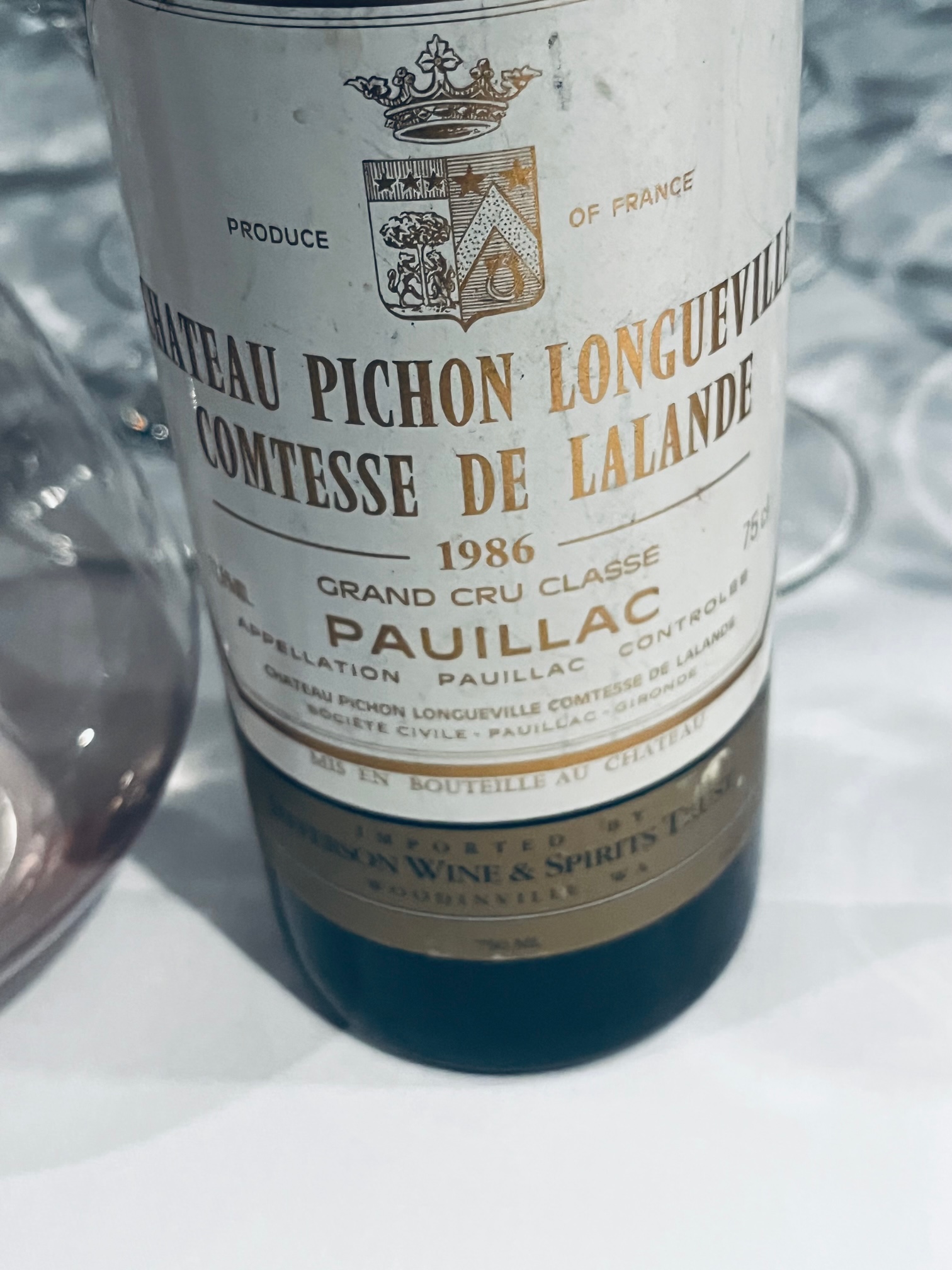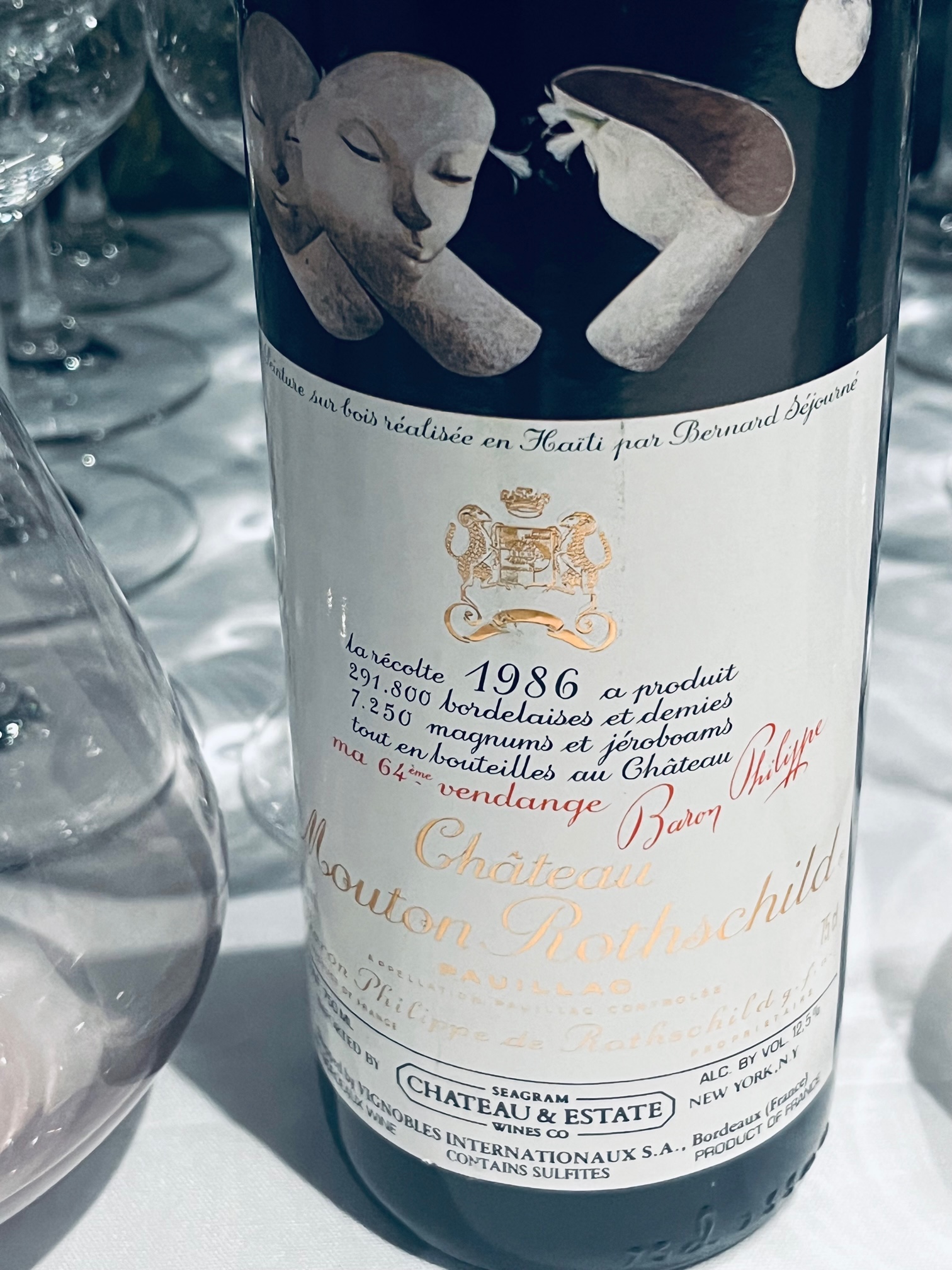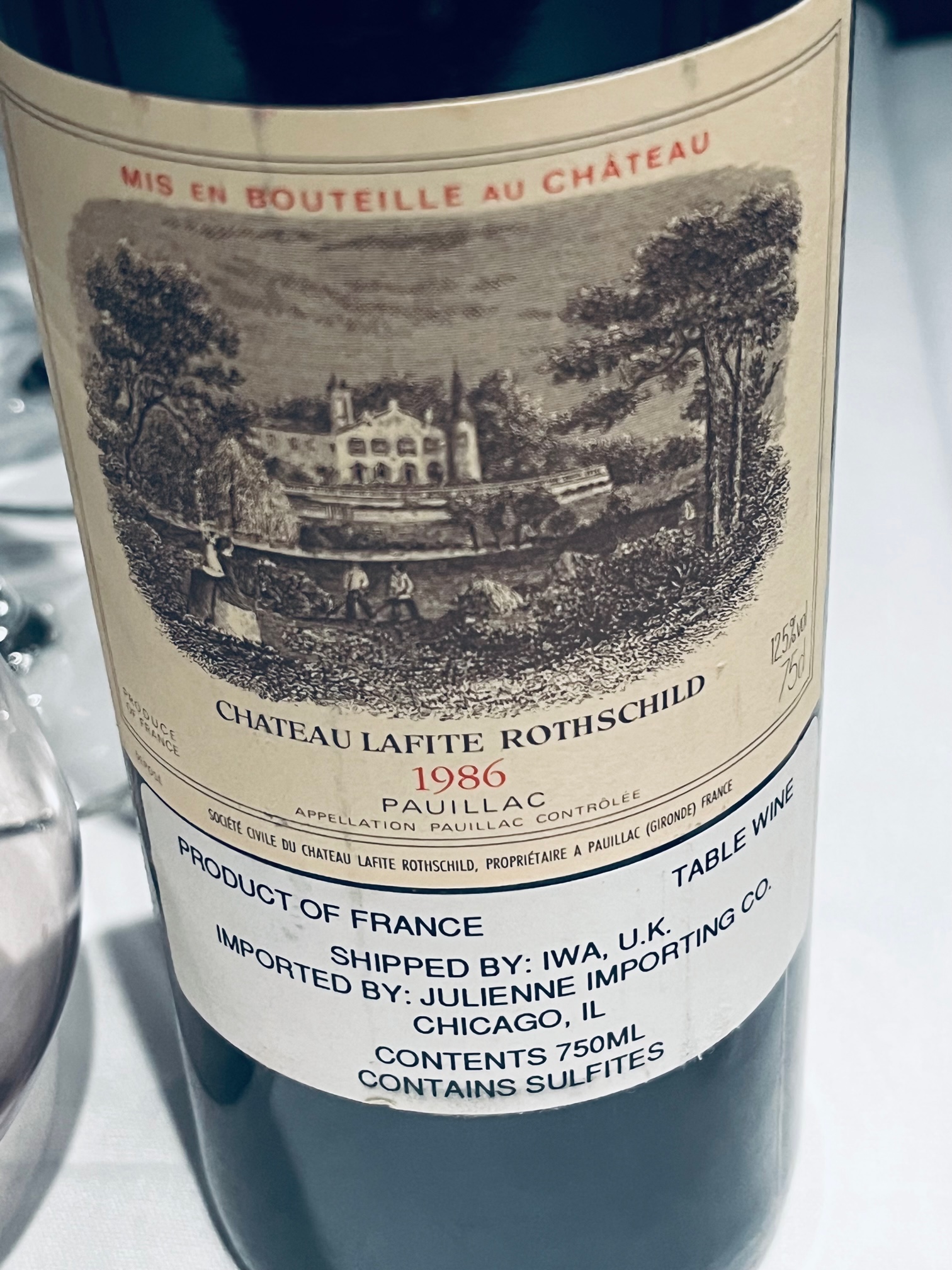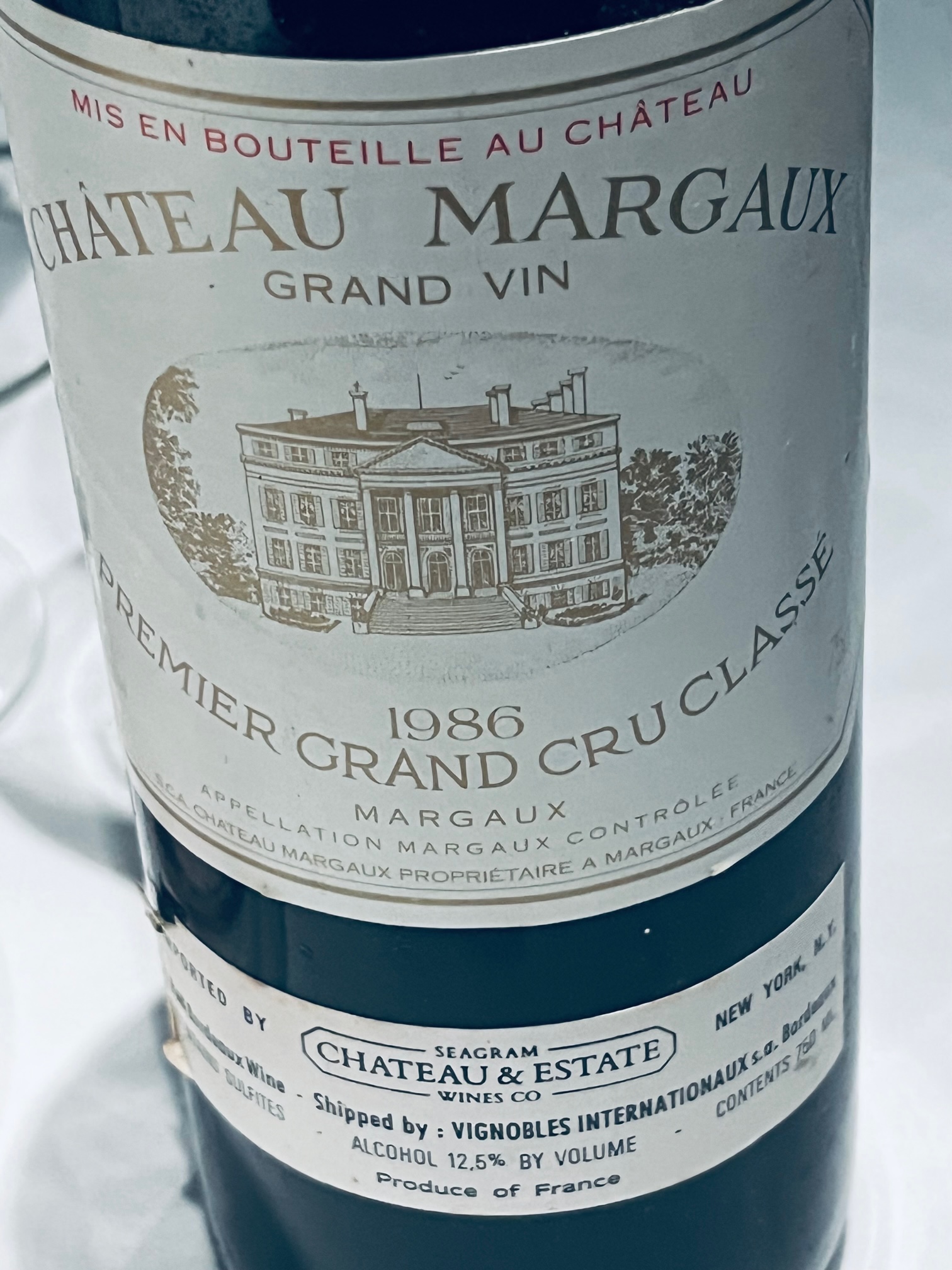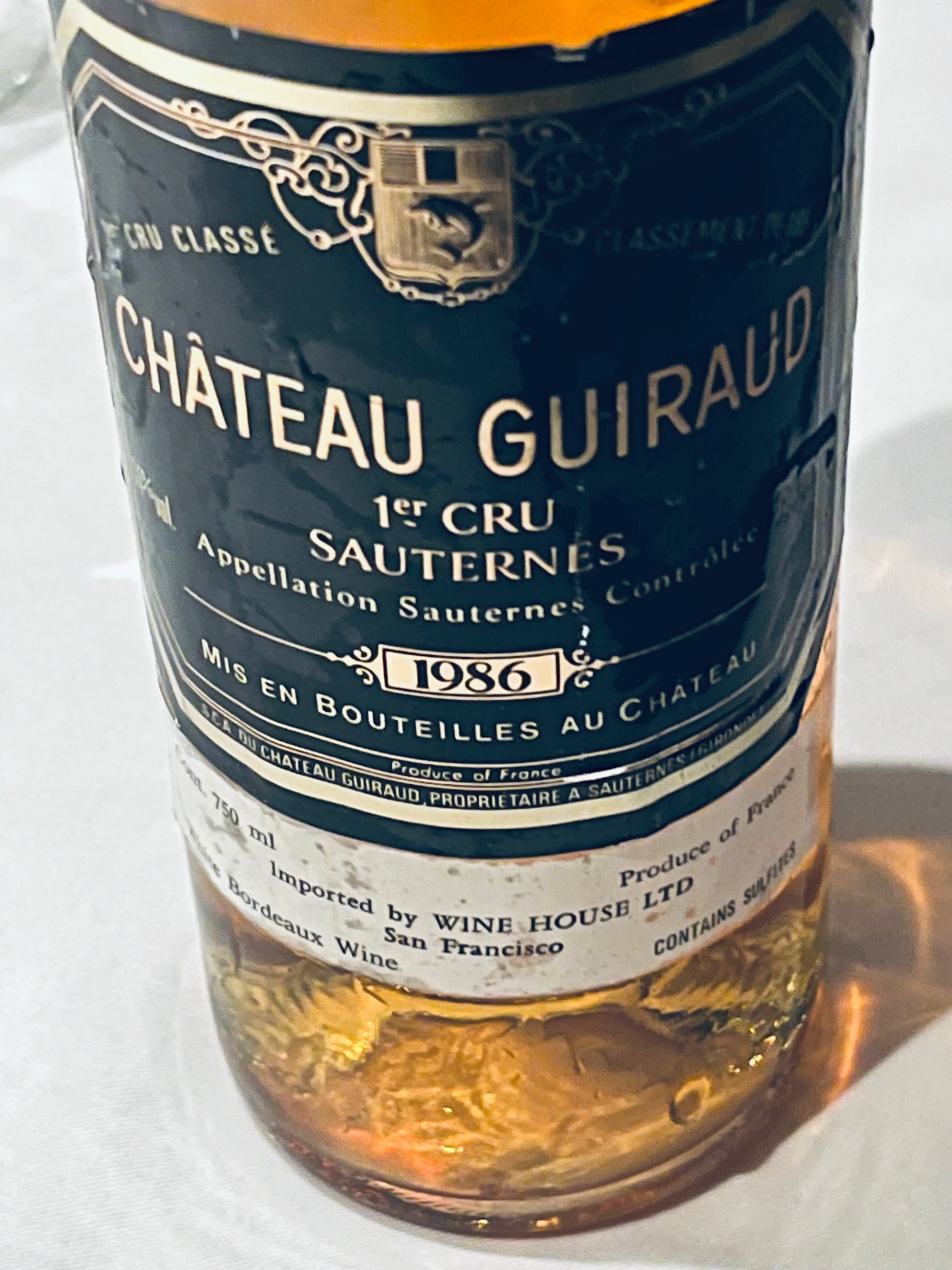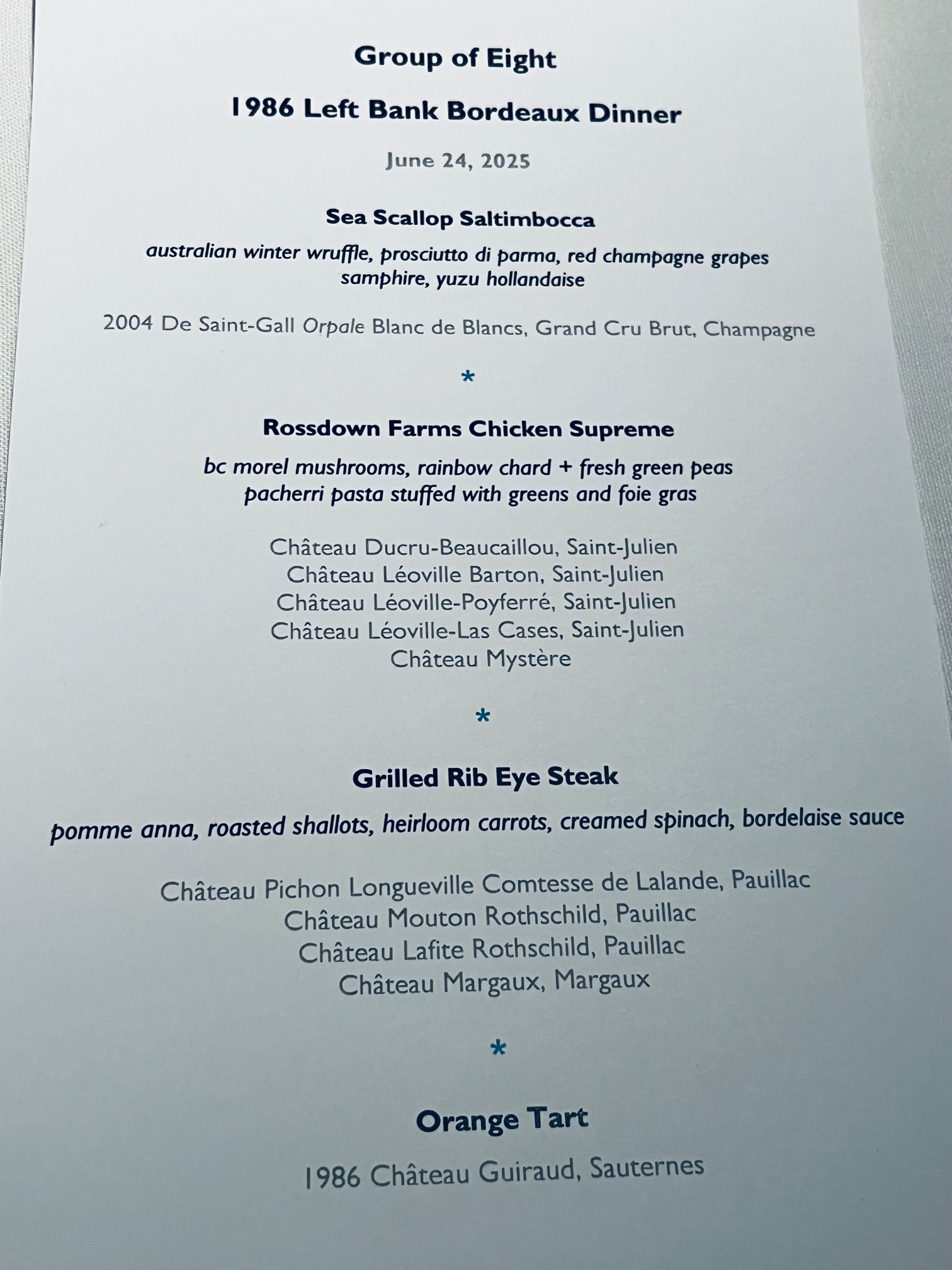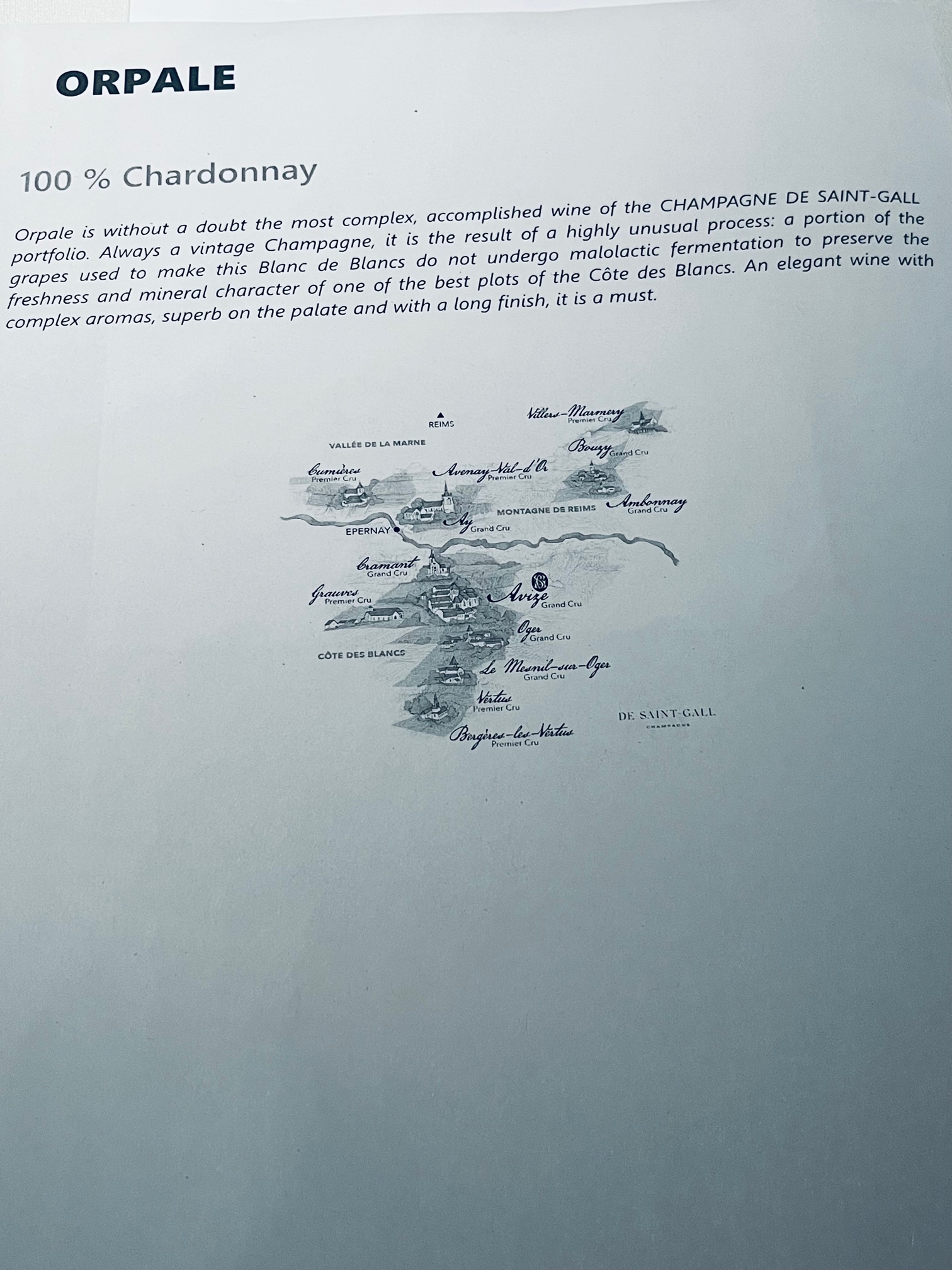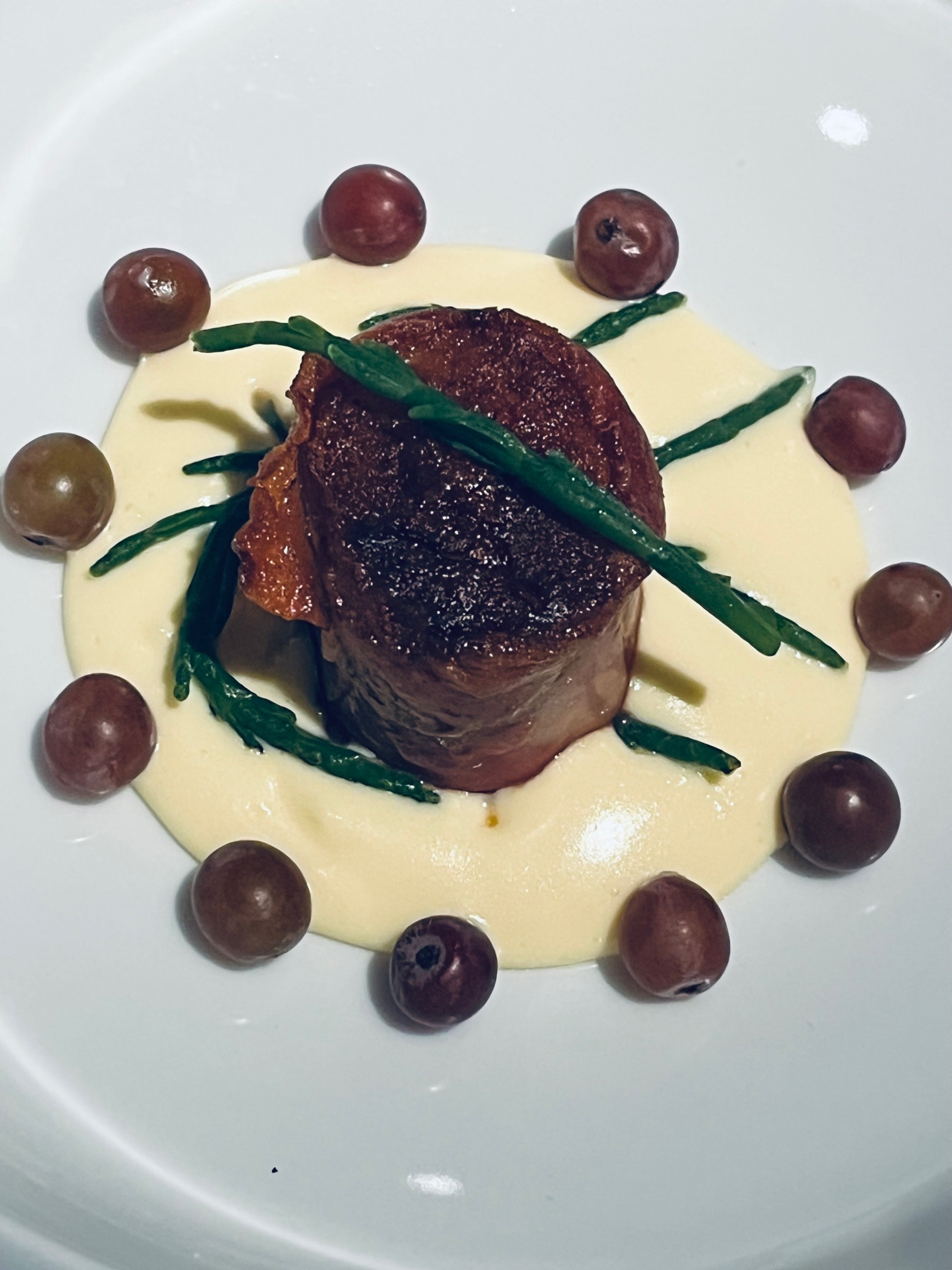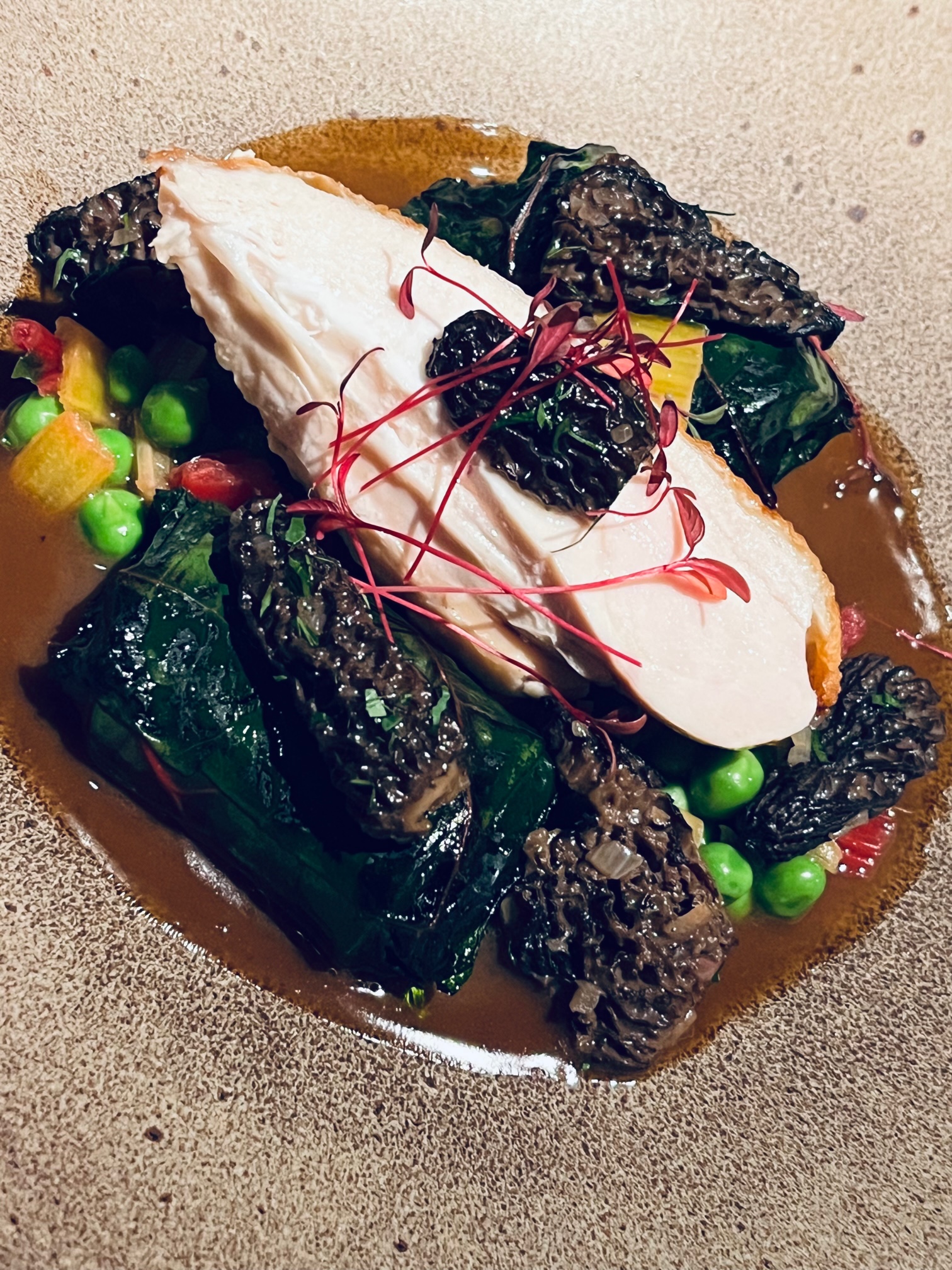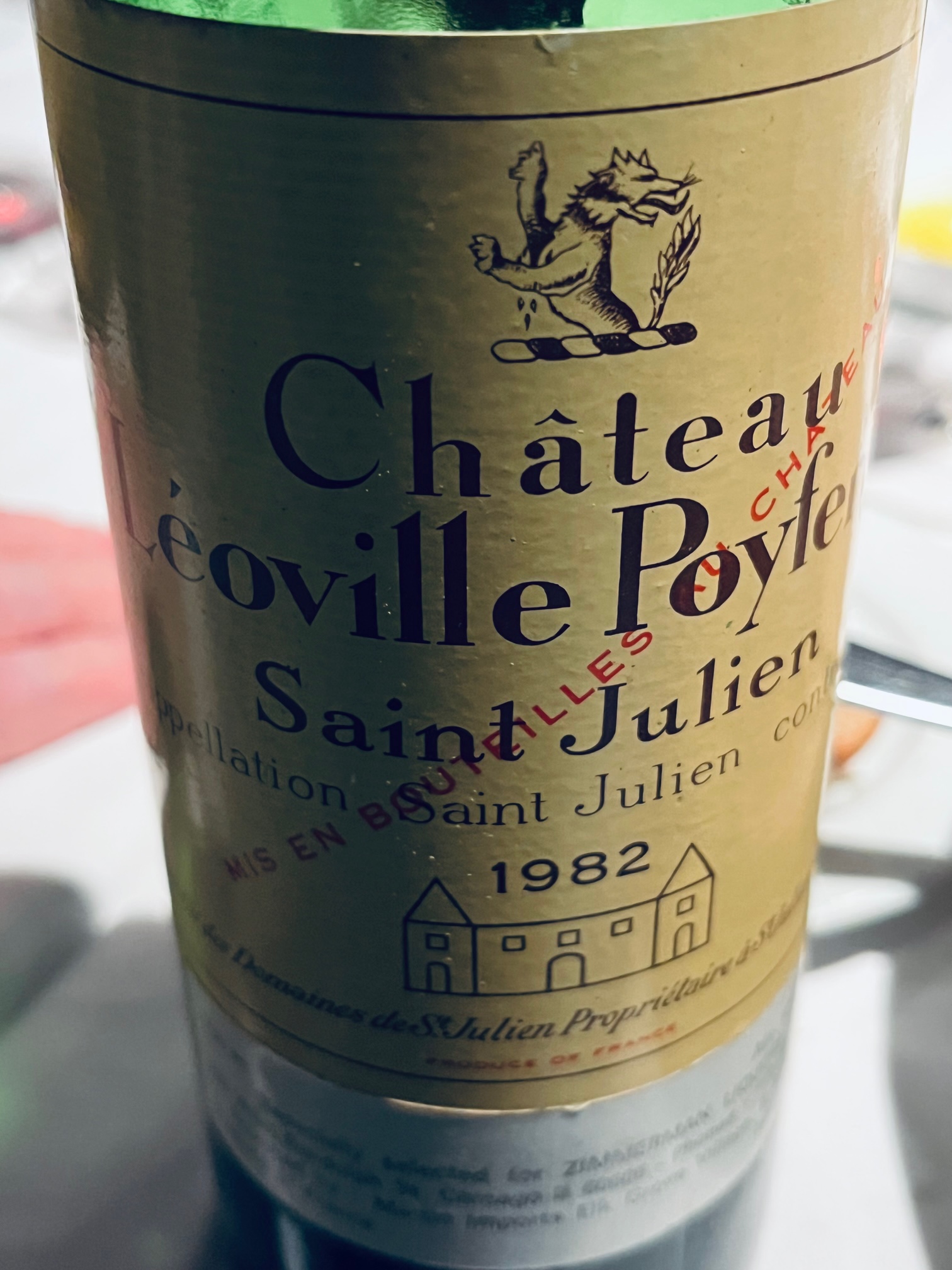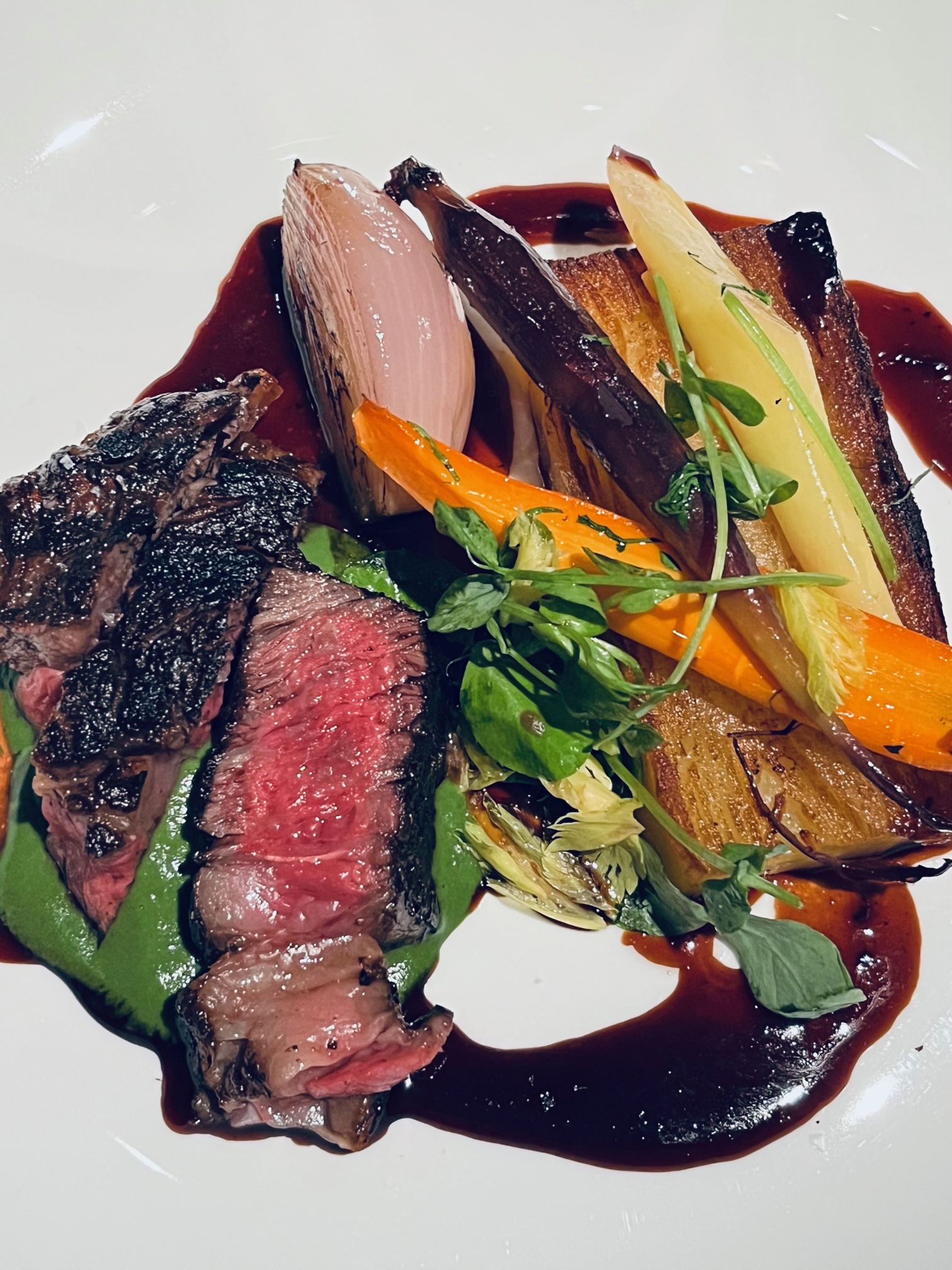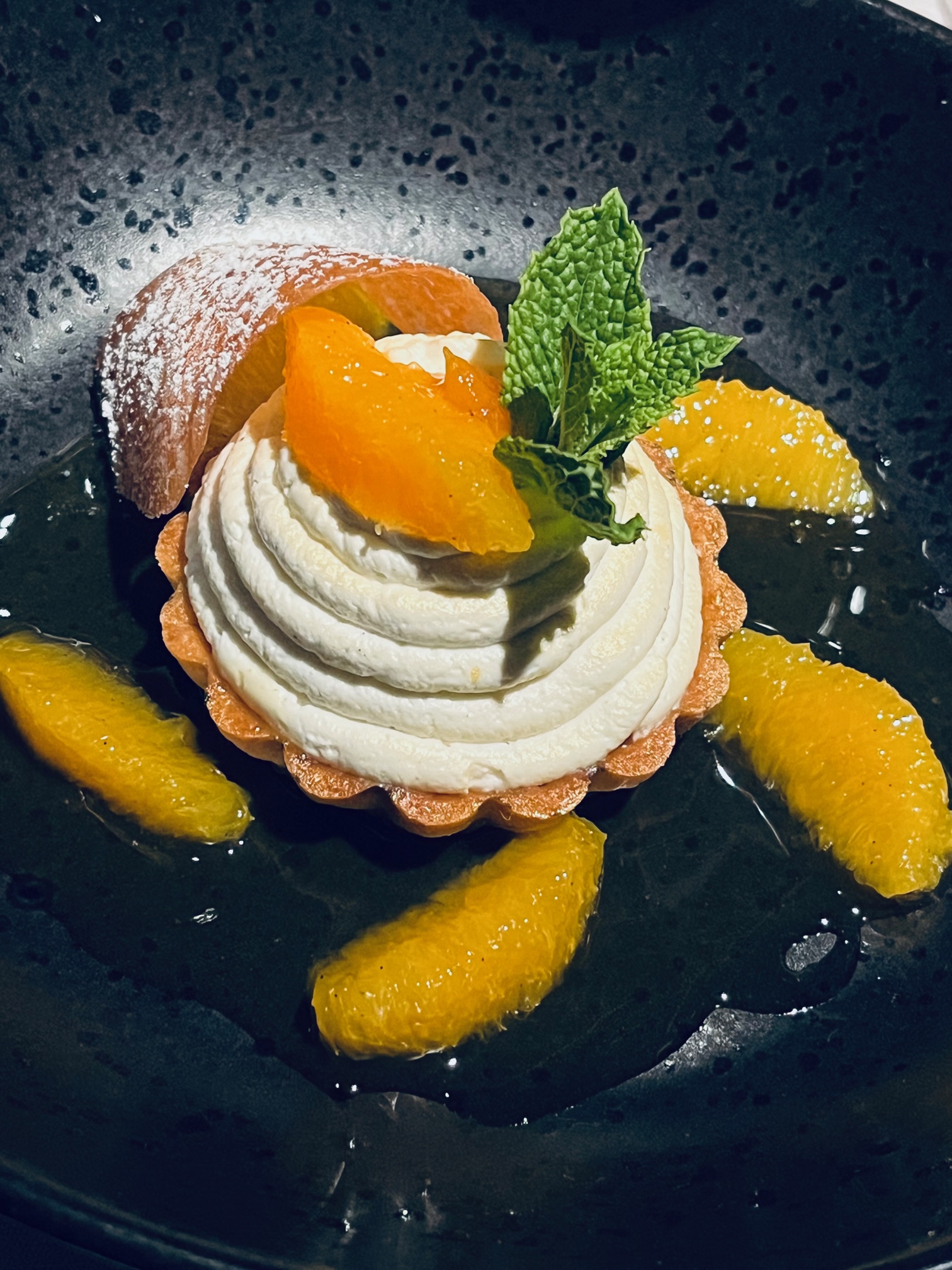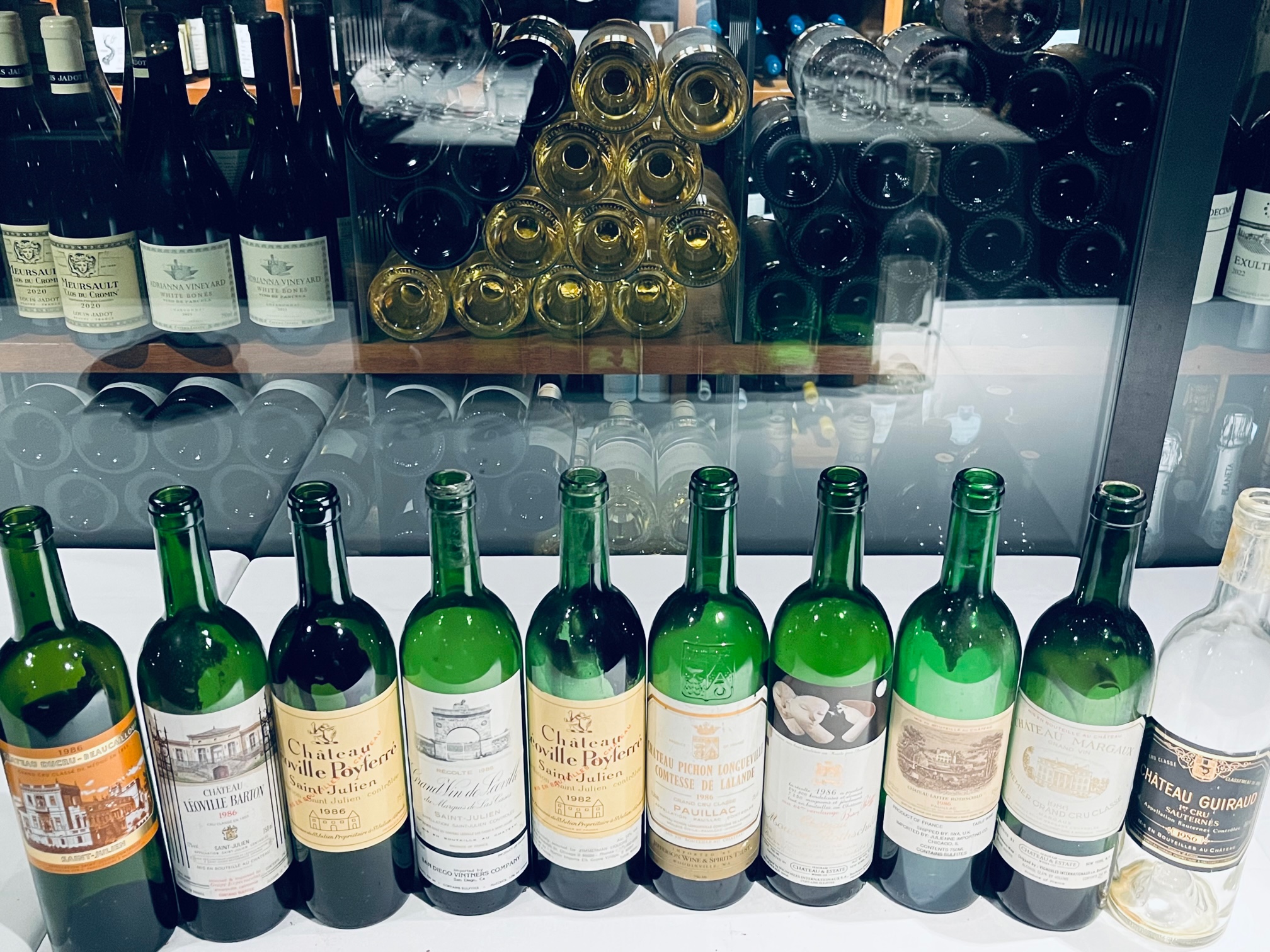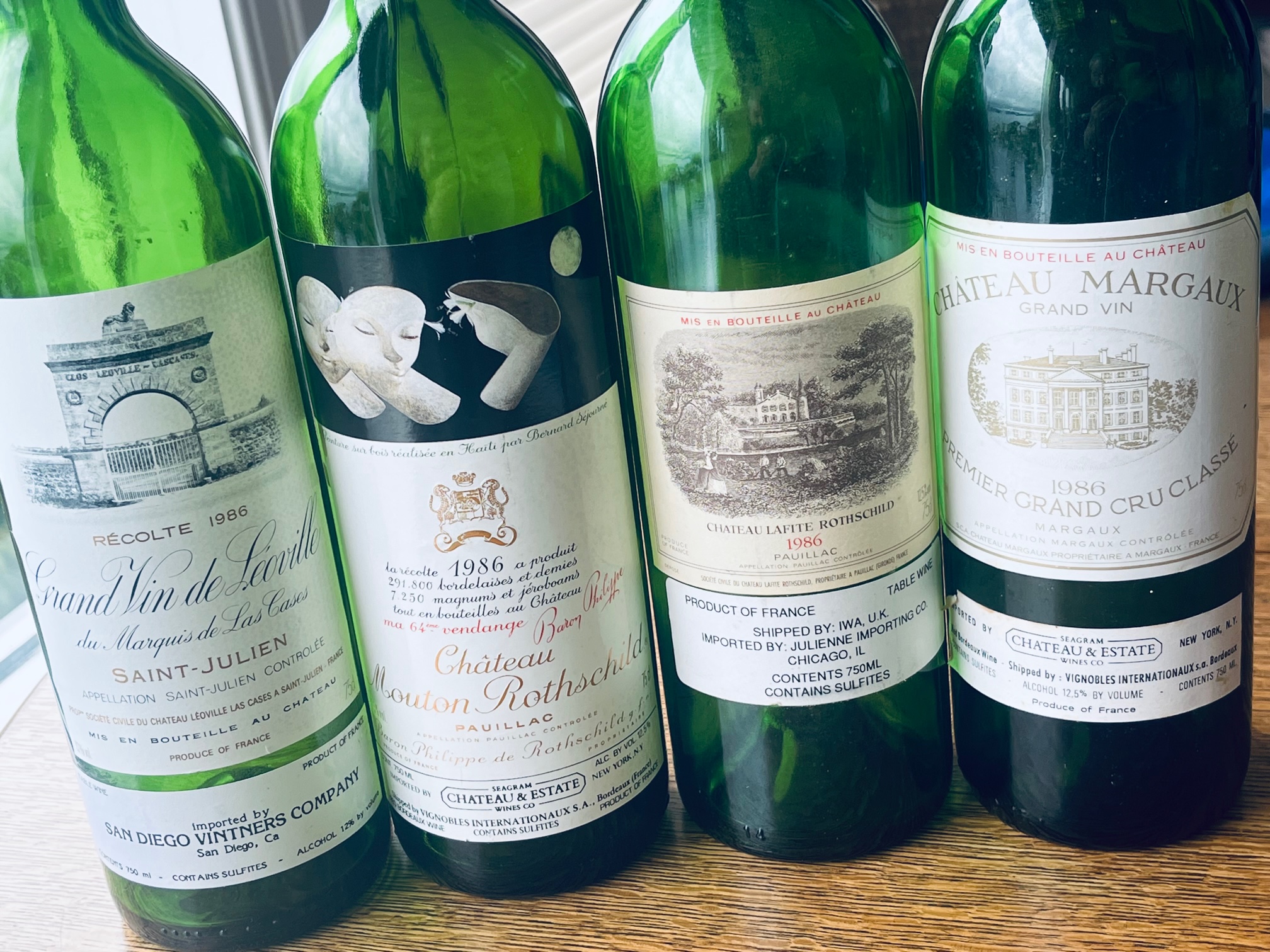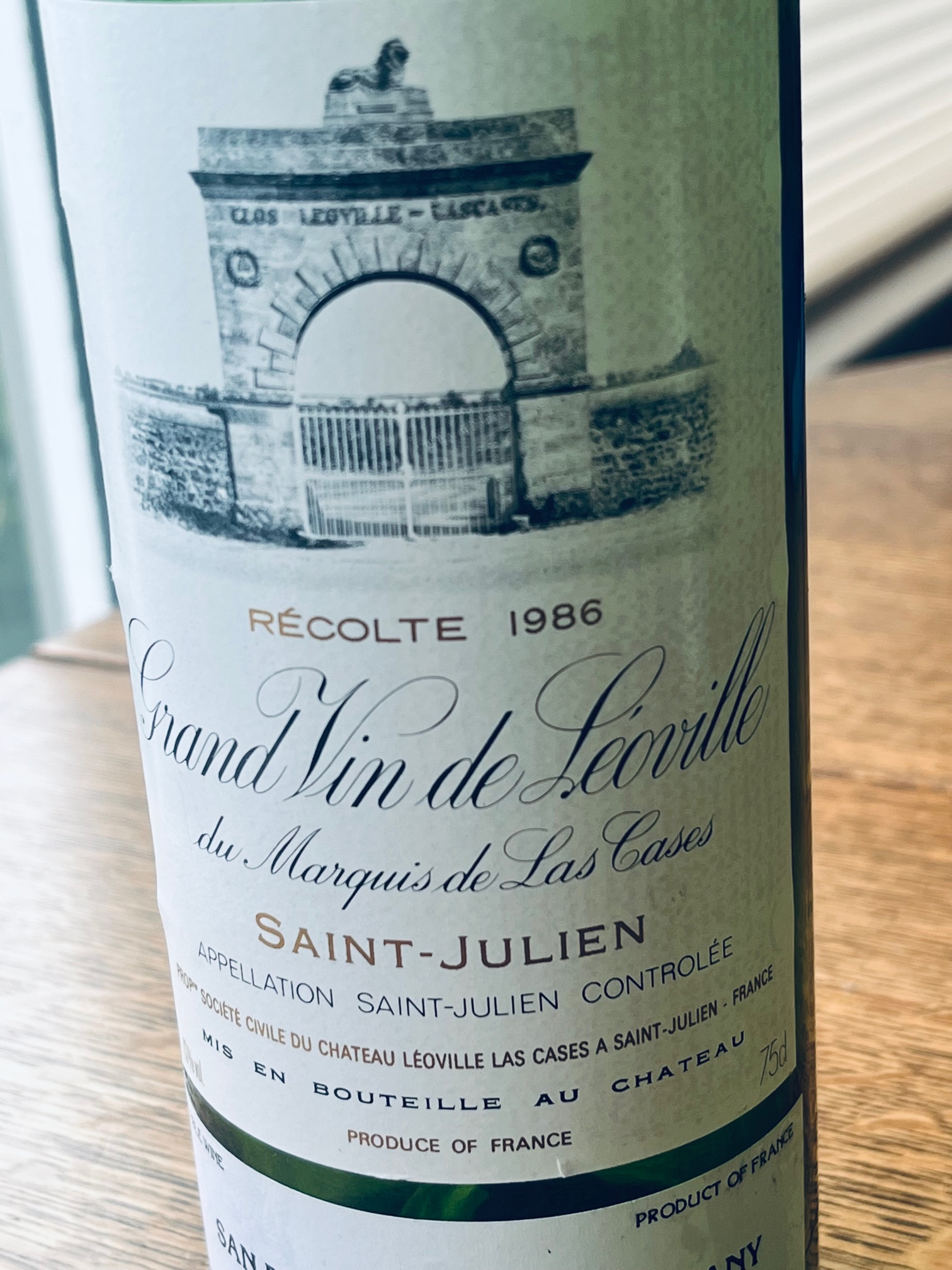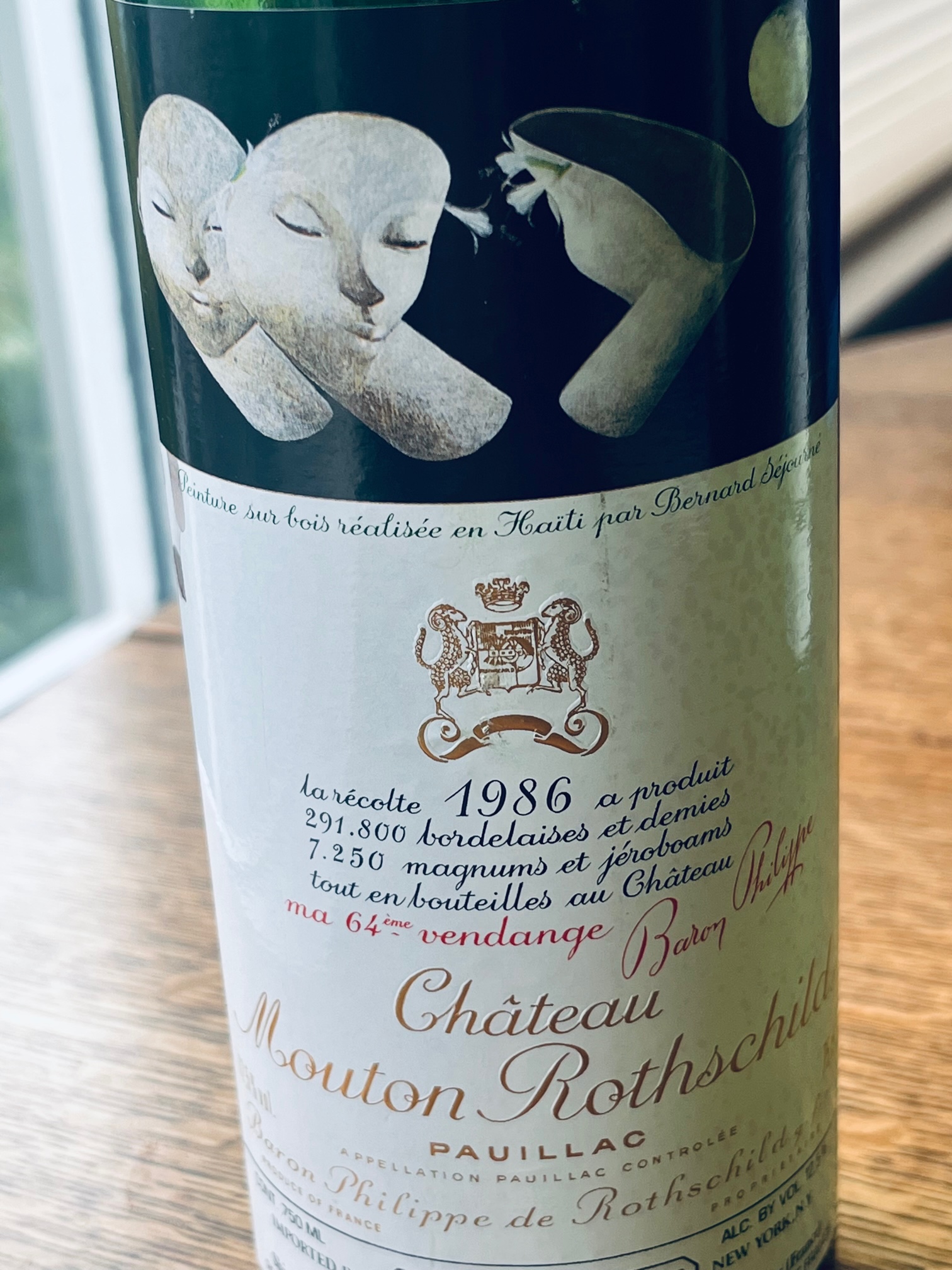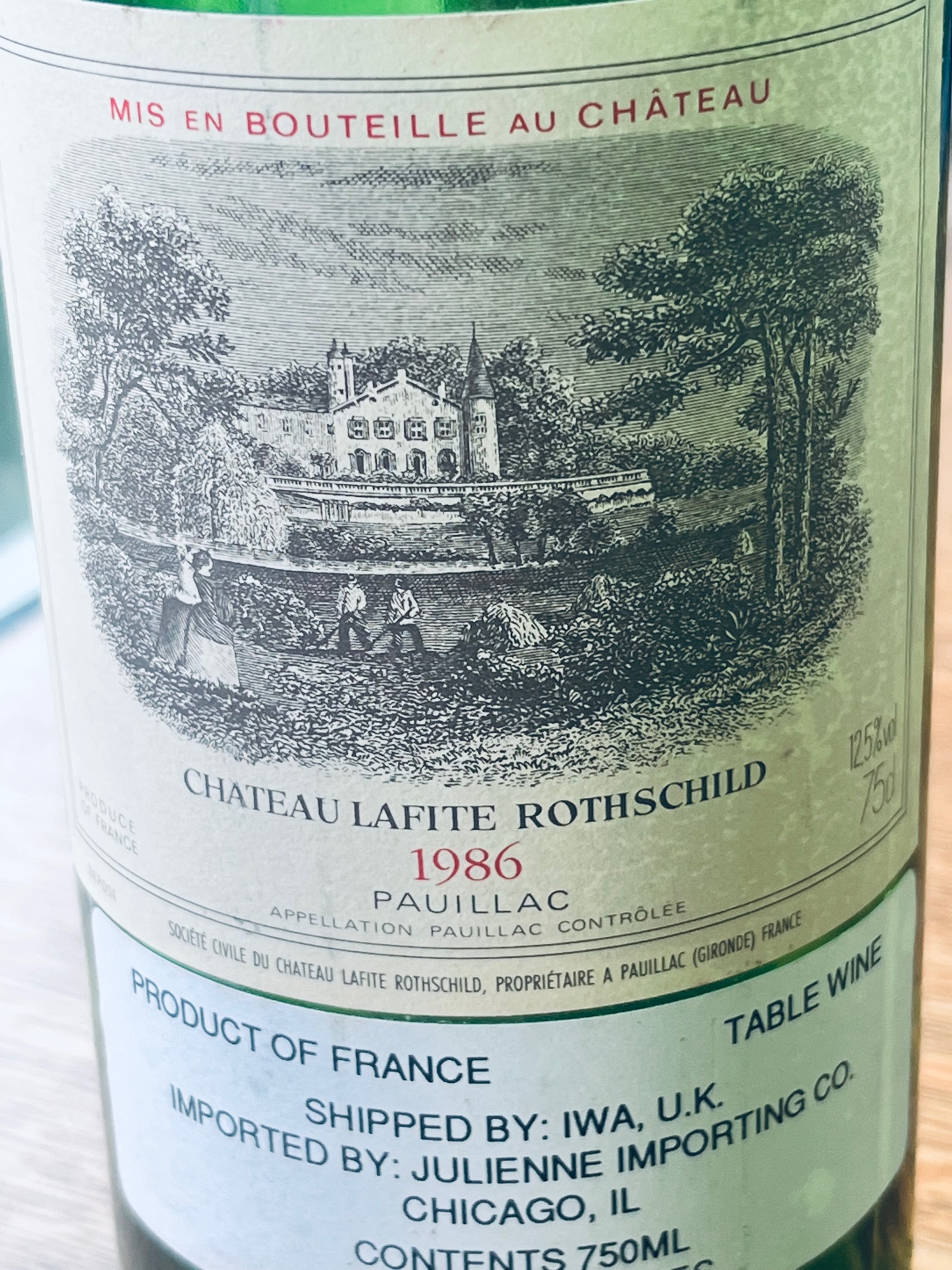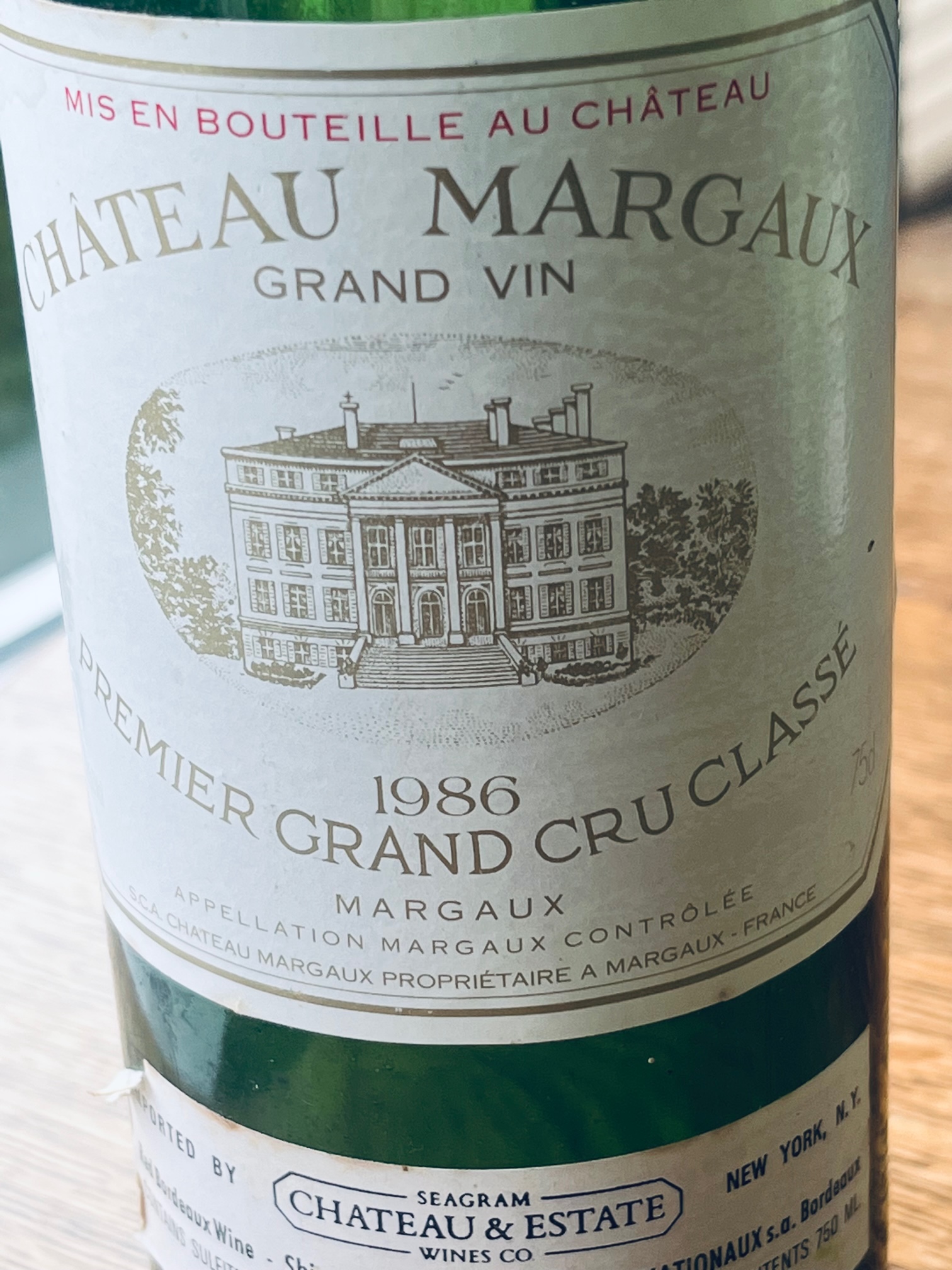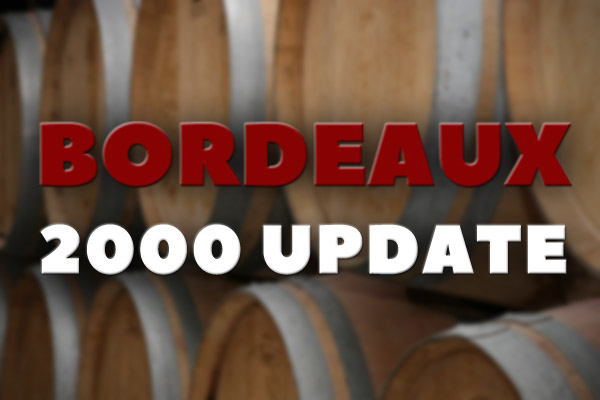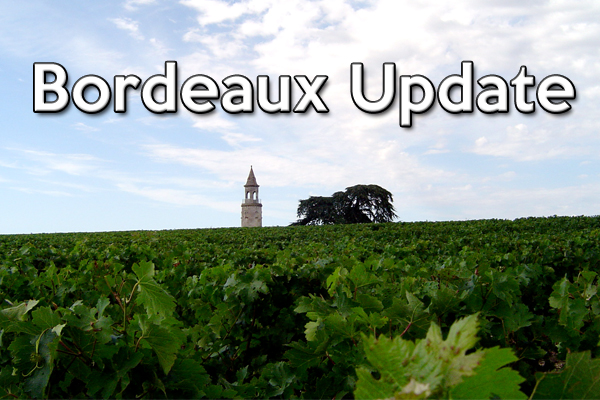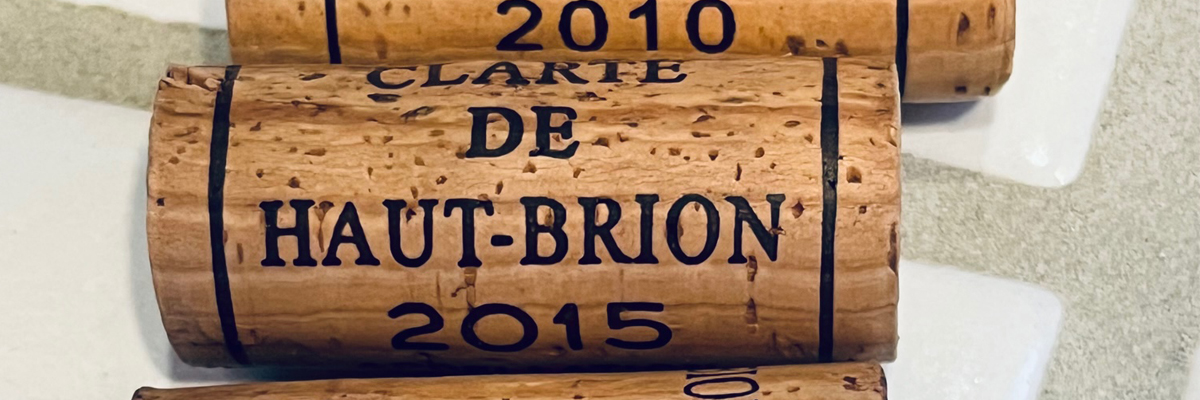
Your scribe is a long time devotee to top natural cork closures on fine quality top wines for aging. In the old days there was nothing else. There were some TCA corky issues that could arise but it wasn’t that bad. Less producers needing less top quality corks. Not the case today with so many more new wineries in the game. Now with differing opinions out there on so many alternative choices for wineries it makes it difficult to know which is the best closure. Most agree on the screw cap effectiveness for fresh early drinking wines. However for longer aging the jury may still be out. Check out here this posting of Ridge Vineyards on 12 types of corks and wine closures for more details.
Over the past several years on opening many wine bottles it has been surprising to me the number that are now using Diam corks. We answered a question about Diam corks on the Ask Sid Wednesday feature back on April 4, 2018 linked here. Also noted on this Blog posting on May 21, 2018 here (and followed up on October 25, 2021 here) the interesting decision of Olivier Bernard at Domaine de Chevalier starting with 2015 whites followed by 2016 reds to convert both Grand Vins to long top quality Diam 30.
As a keen collector of Christian Moreau Chablis (especially Les Clos) I have been monitoring the different corks used by them back to 2010. That vintage 2010 Les Clos is holding wonderful maturity brilliantly but wished it had a better cork as they only used the Diam 5 (as did then 77 year old Vaillon vines of Guy Moreau cuvee). 2011 & 2012 Les Clos are in normal cork closure but the brilliantly balanced acidity of long cellaring 2014 is Diam 10 before going back to natural cork again for 2015. The exciting 2020 Les Clos also is in Diam 10 like the 2014 but wish they had chosen Diam 30 – like Benjamin Leroux did for his 2020 Meursault Charmes Dessus and his other wines. Long aging potential deserves their best.
We know New Zealand and Australia wineries are big fans of screw caps. Enjoying many top younger whites from those regions with that closure including young 2021 Shaw & Smith M3 Chardonnay.
Lots of European classic producers still using old style corks from 2021 Redigaffi by Tua Rita, Domaine Billaud-Simon (Faiveley) 2020 Montee de Tonnerre, 2018 Brunello Di Montalcino by Biondi-Santi, 2015 La Clarté De Haut-Brion Pessac-Leognan, and 2010 Chevalier Montrachet les Demoiselles from Domaine Louis Jadot – though Jadot, Bouchard Pere and other larger houses have now endorsed Diam.
Another newer synthetic closer by Nomacorc is Select Green 300 and others designed for controlled oxygen management made from sugar-cane used for example by Vincent Careme on his South African Chenin Blanc.
However, most surprising to me has been the plethora of wineries who have endorsed Diam. 2020 Château de Fieuzal (like Domaine de Chevalier) is in Diam 30, 2018 Corton-Charlemagne Bouchard Pere only used Diam 10 though 2015 Meursault Goutte D’Or from Domaine des Comtes Lafon & Corton-Charlemagne Louis Jadot both Diam 30 Grand Cru best. Olivier Leflaive 2017 St. Aubin Champlots is Diam 10.
A clear majority of value younger white Burgundies your scribe has opened so far this year are all Diam 10: includes Armand Heitz, 2020 St Aubin 1er Cru Sur Gamay Mark Haisma, 2021 Pernand-Vergelesses Domaine Jean-Baptiste Boudier, and 2021 Monthelie Blanc Cuvée Miss Armande Douhairet-Porcheret.
Maybe a trend?
Please let us know what your thoughts are on your preferred wine closure?
You might also like:
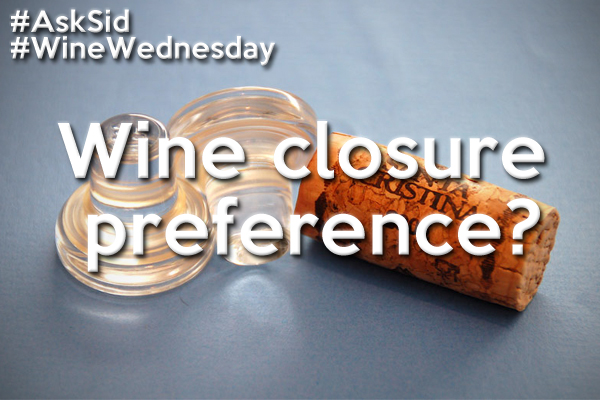 |
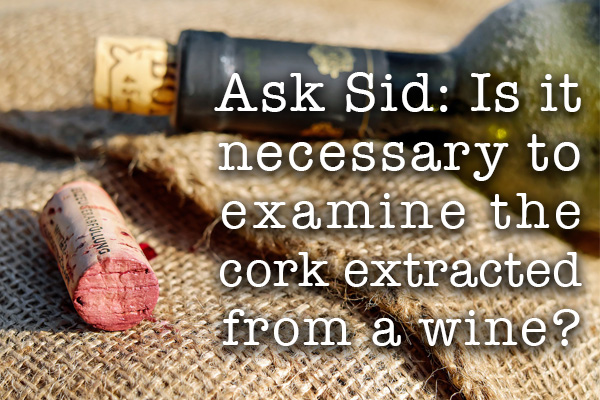 |
 |
